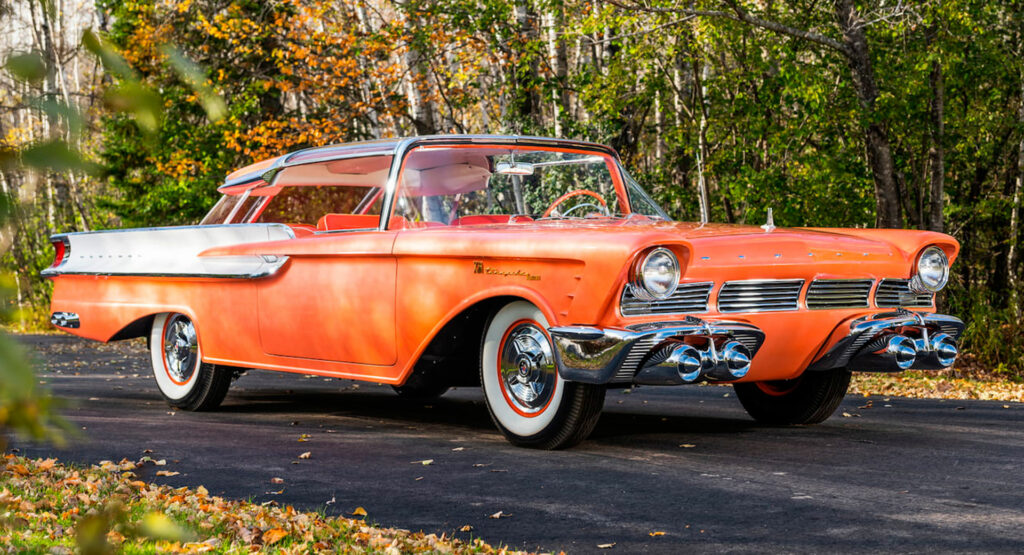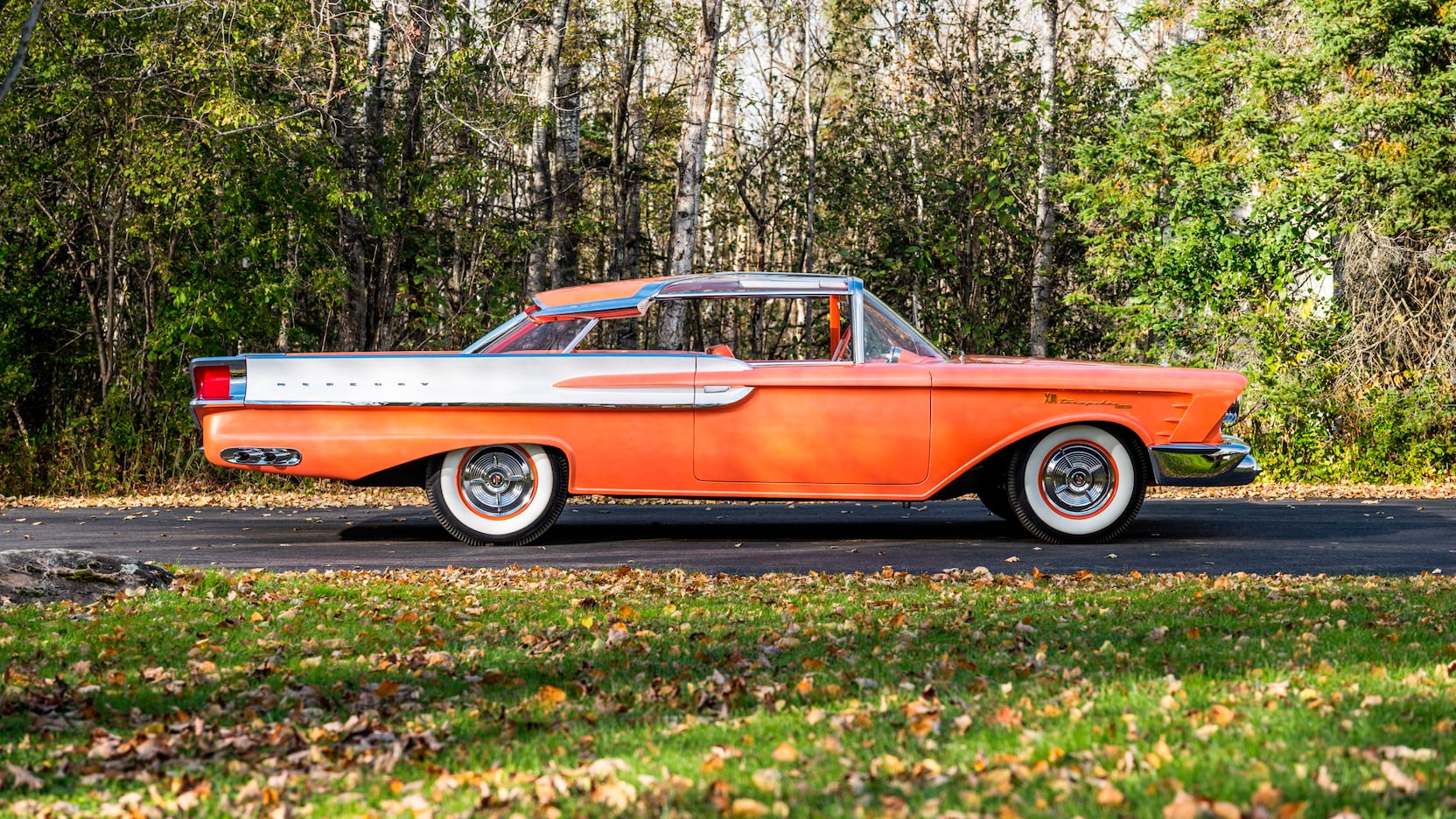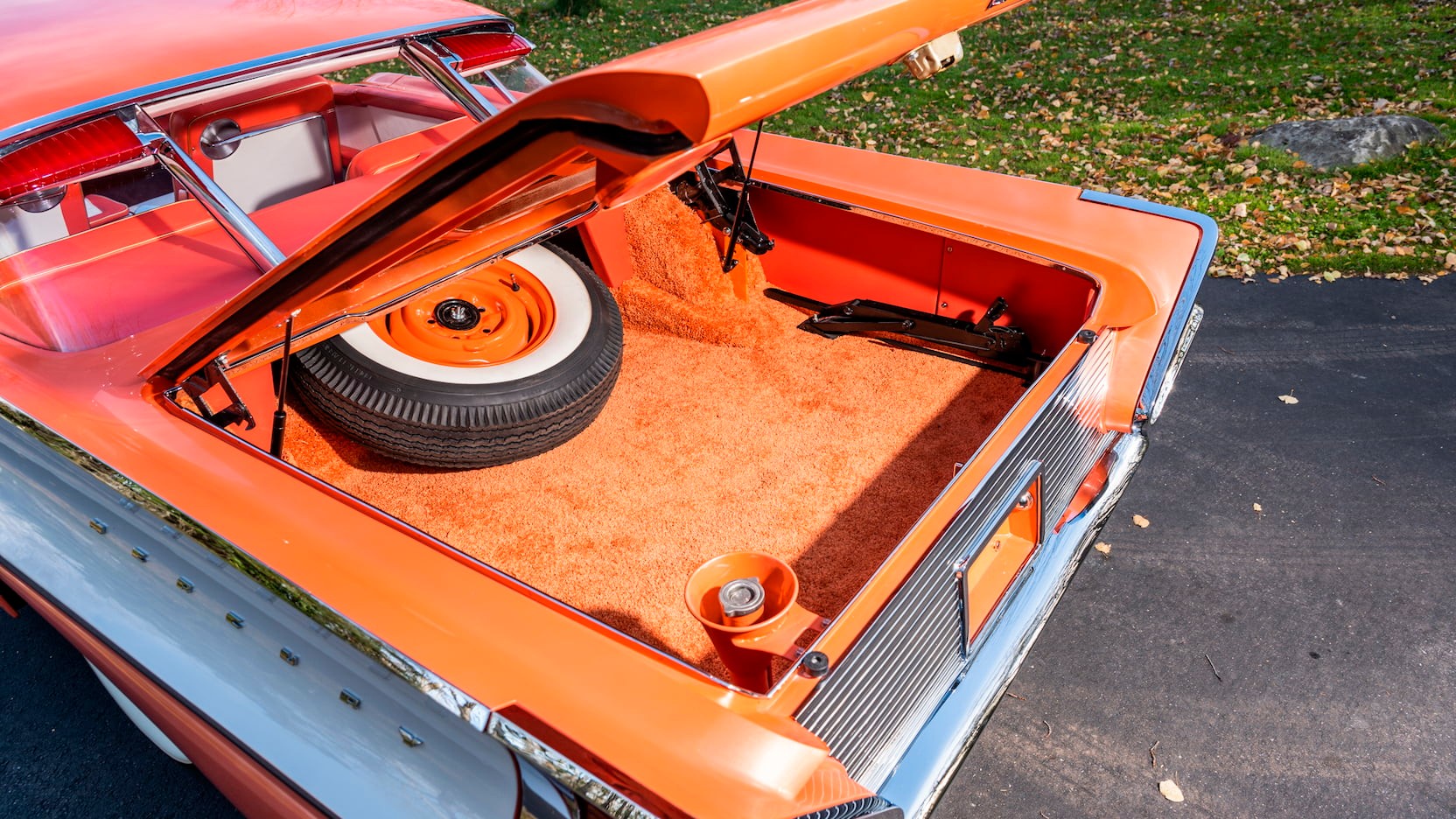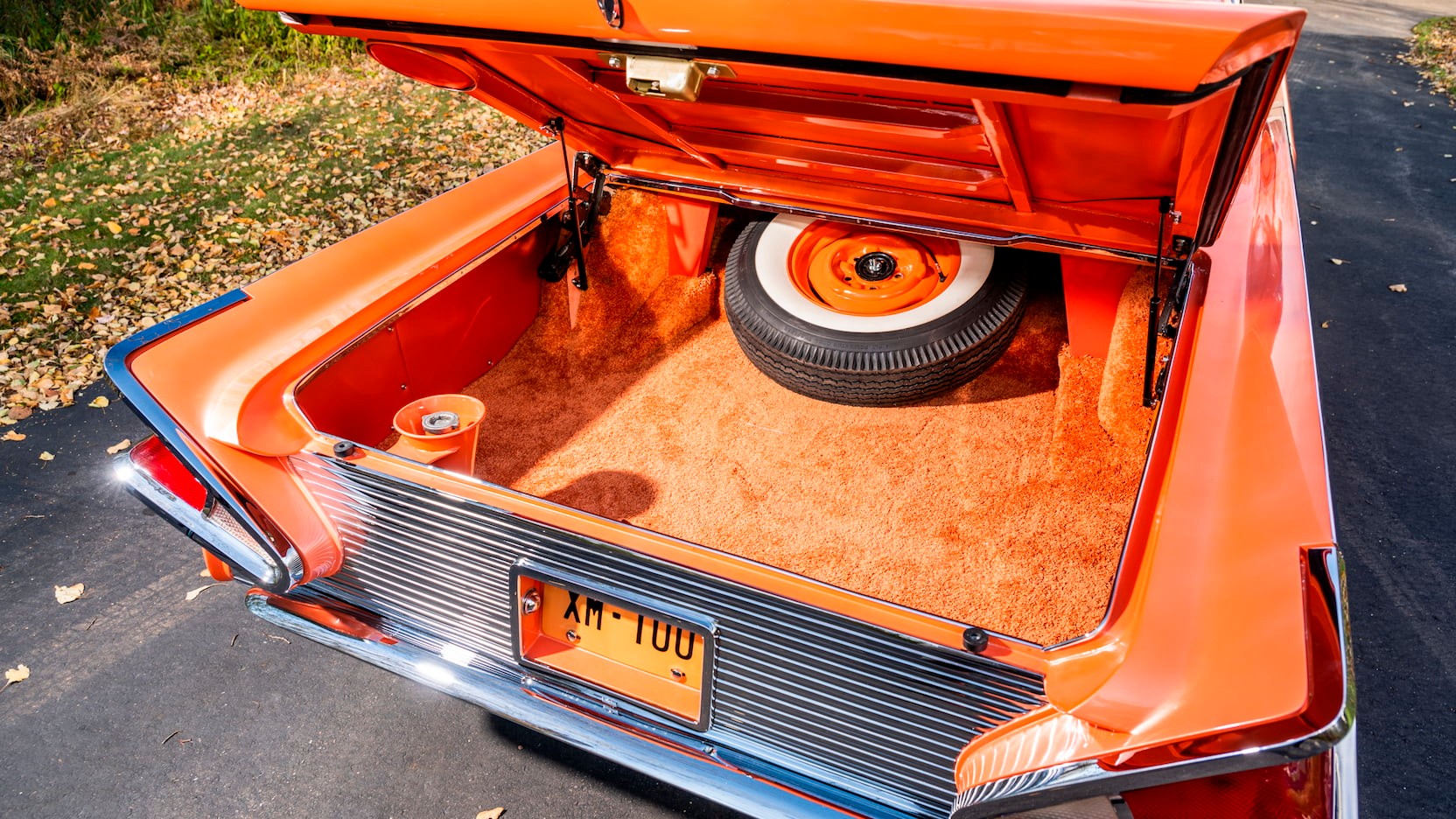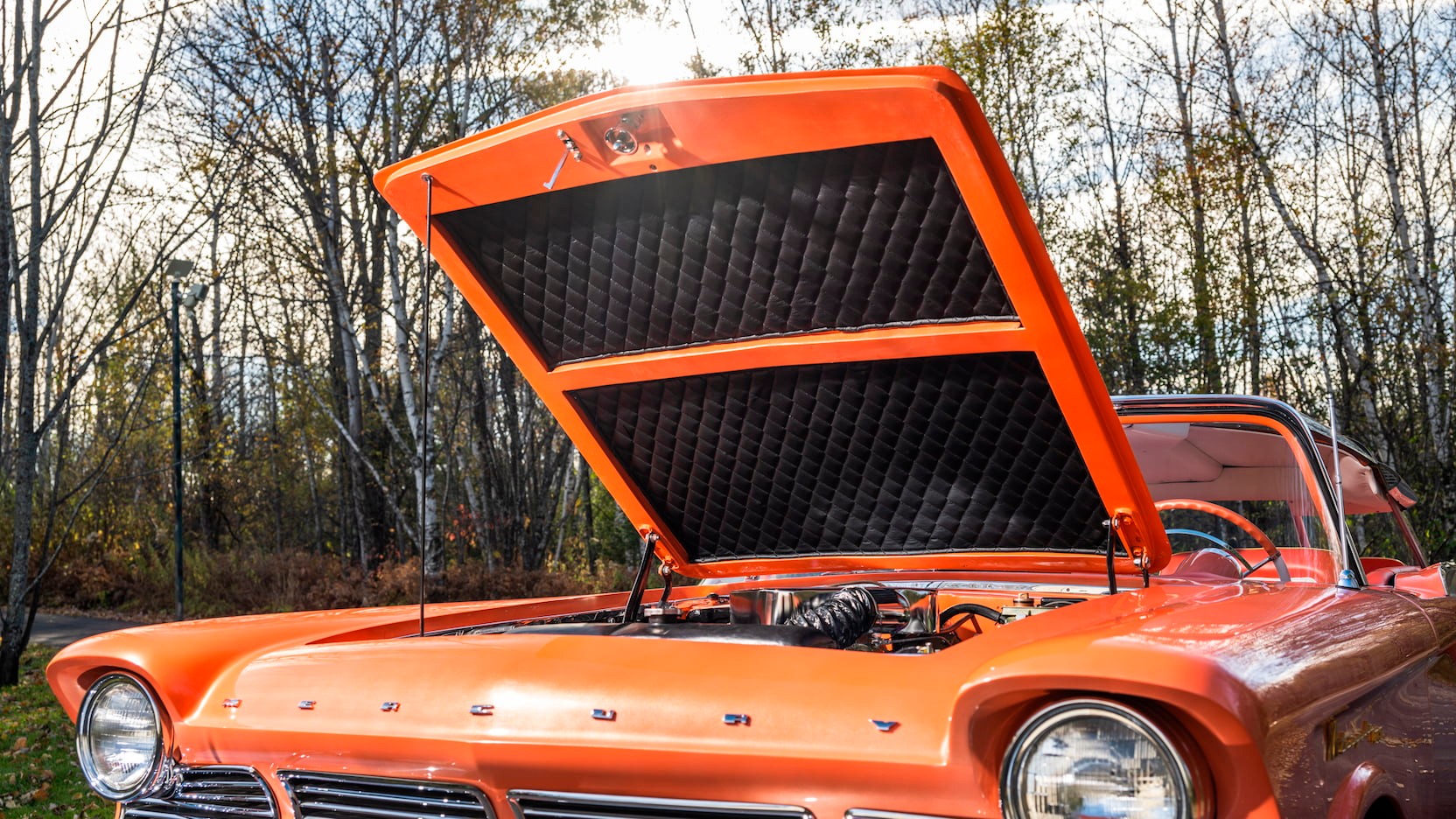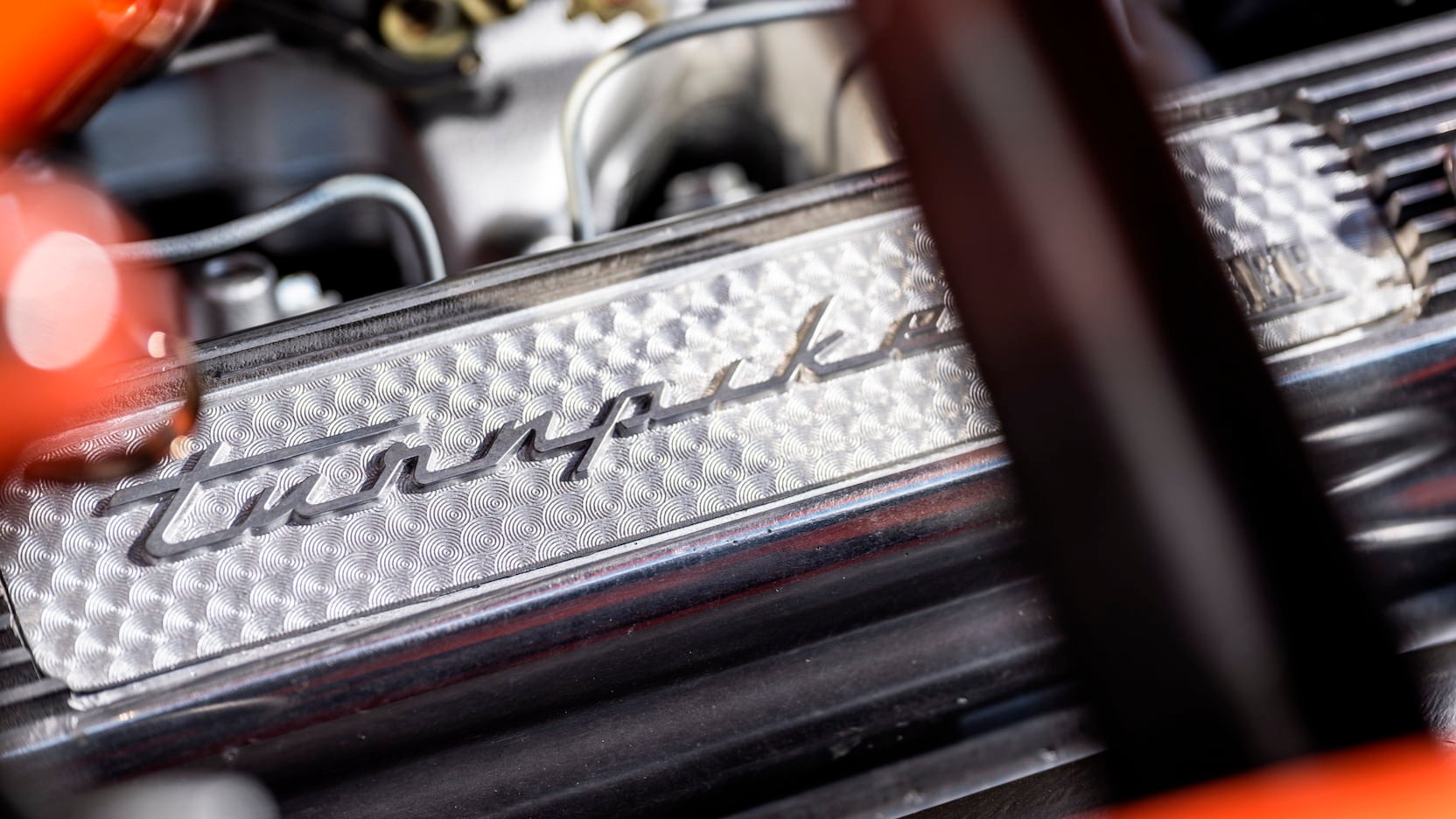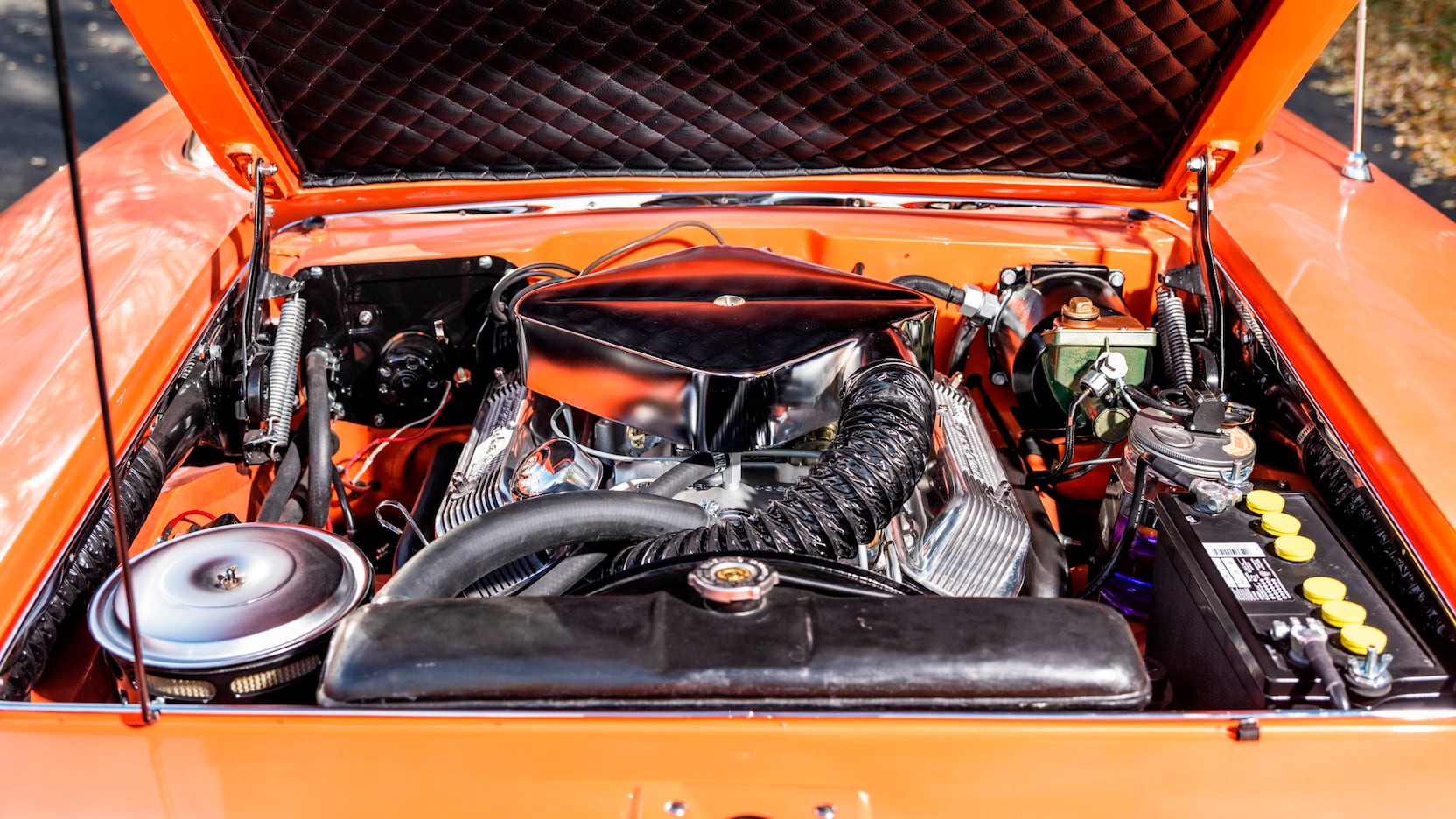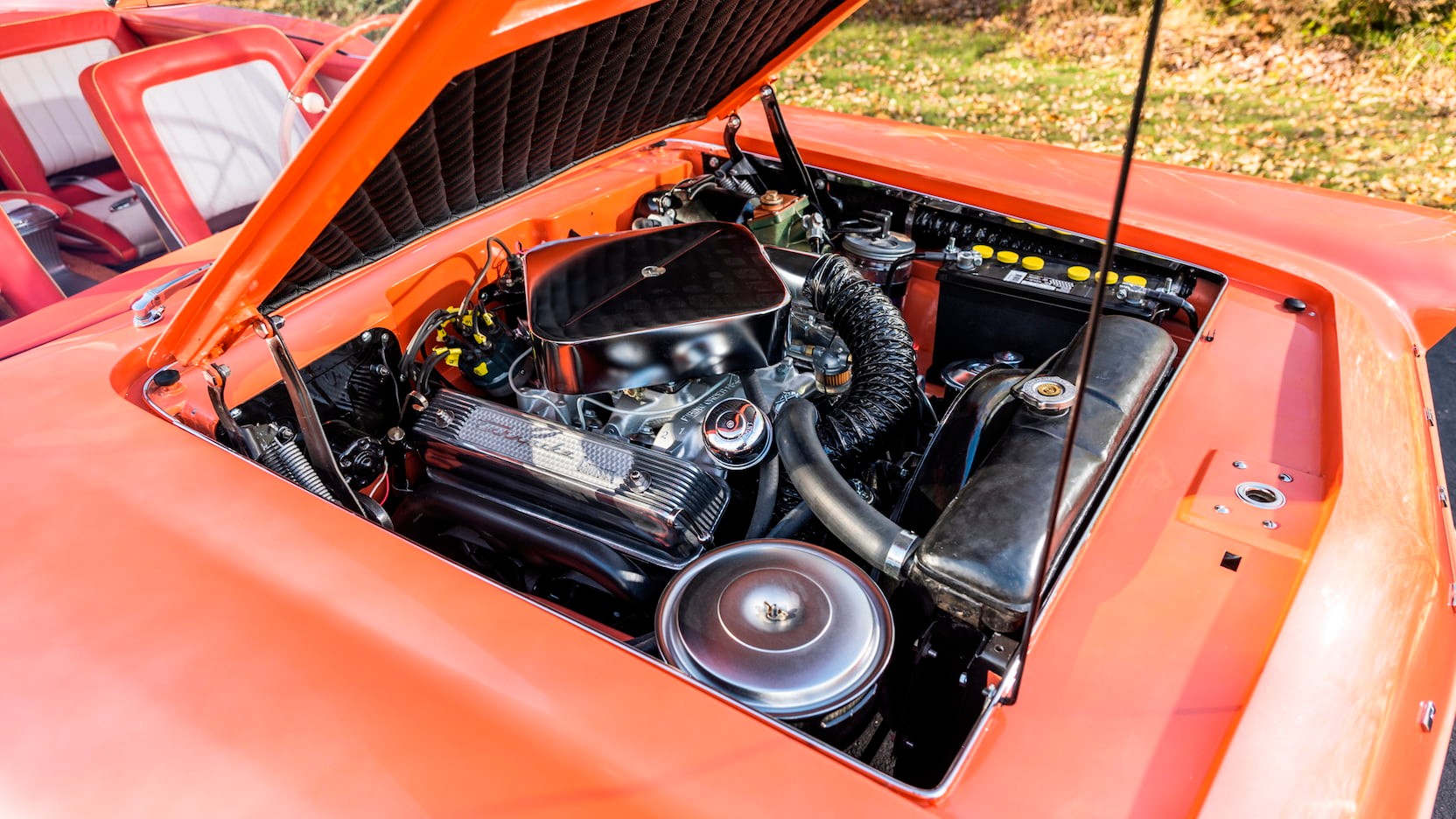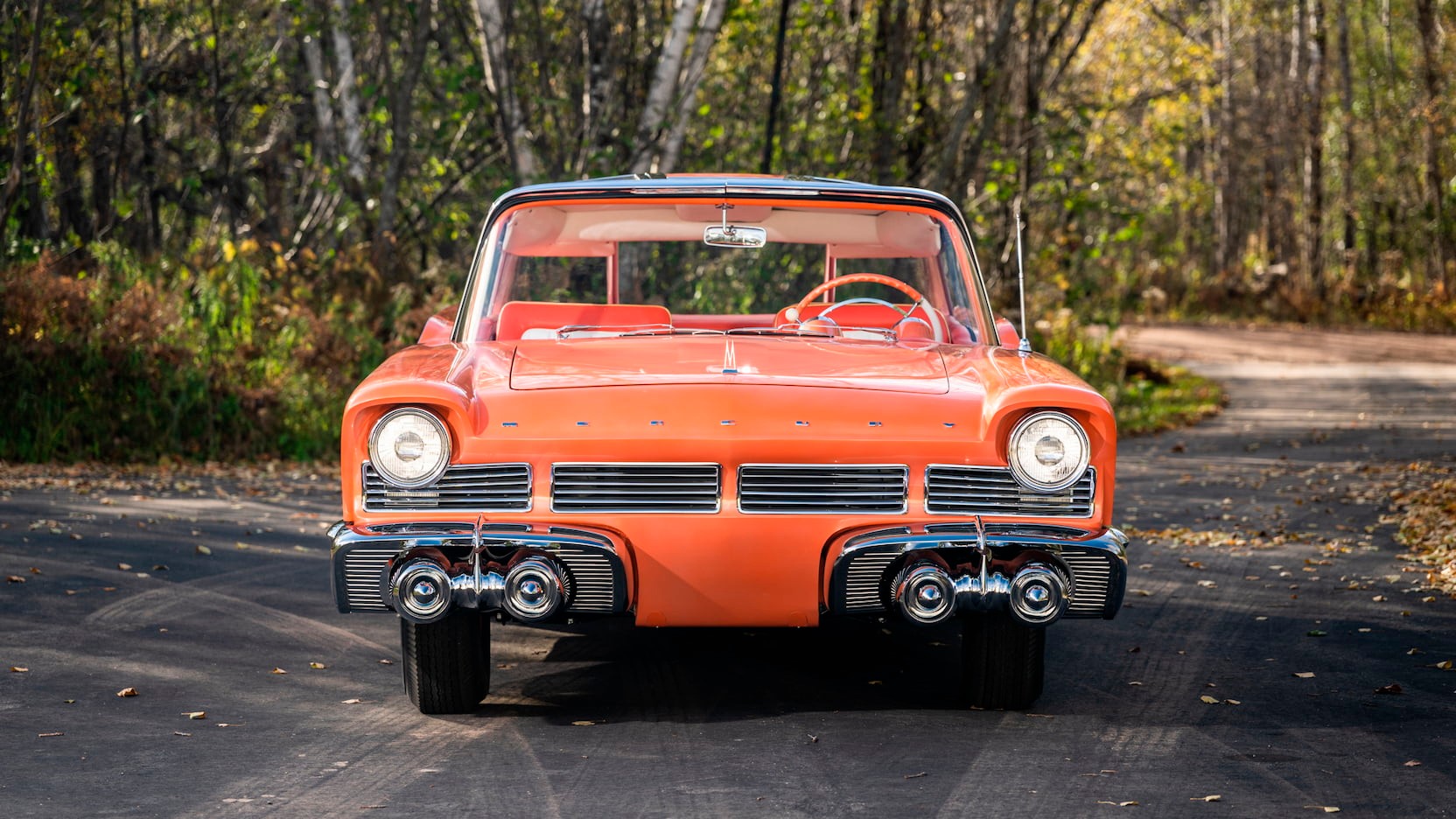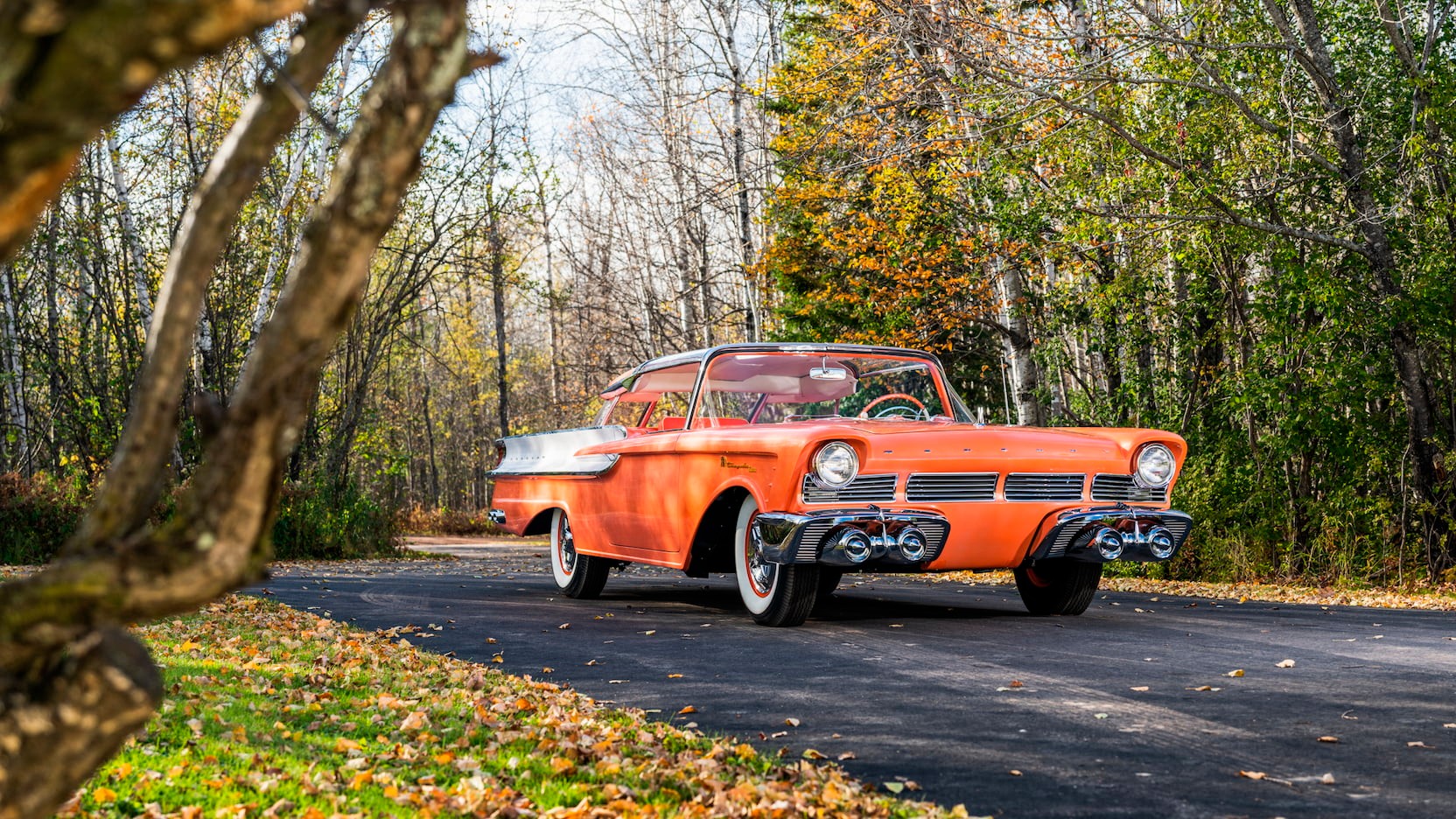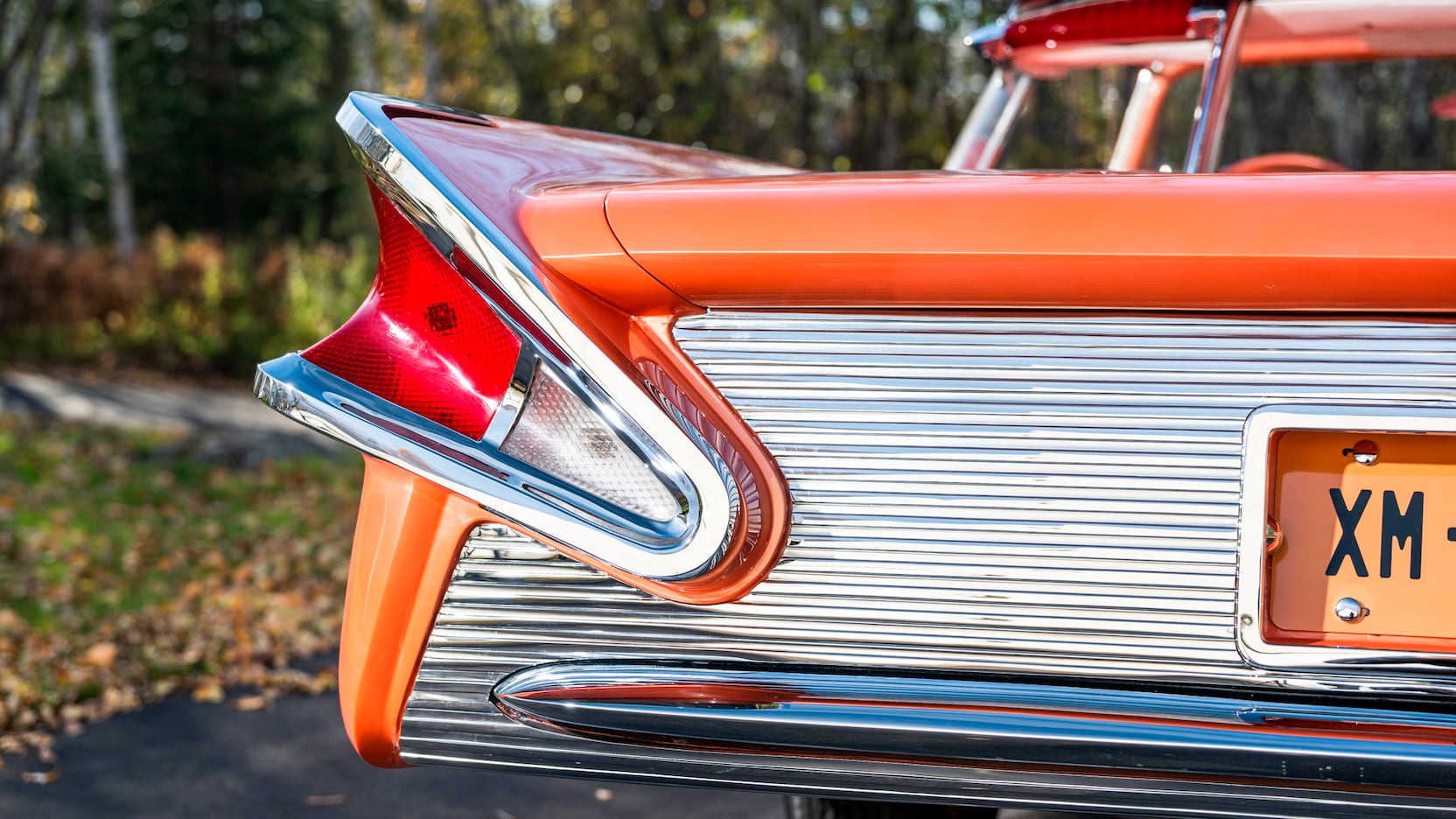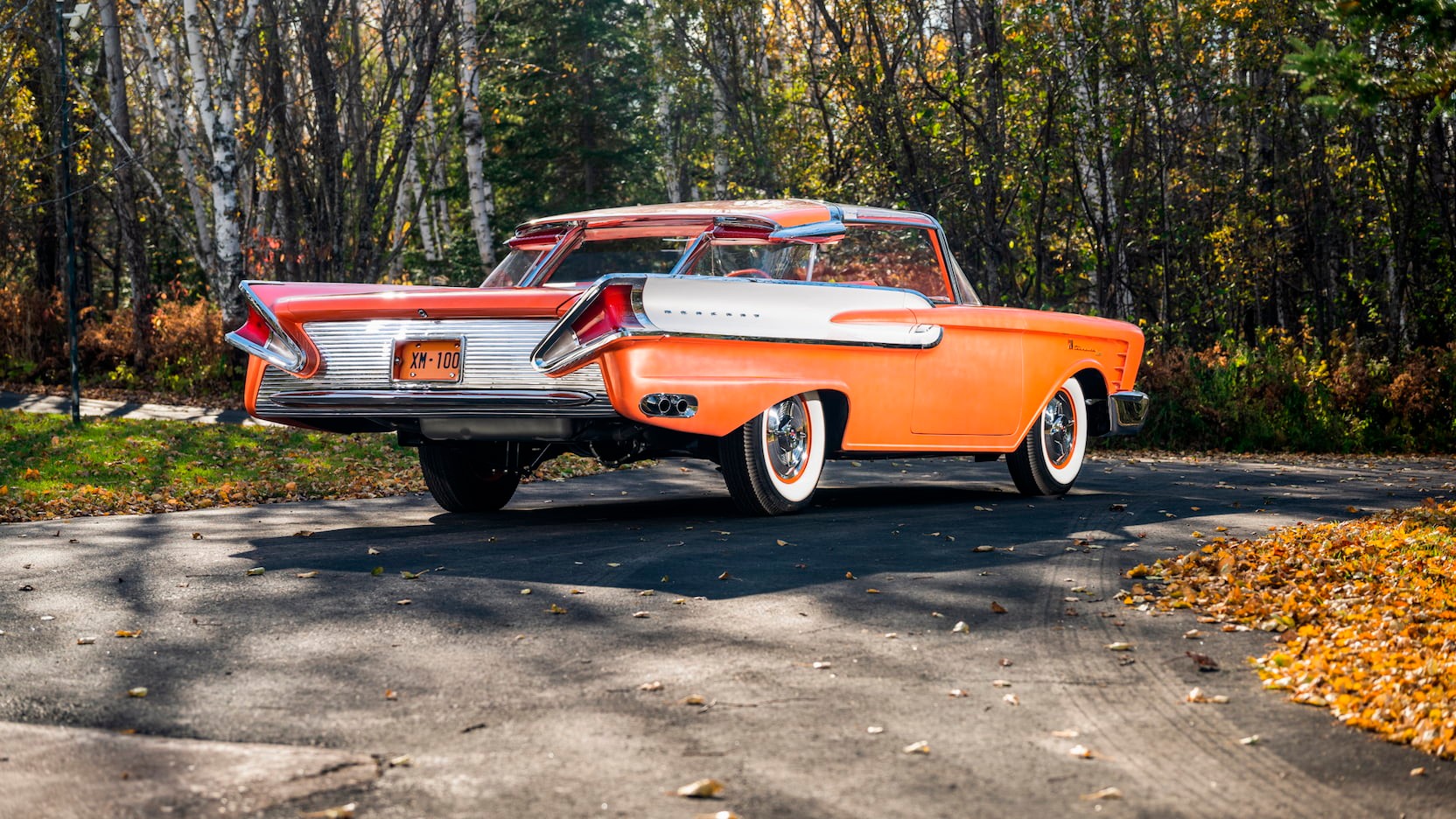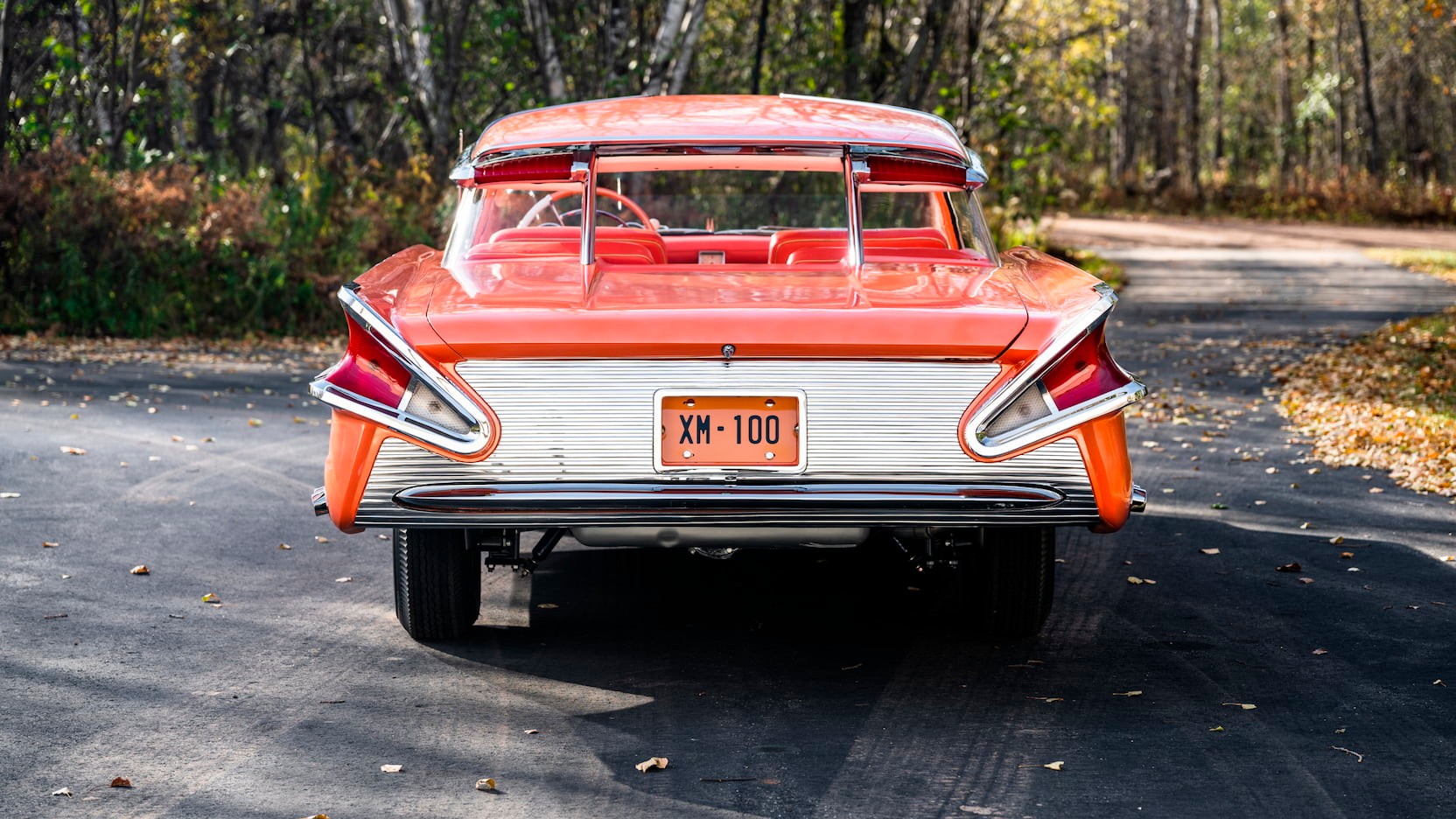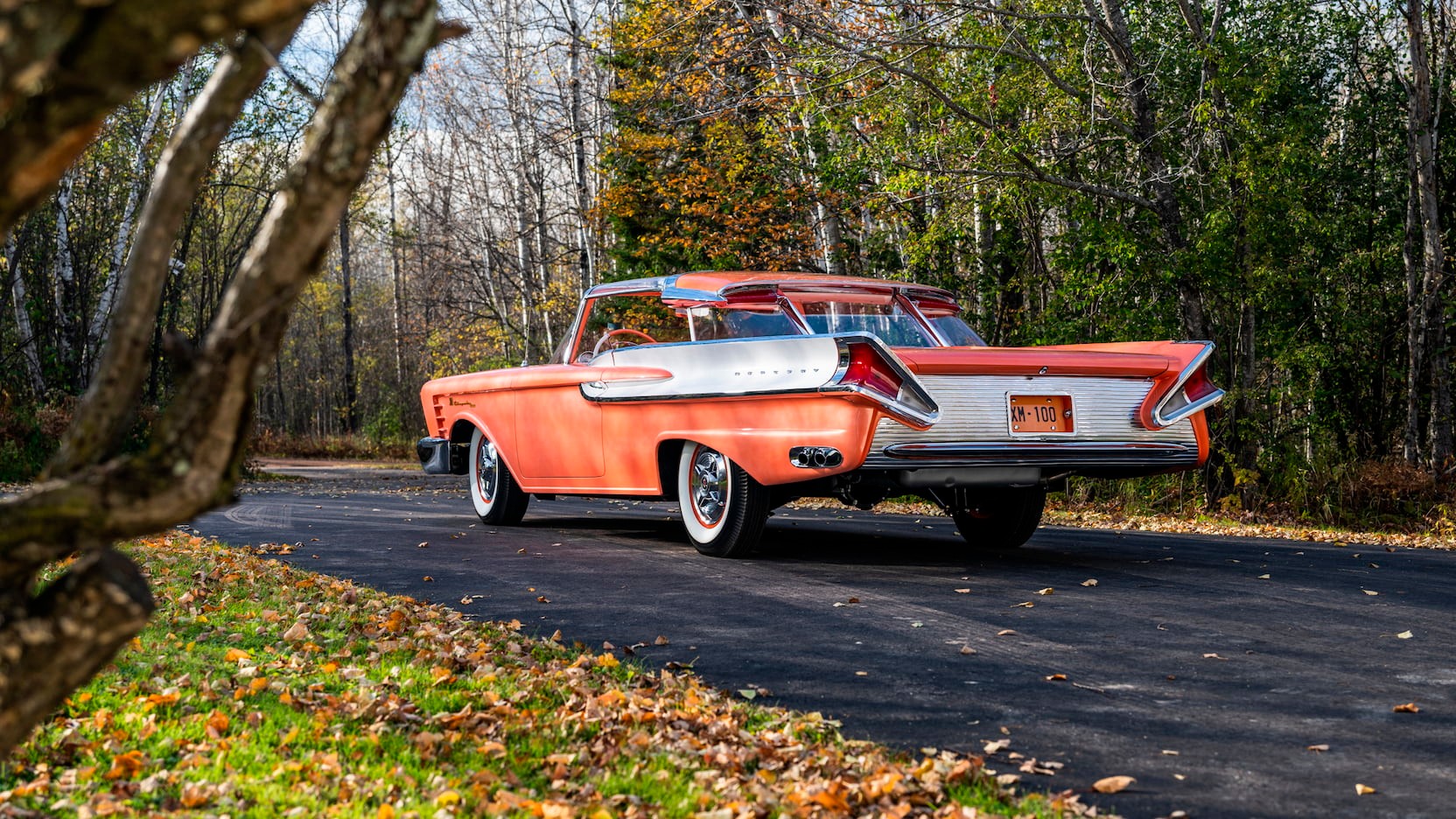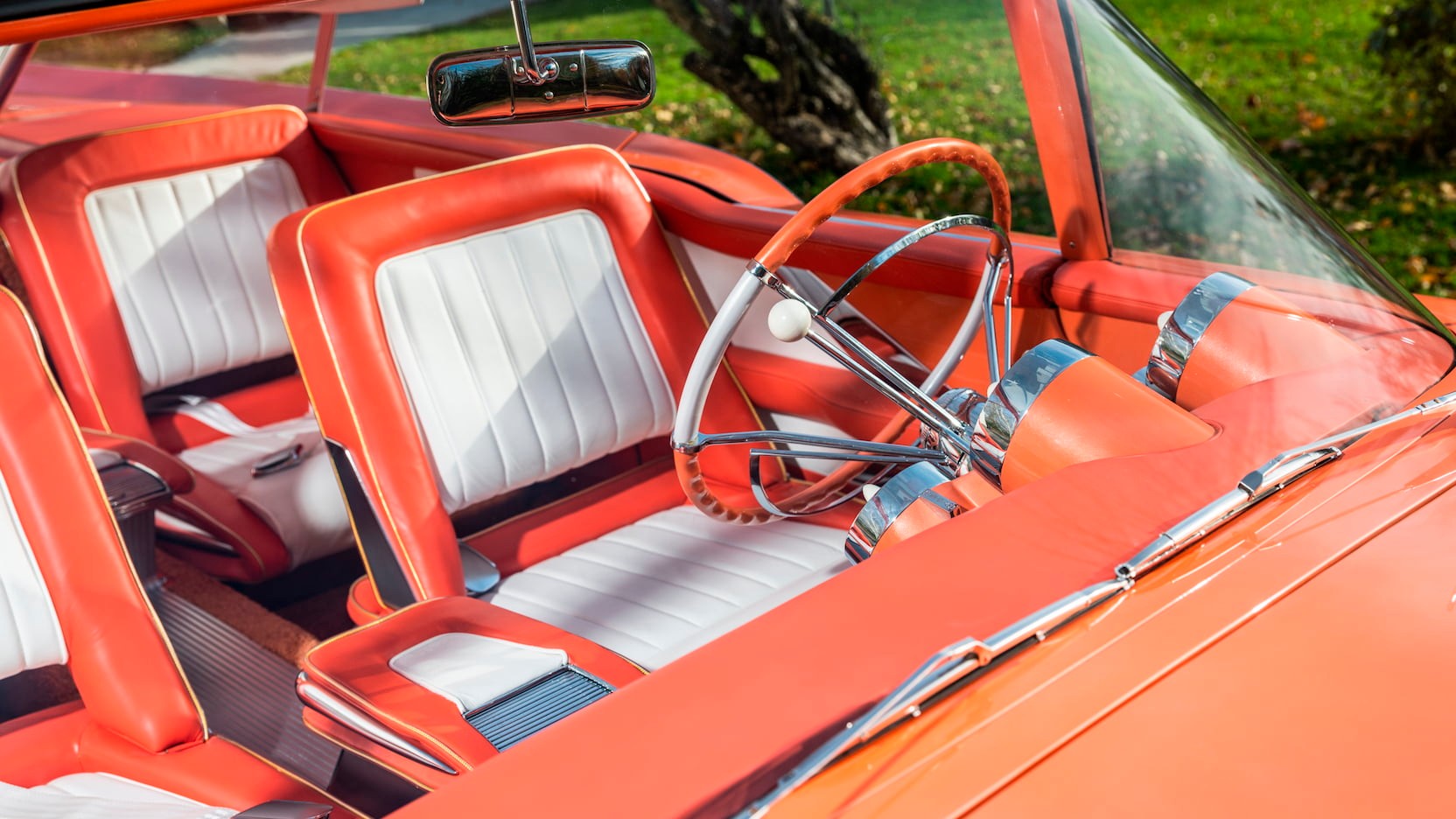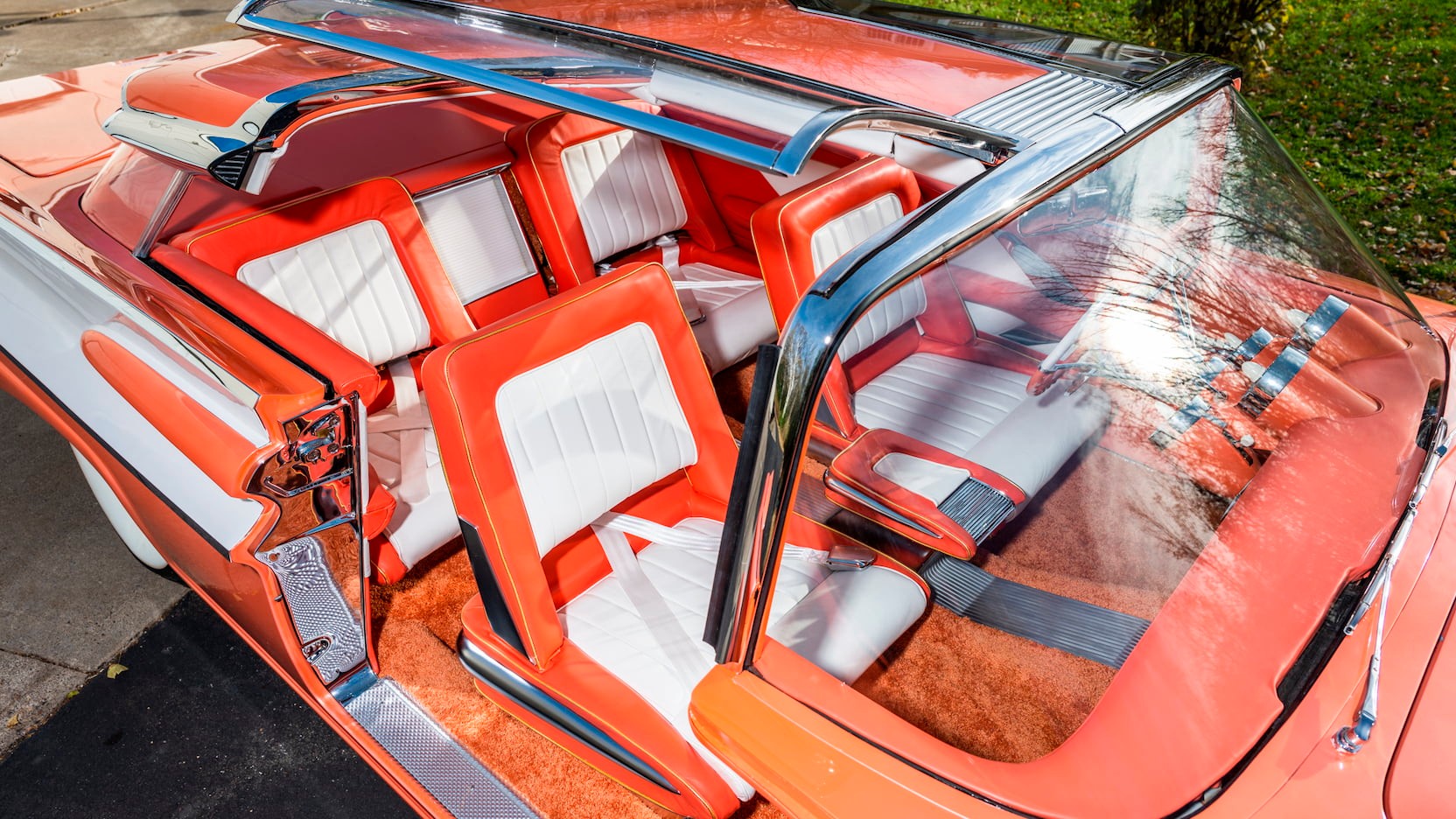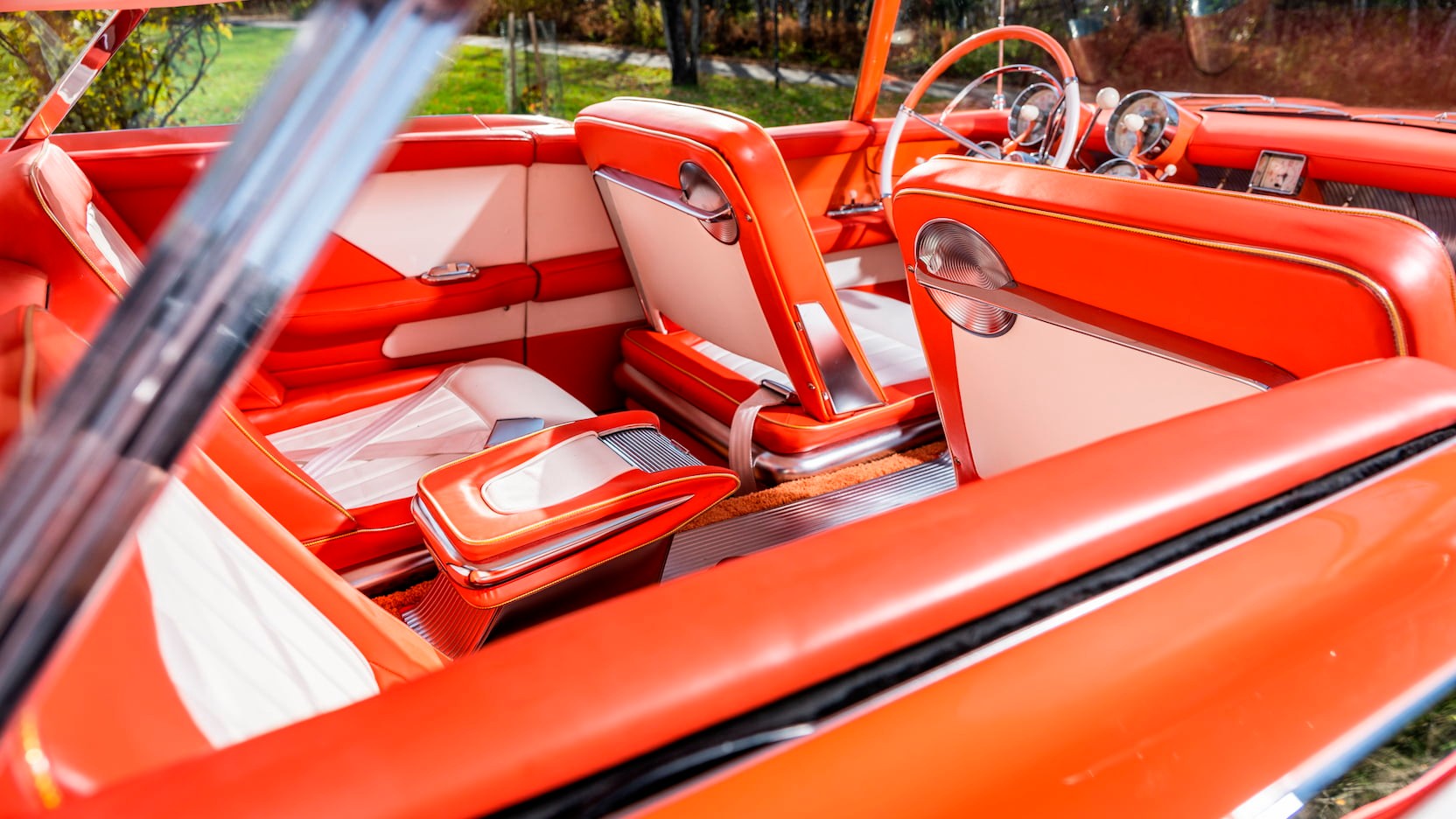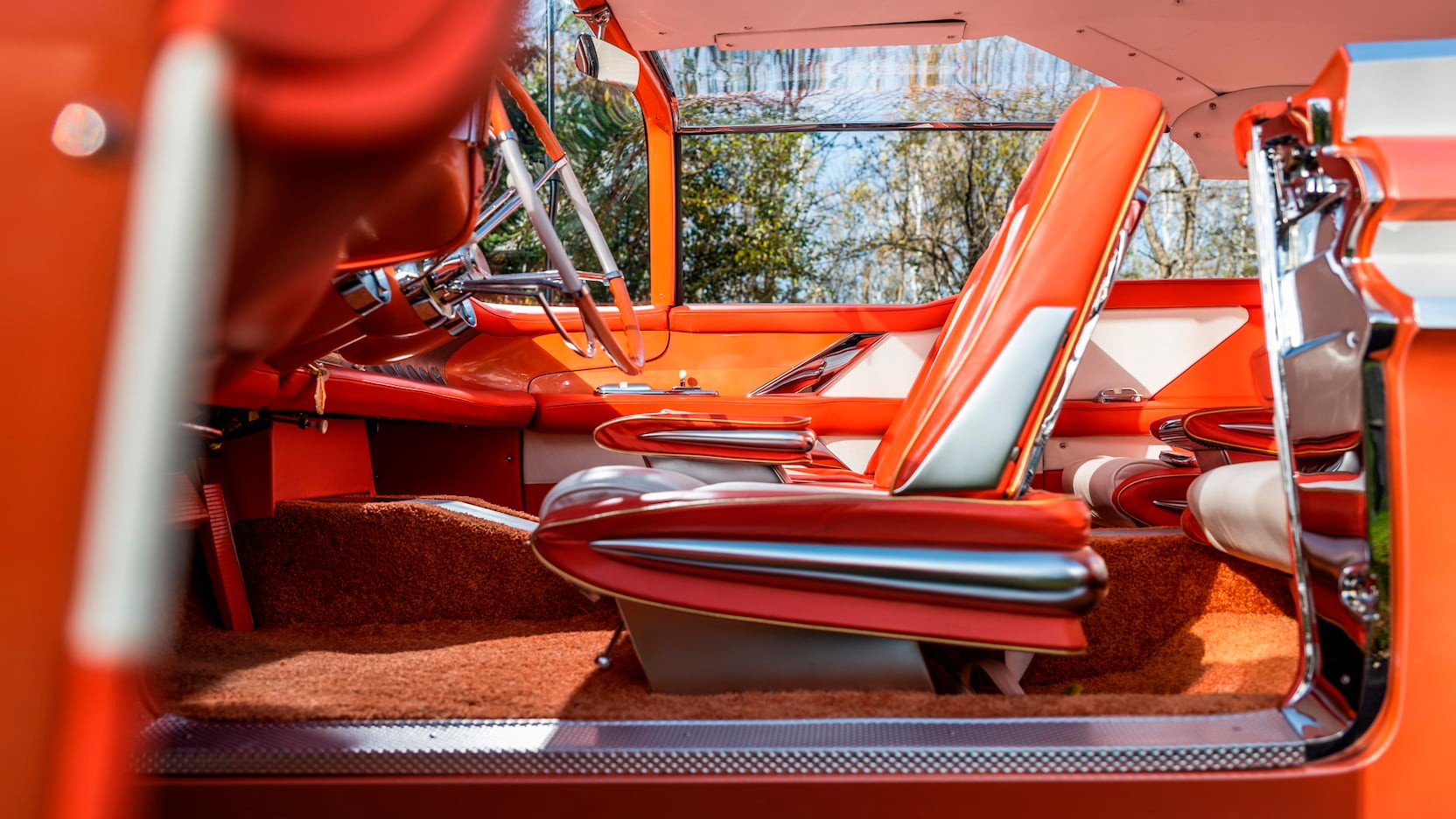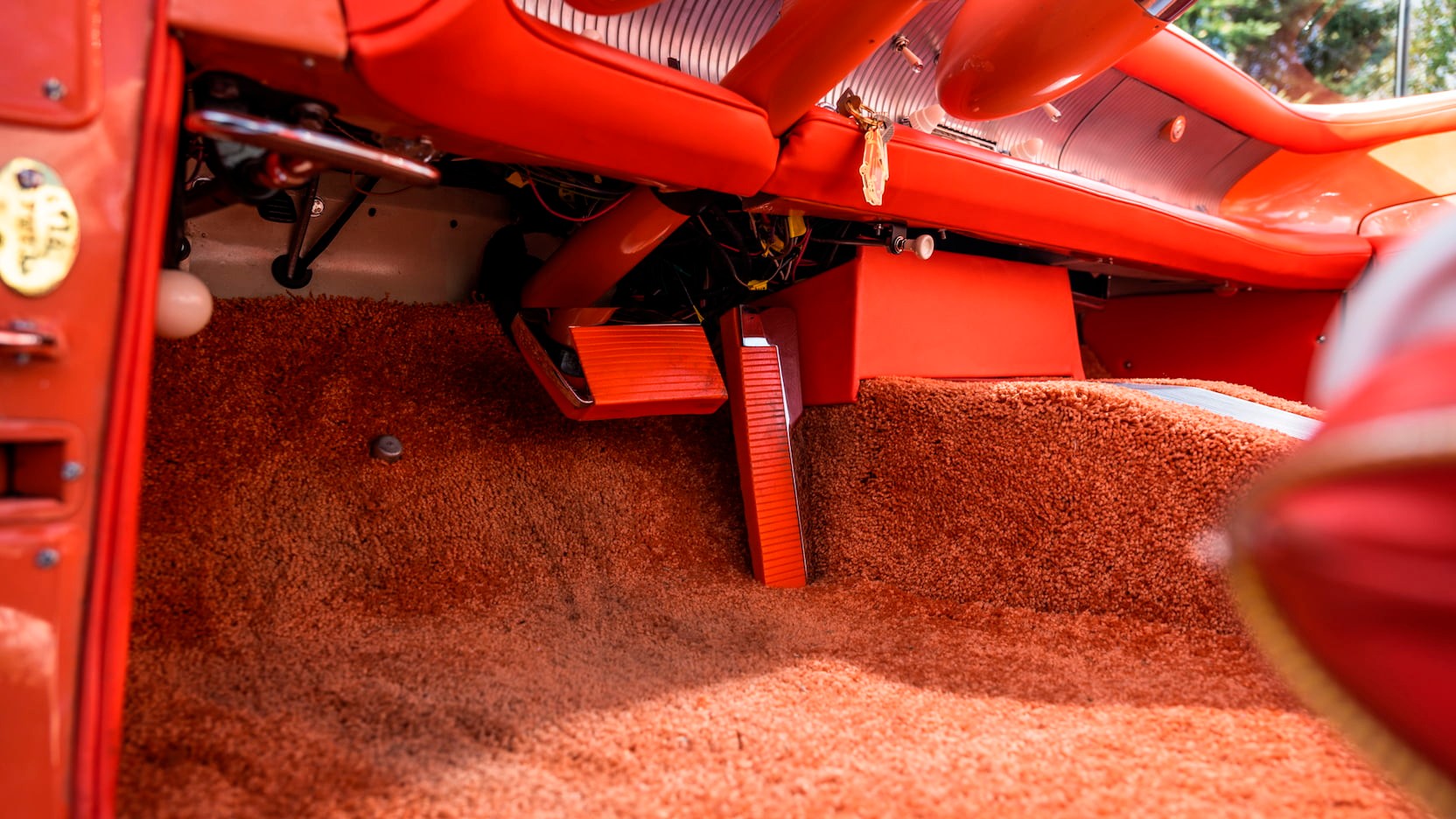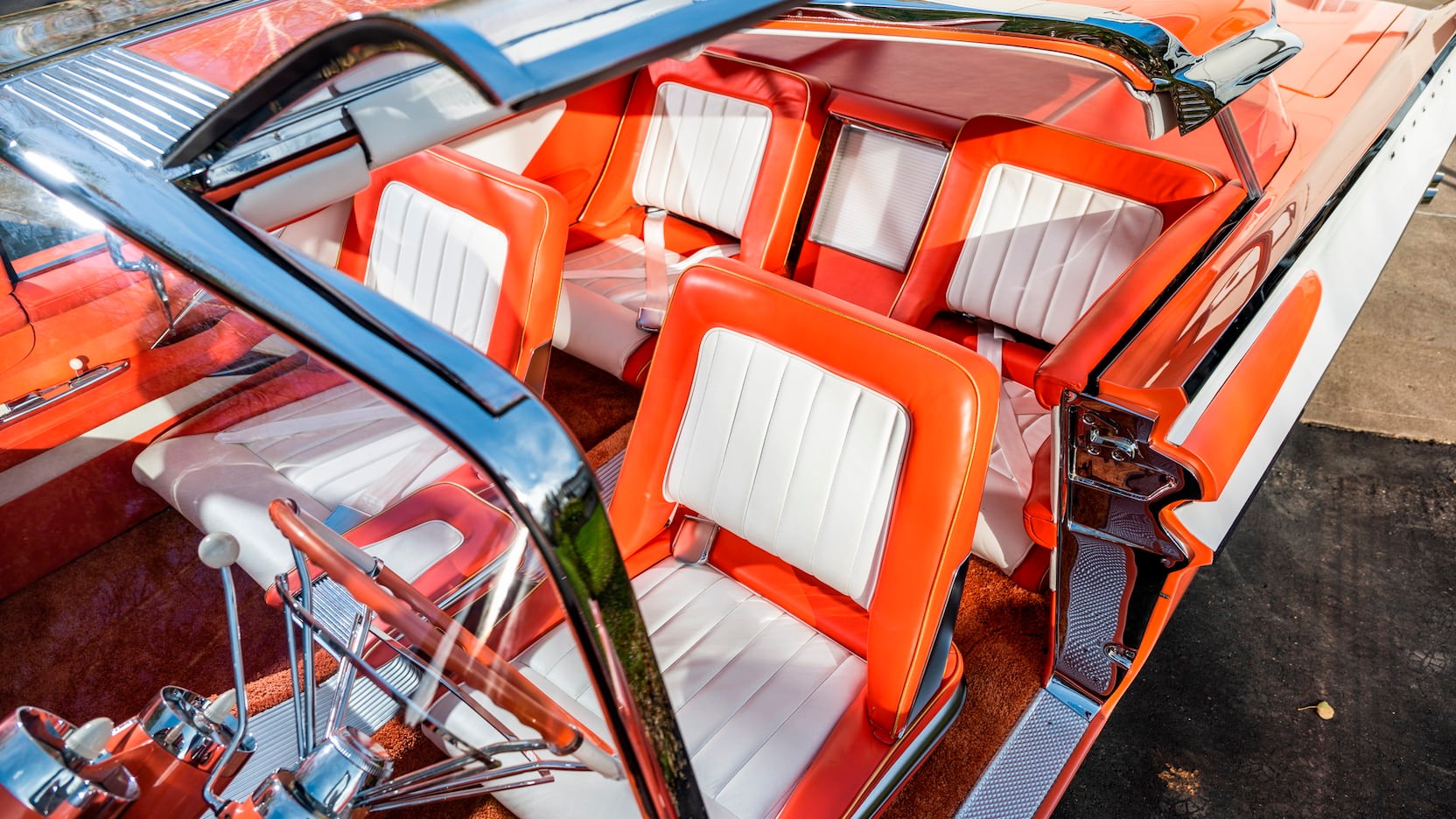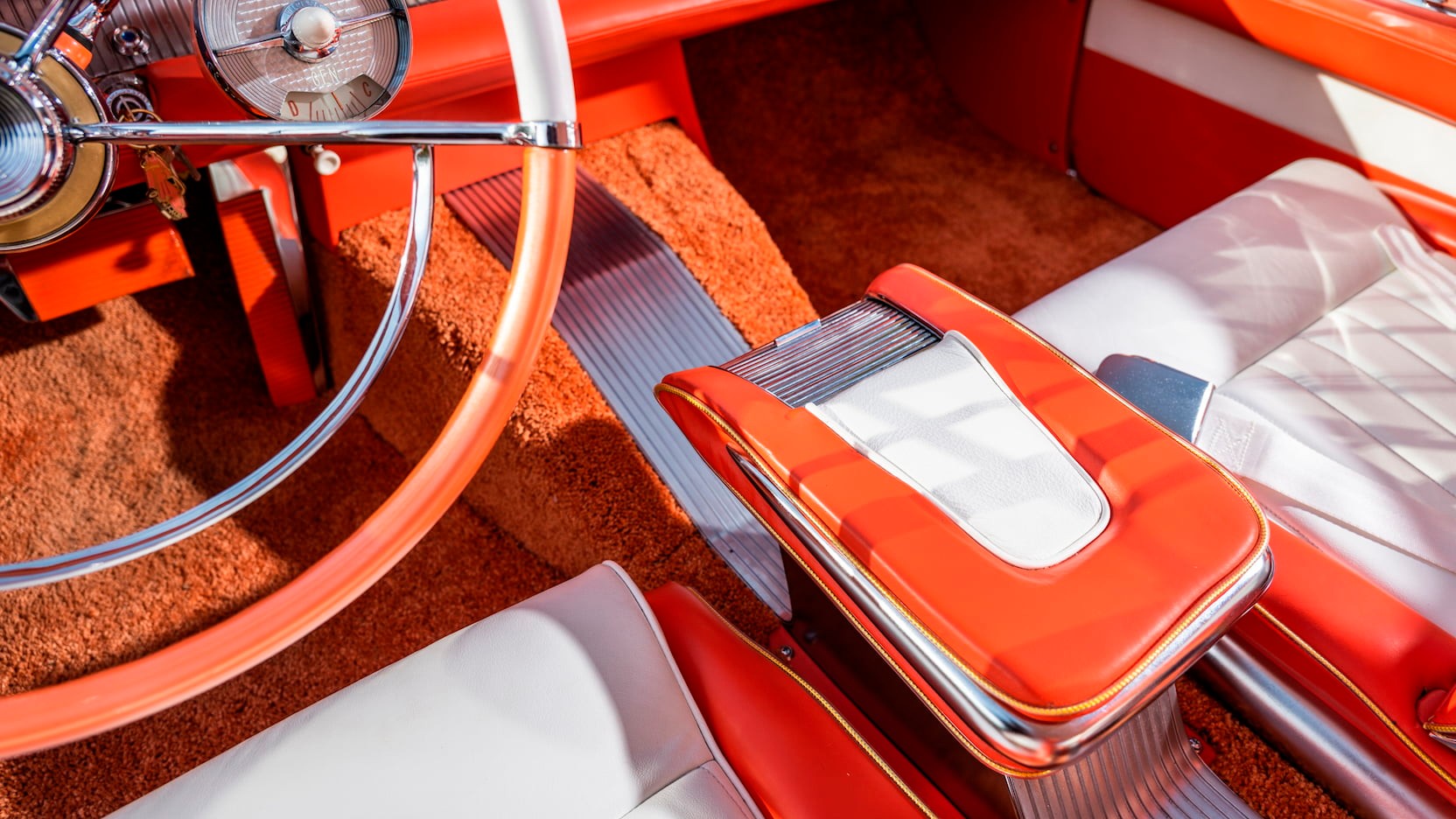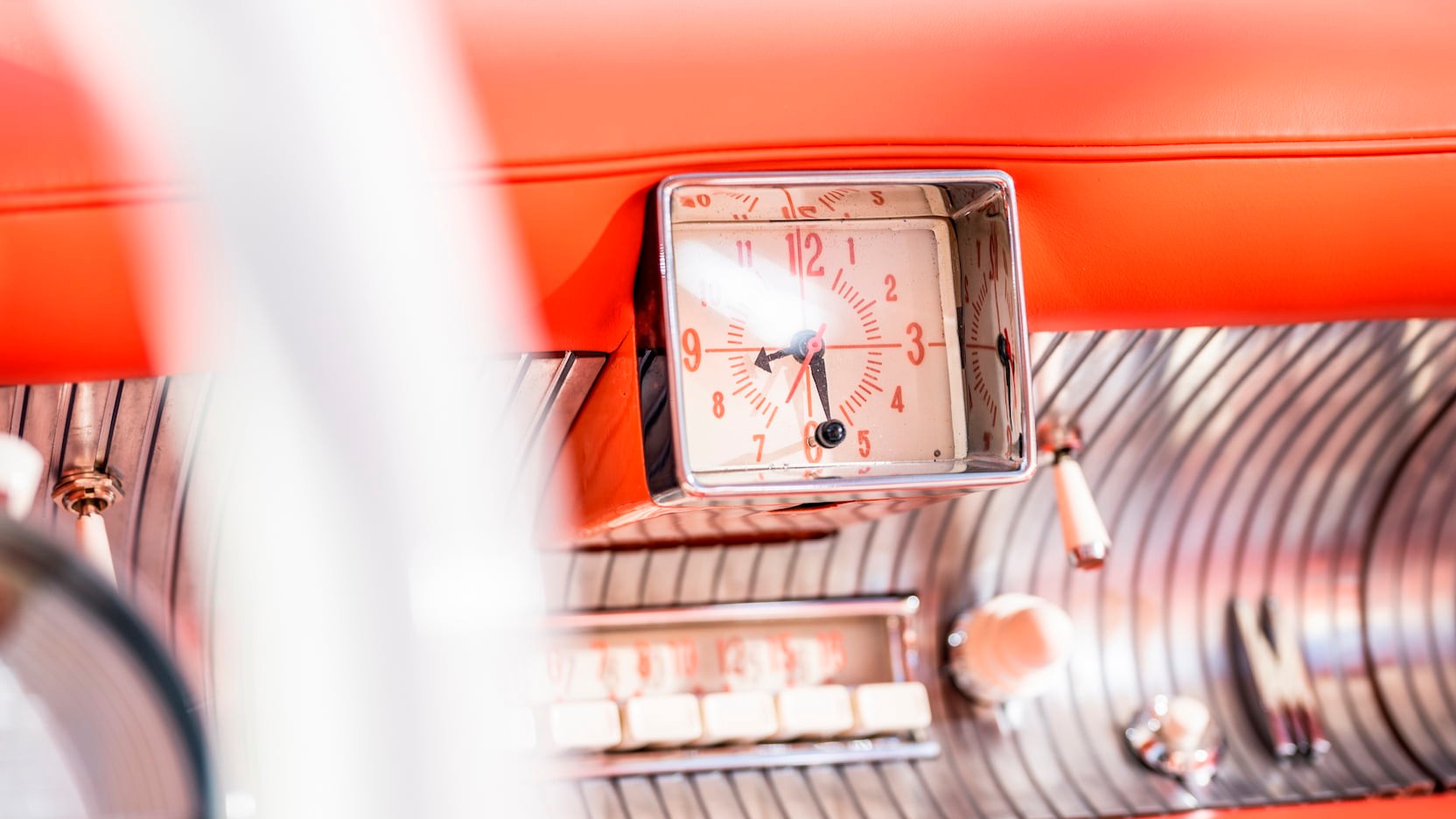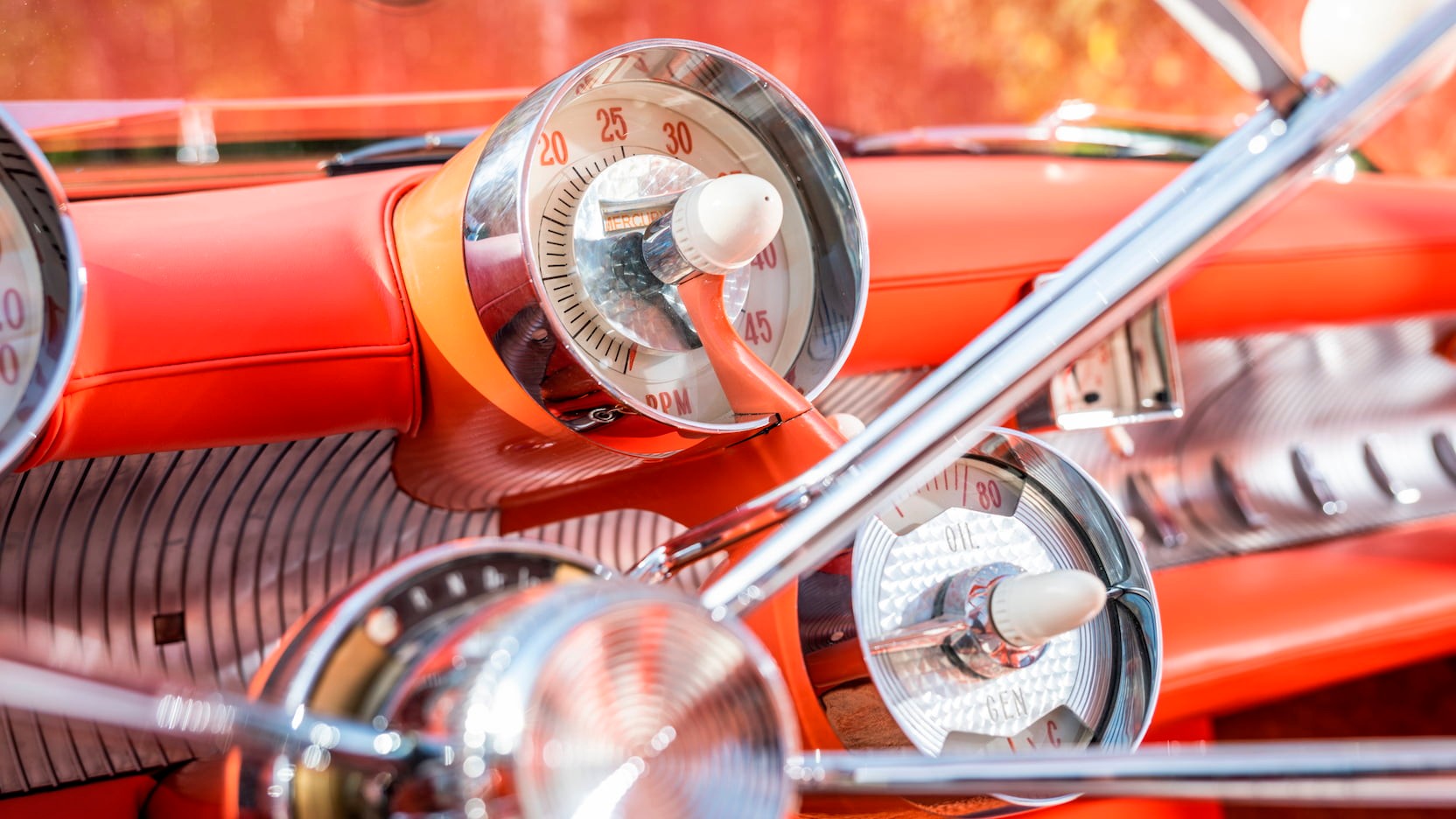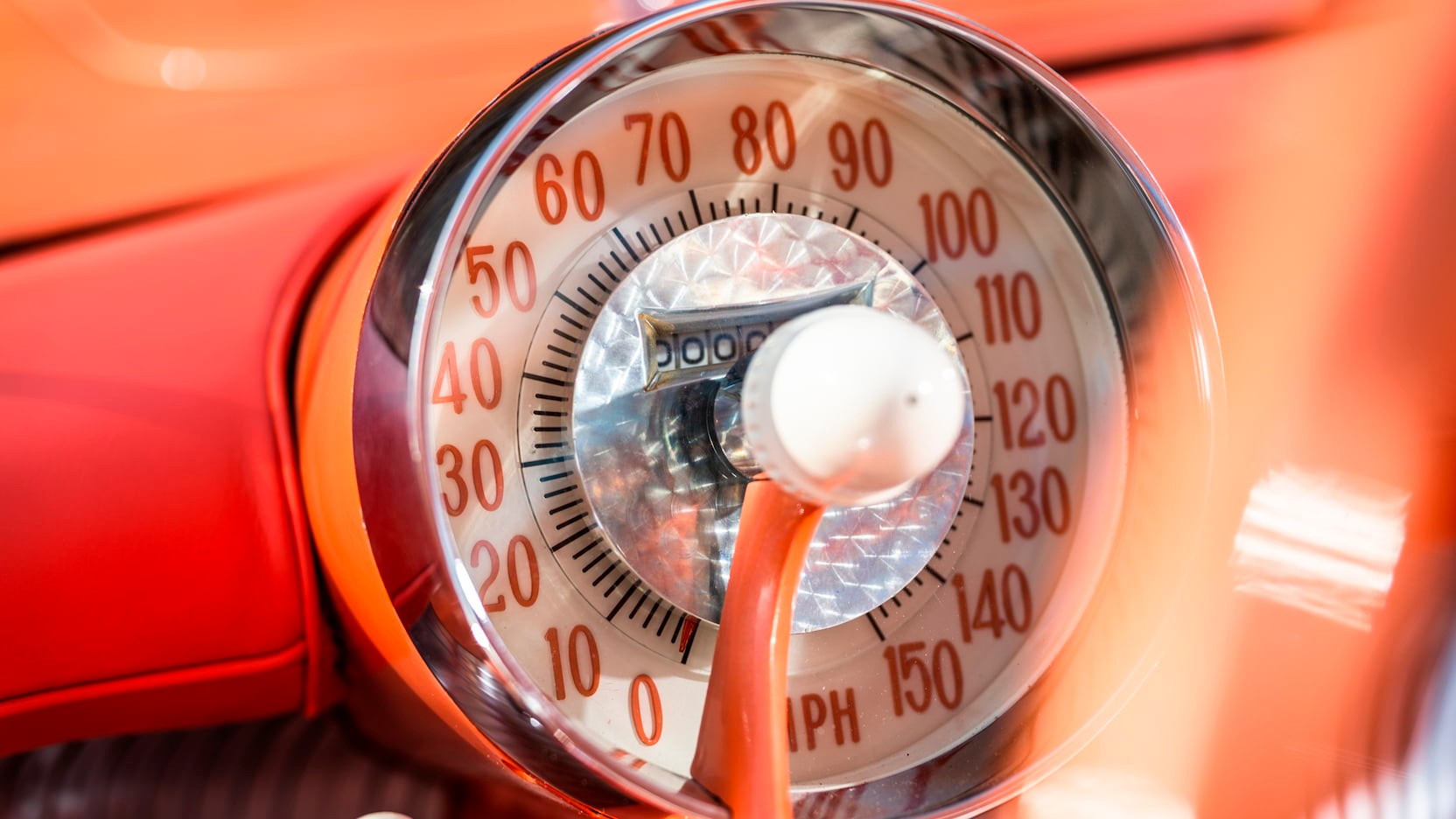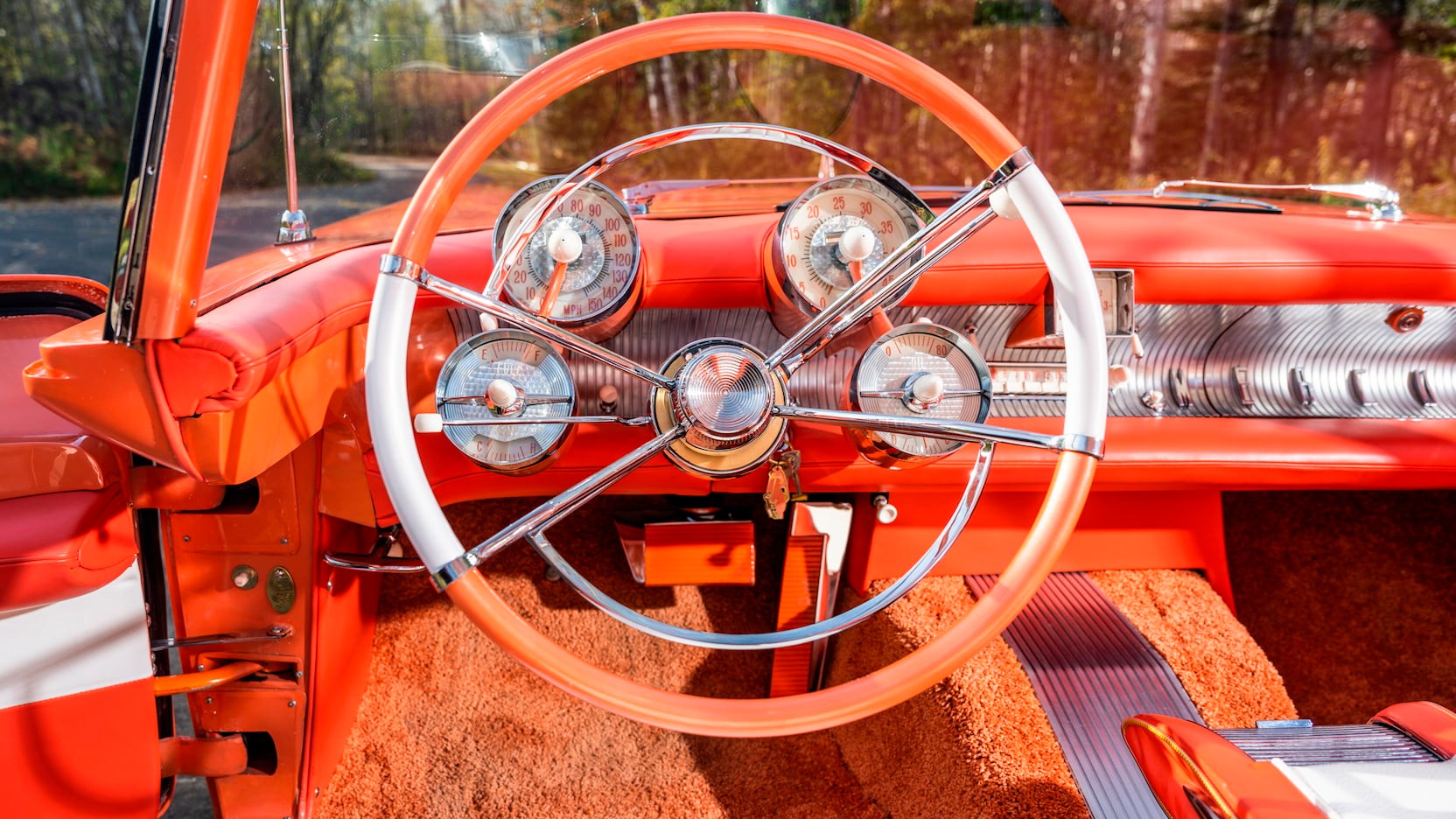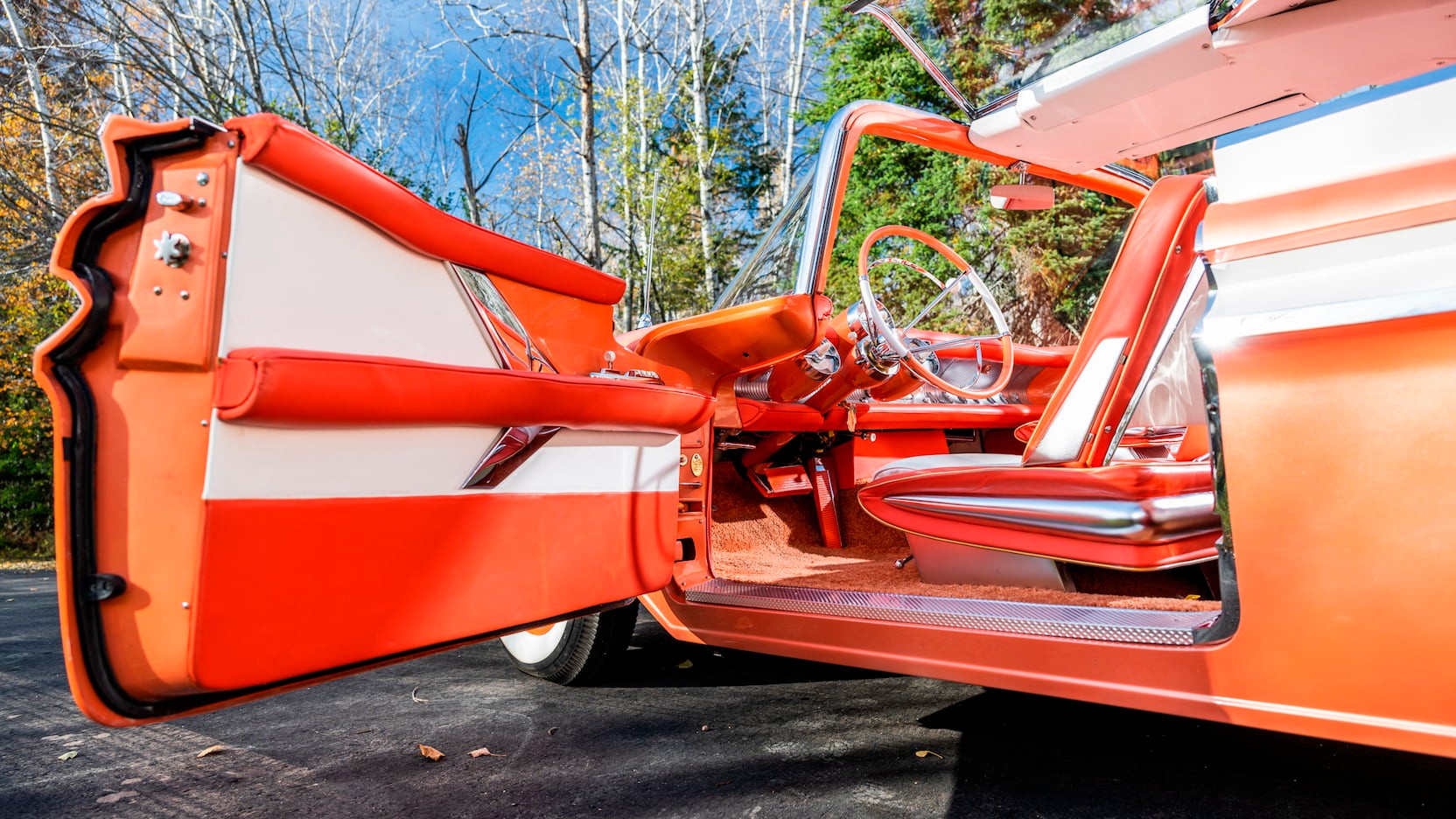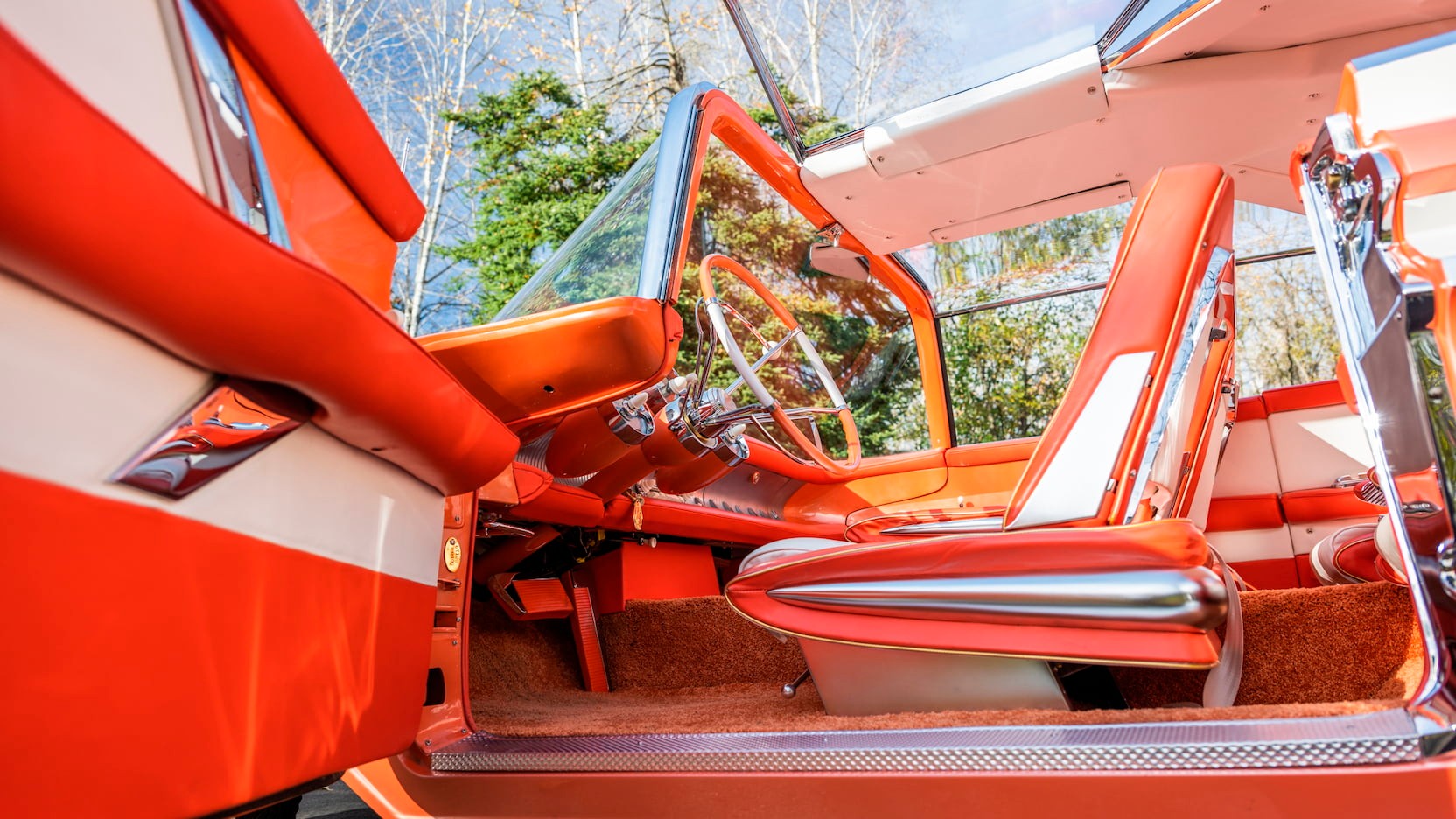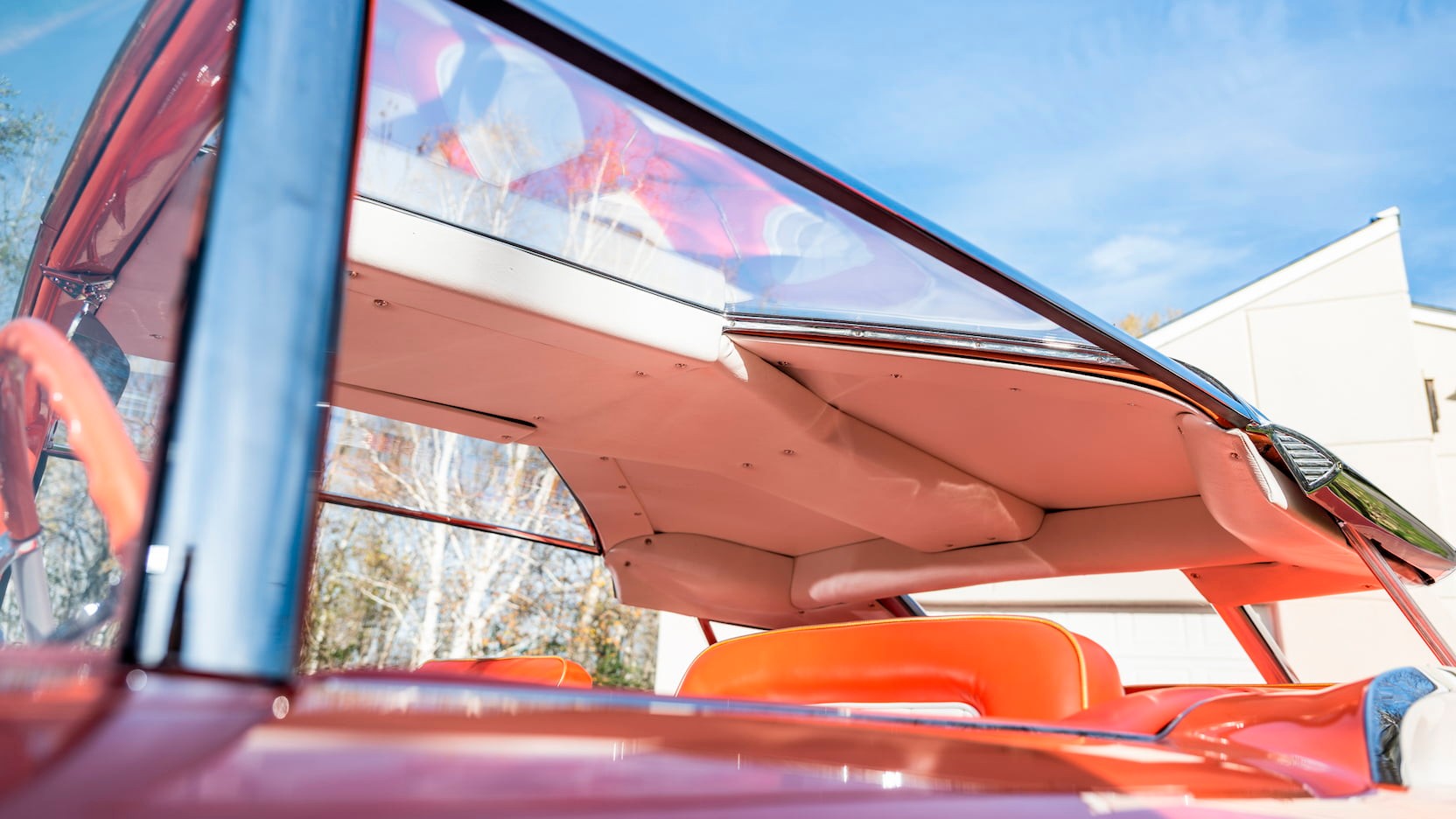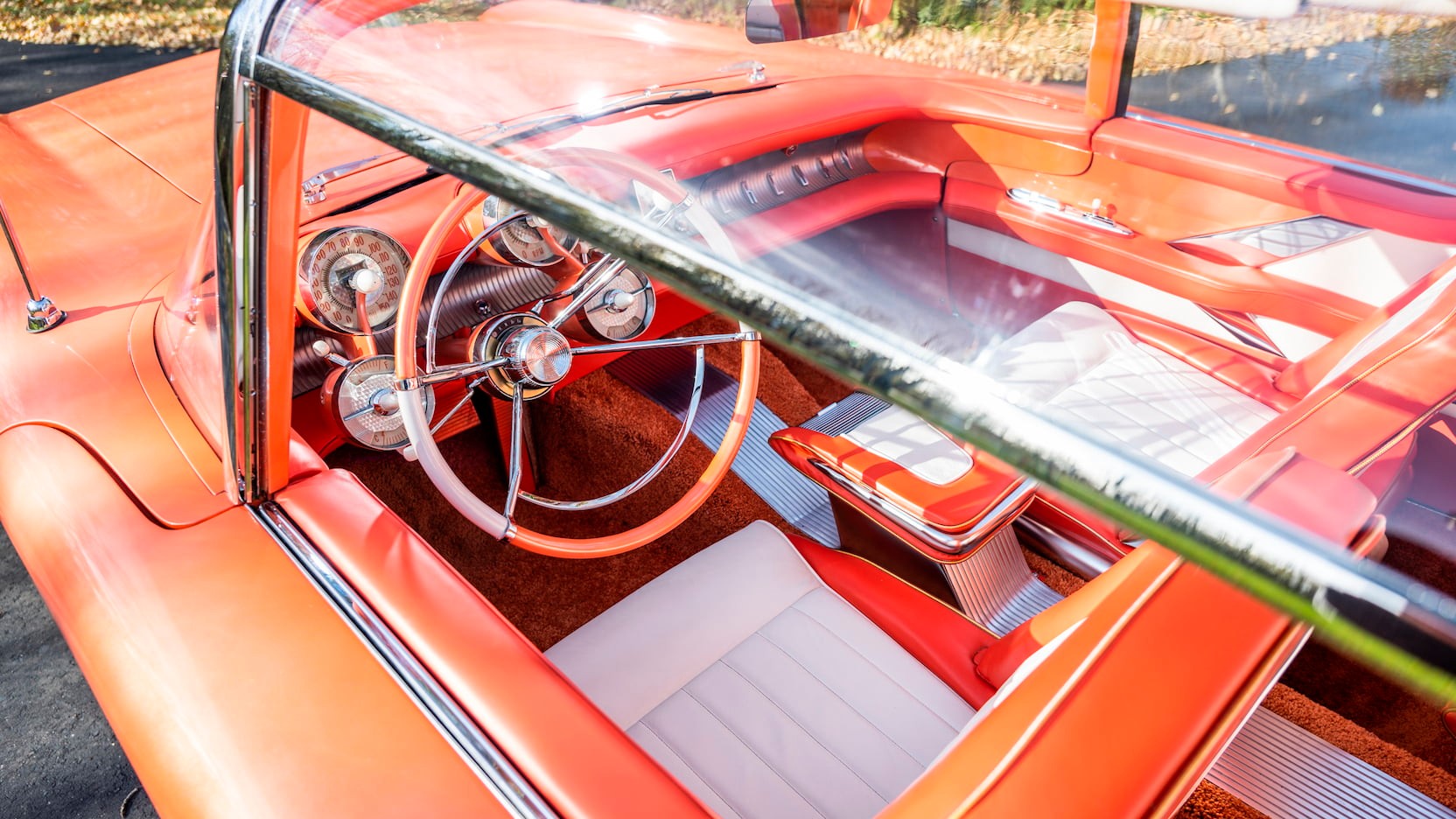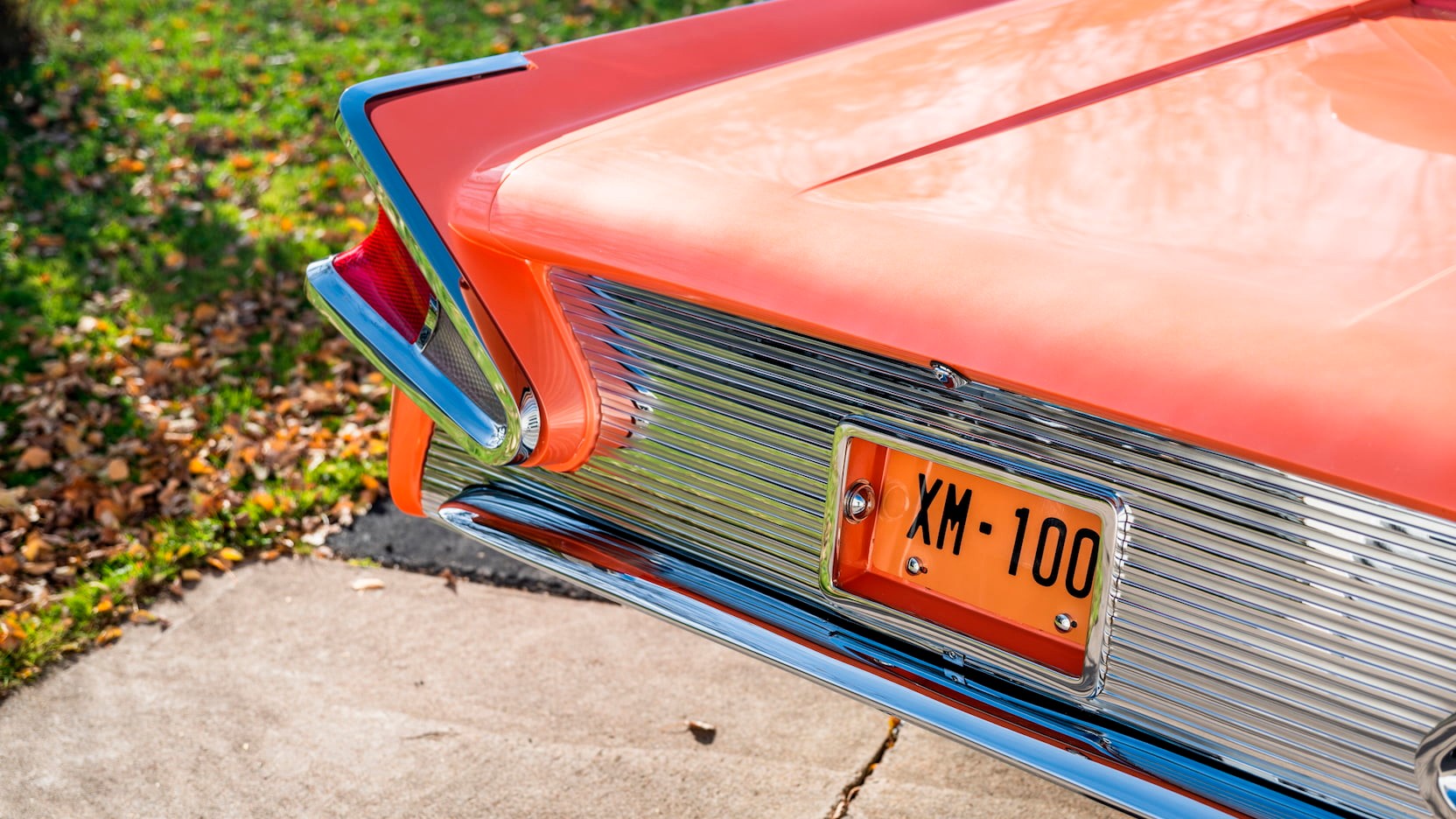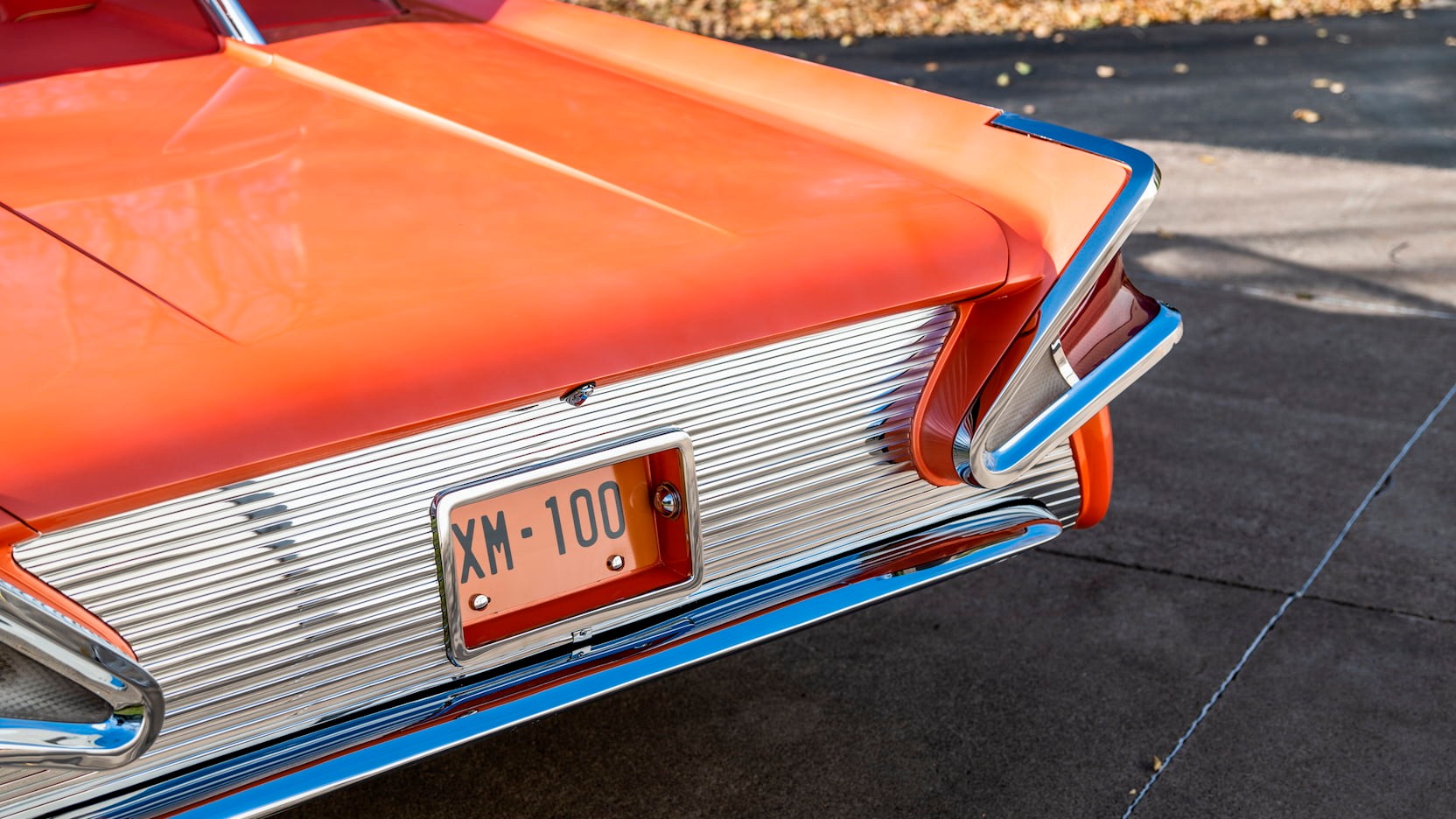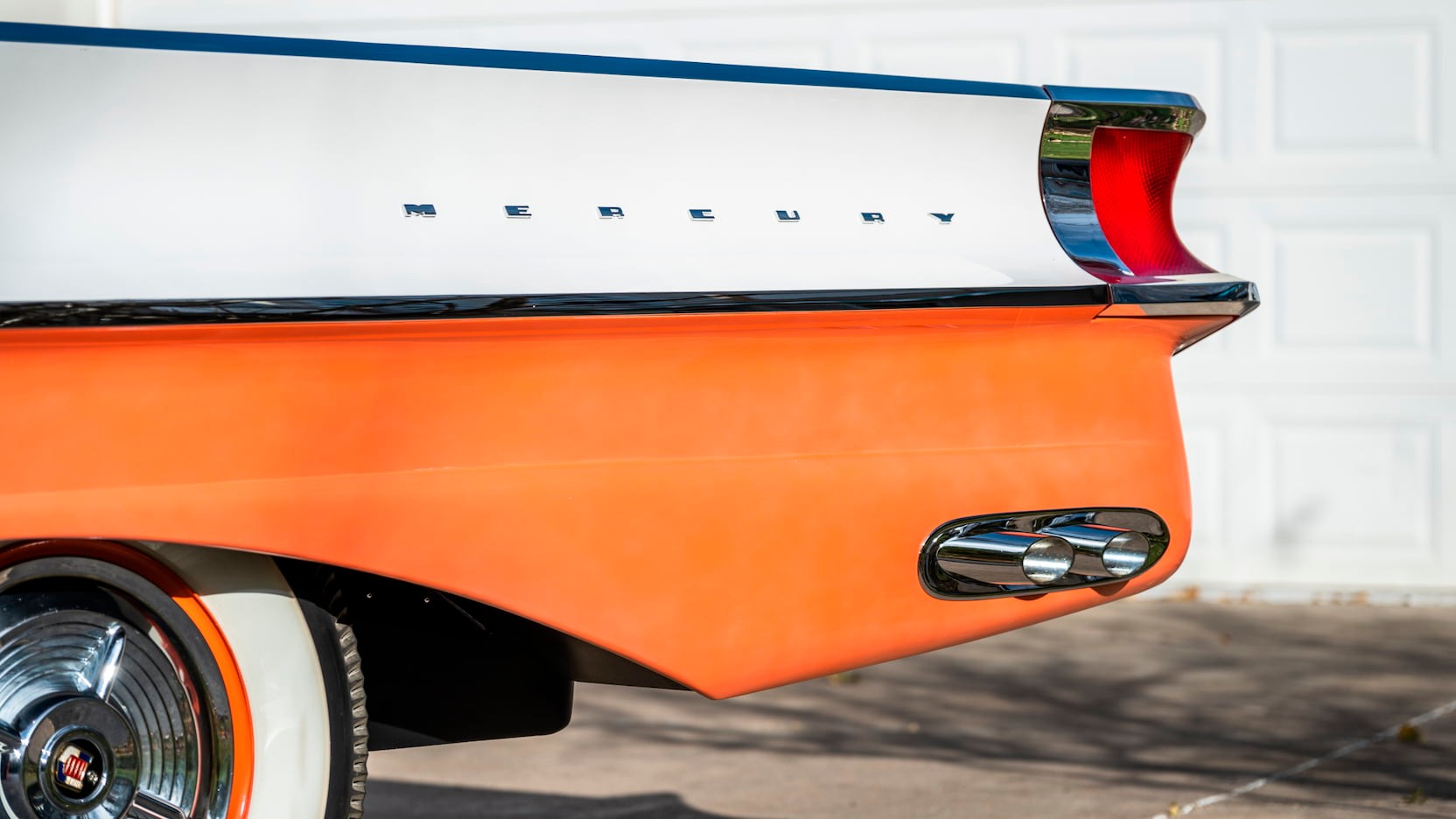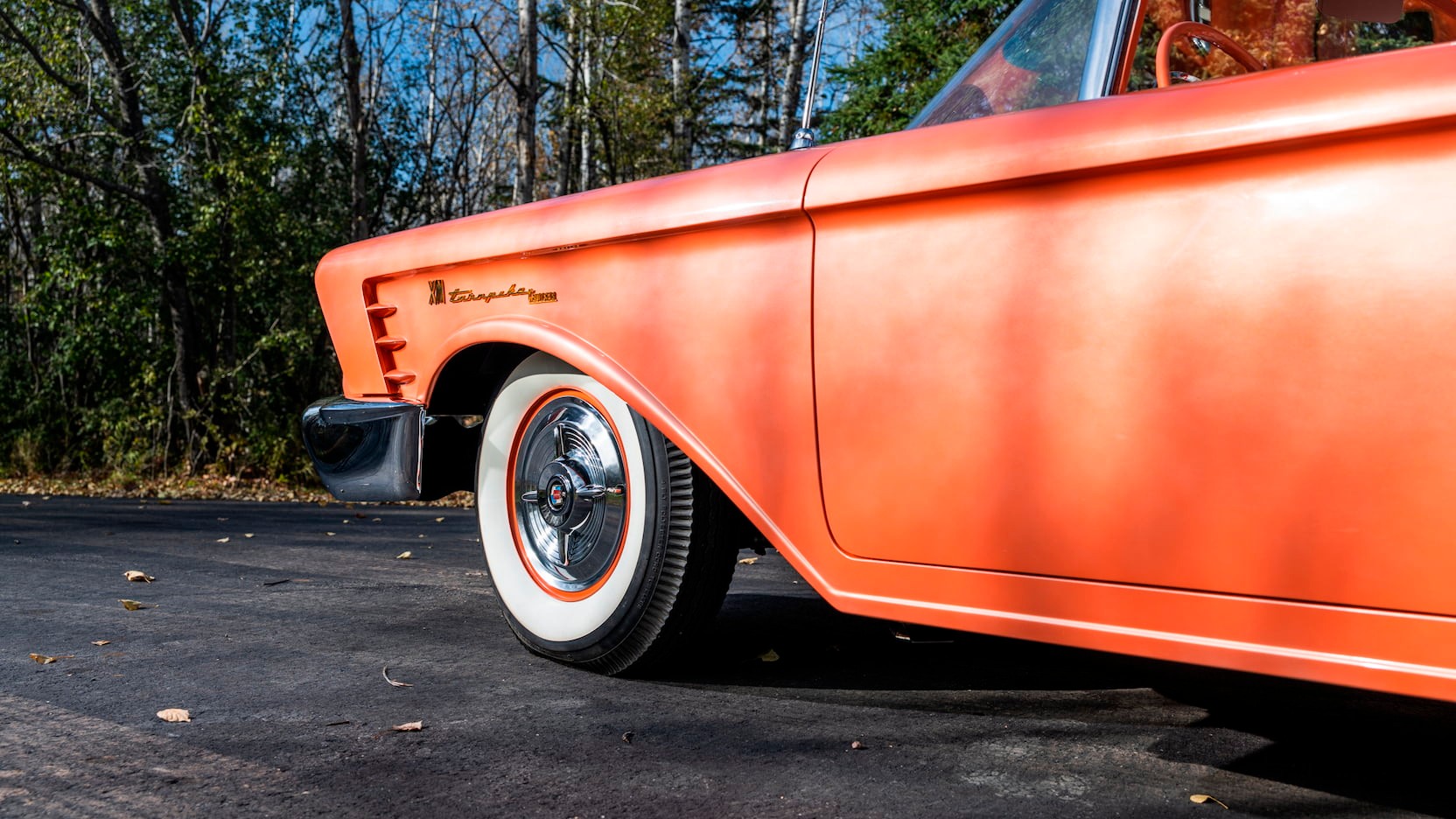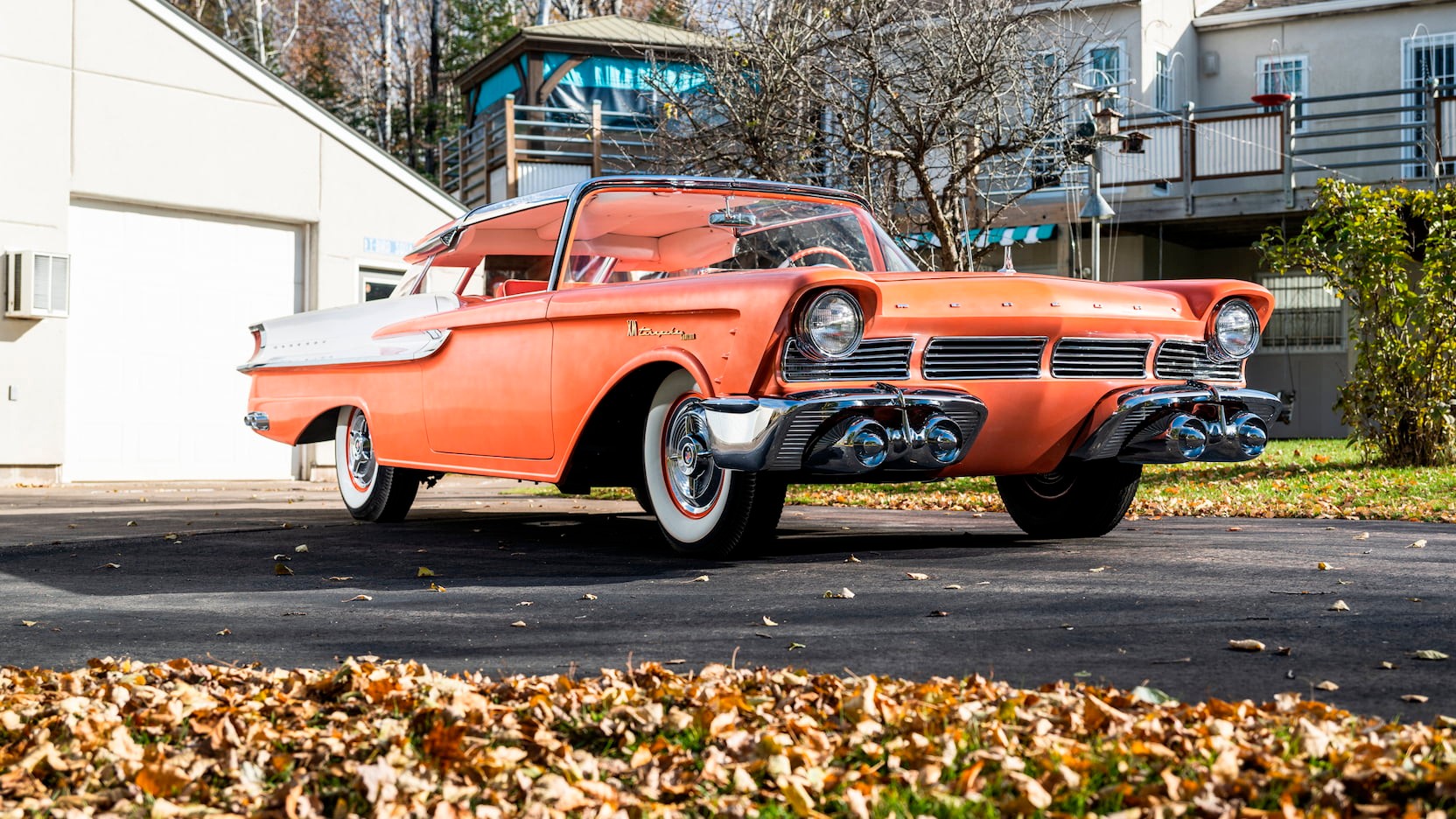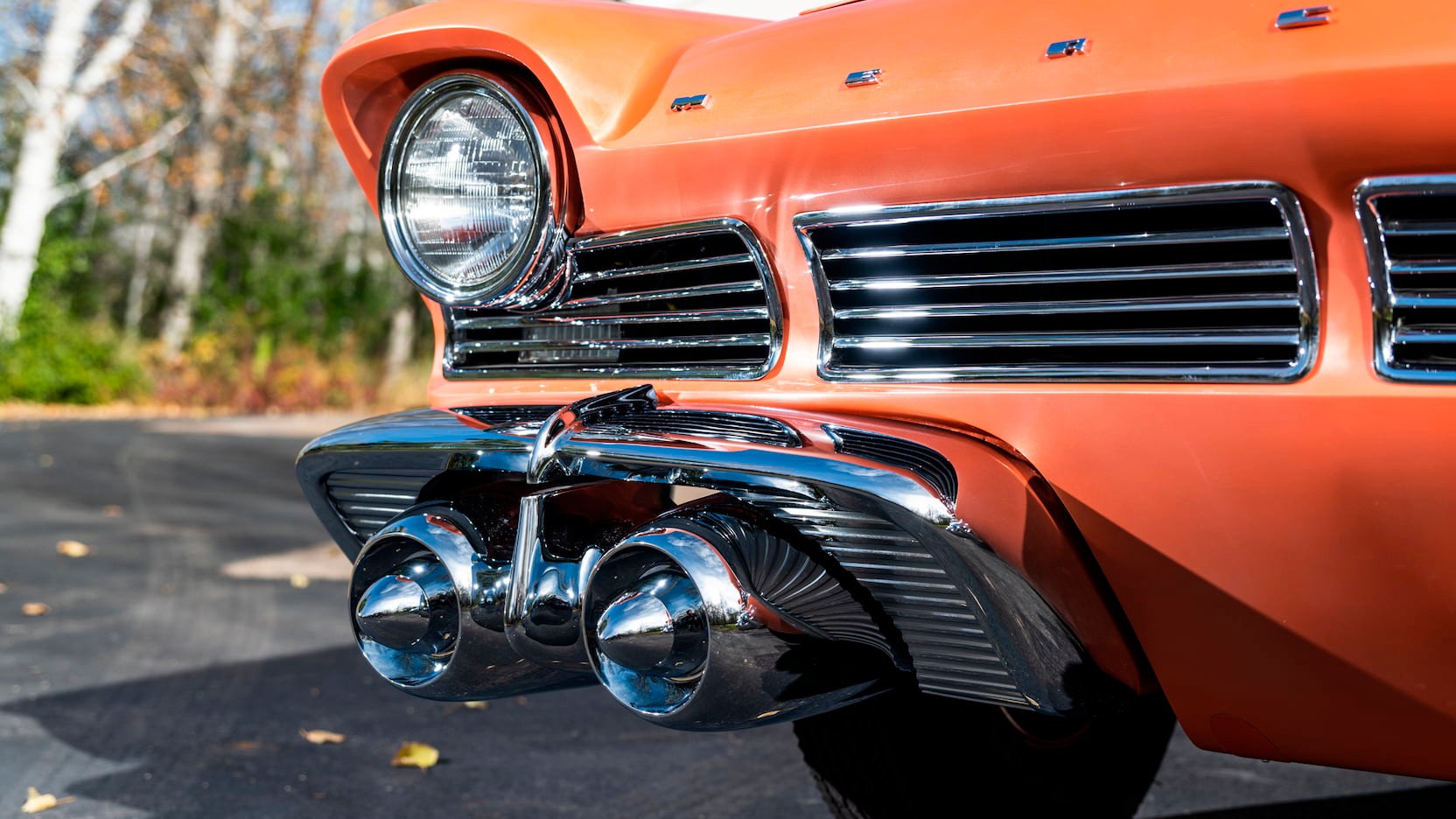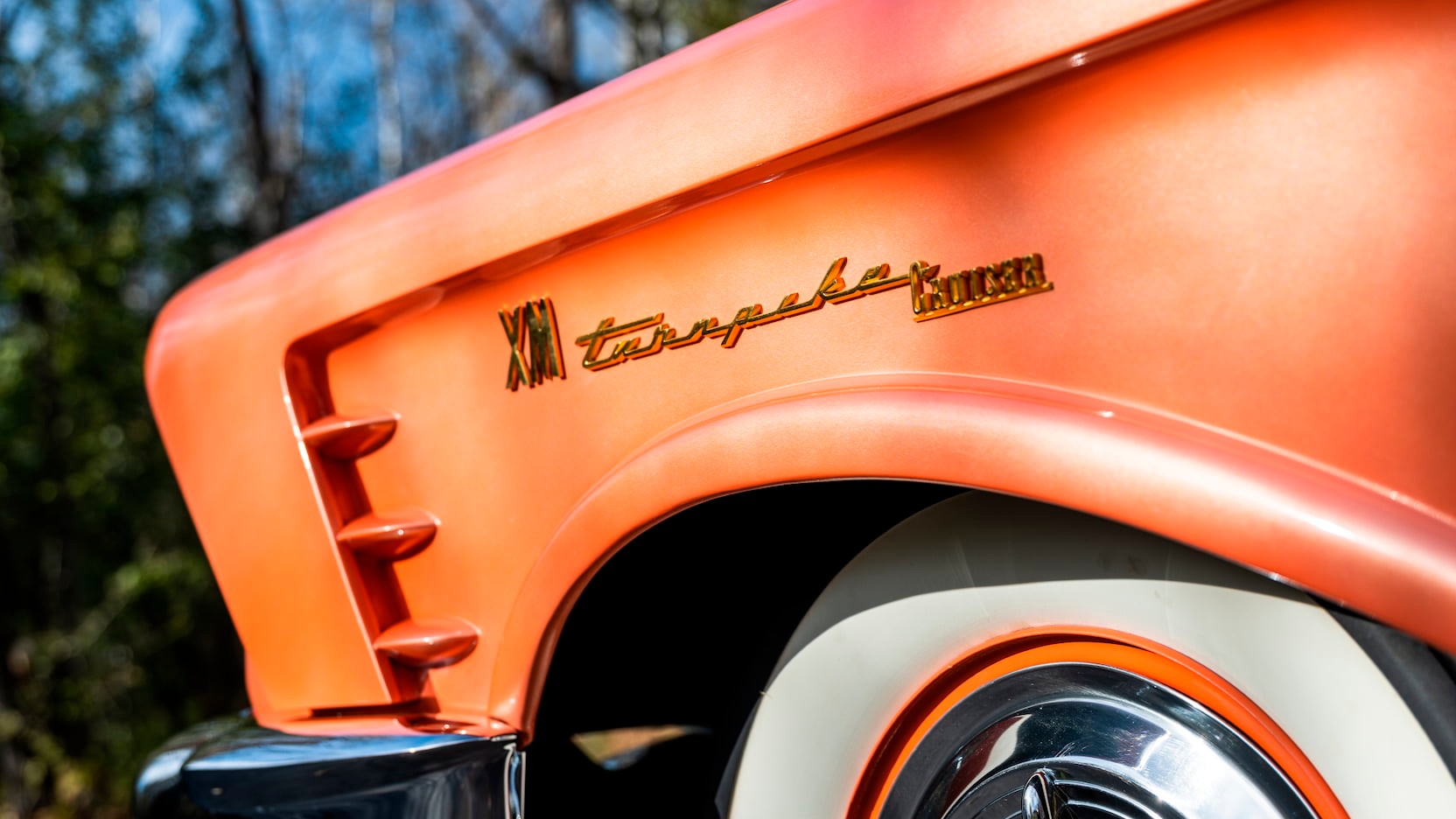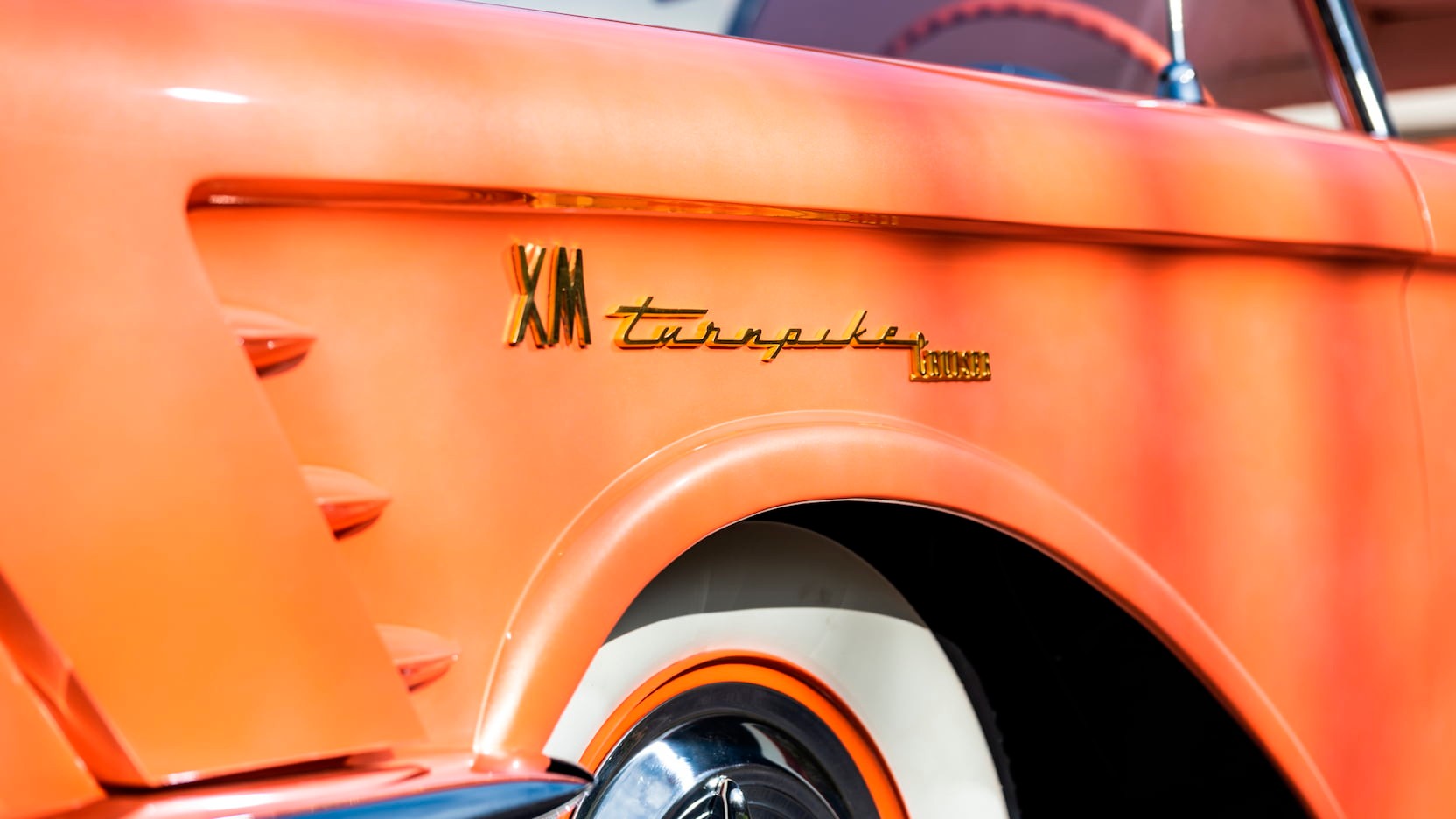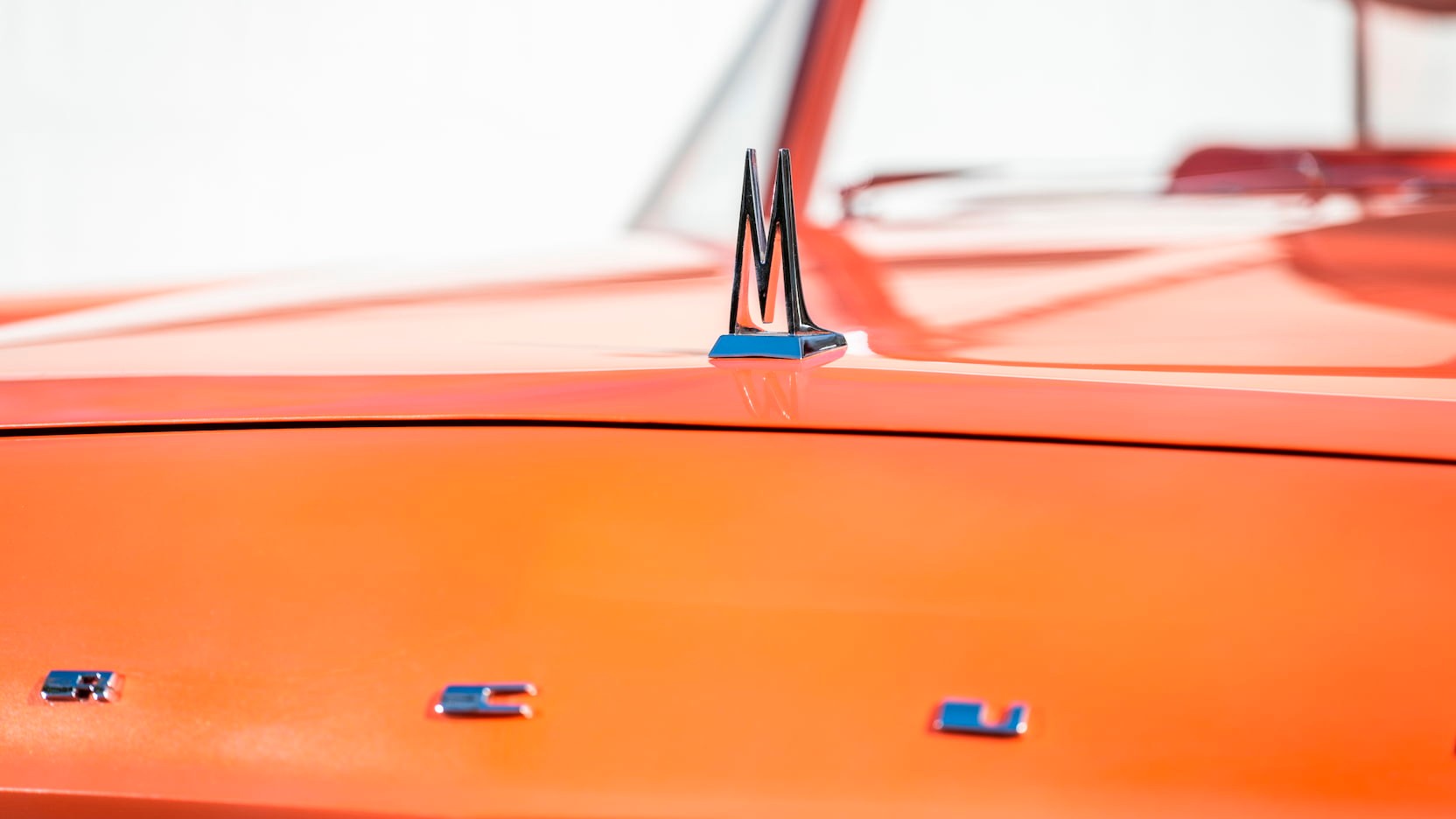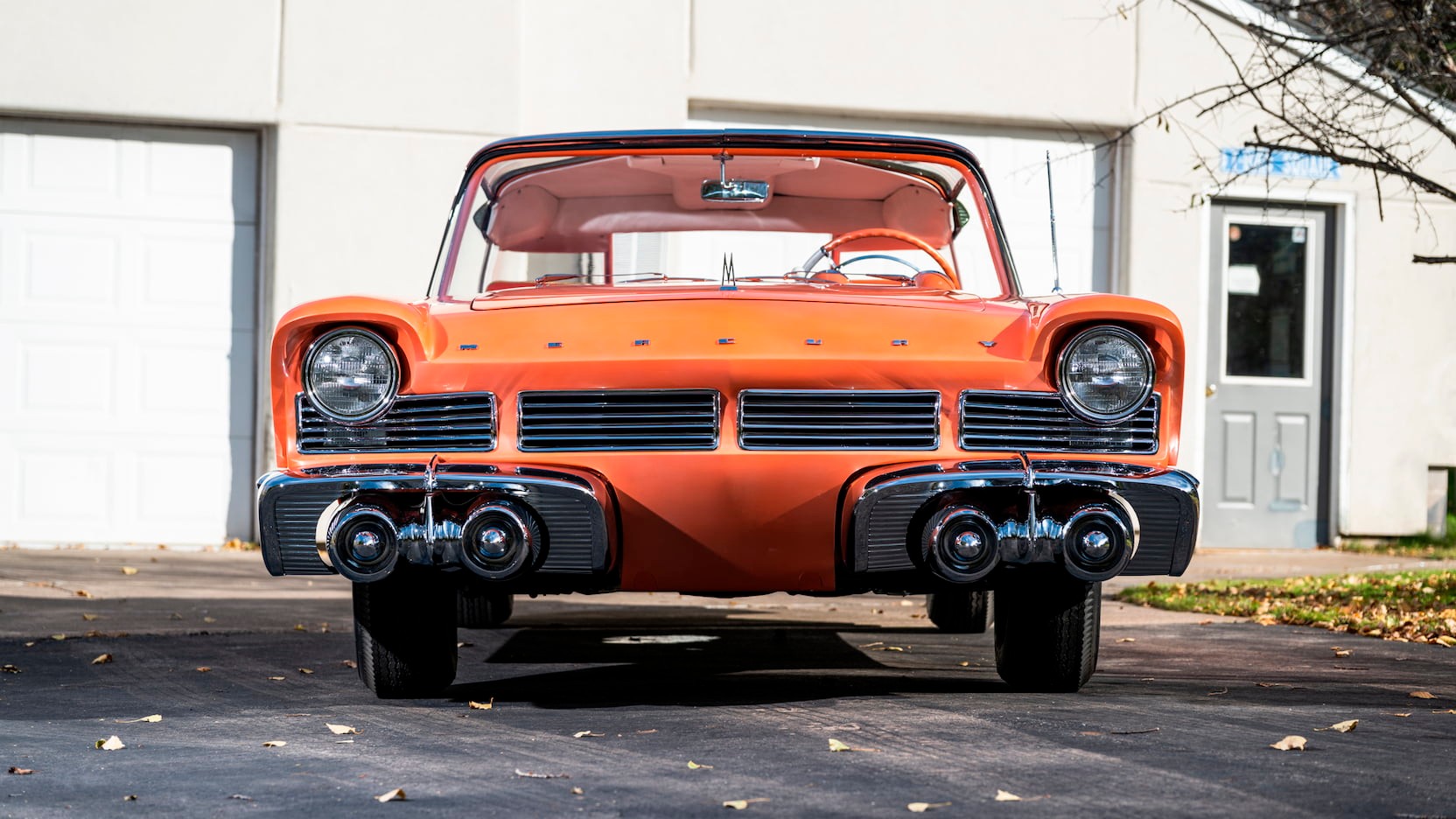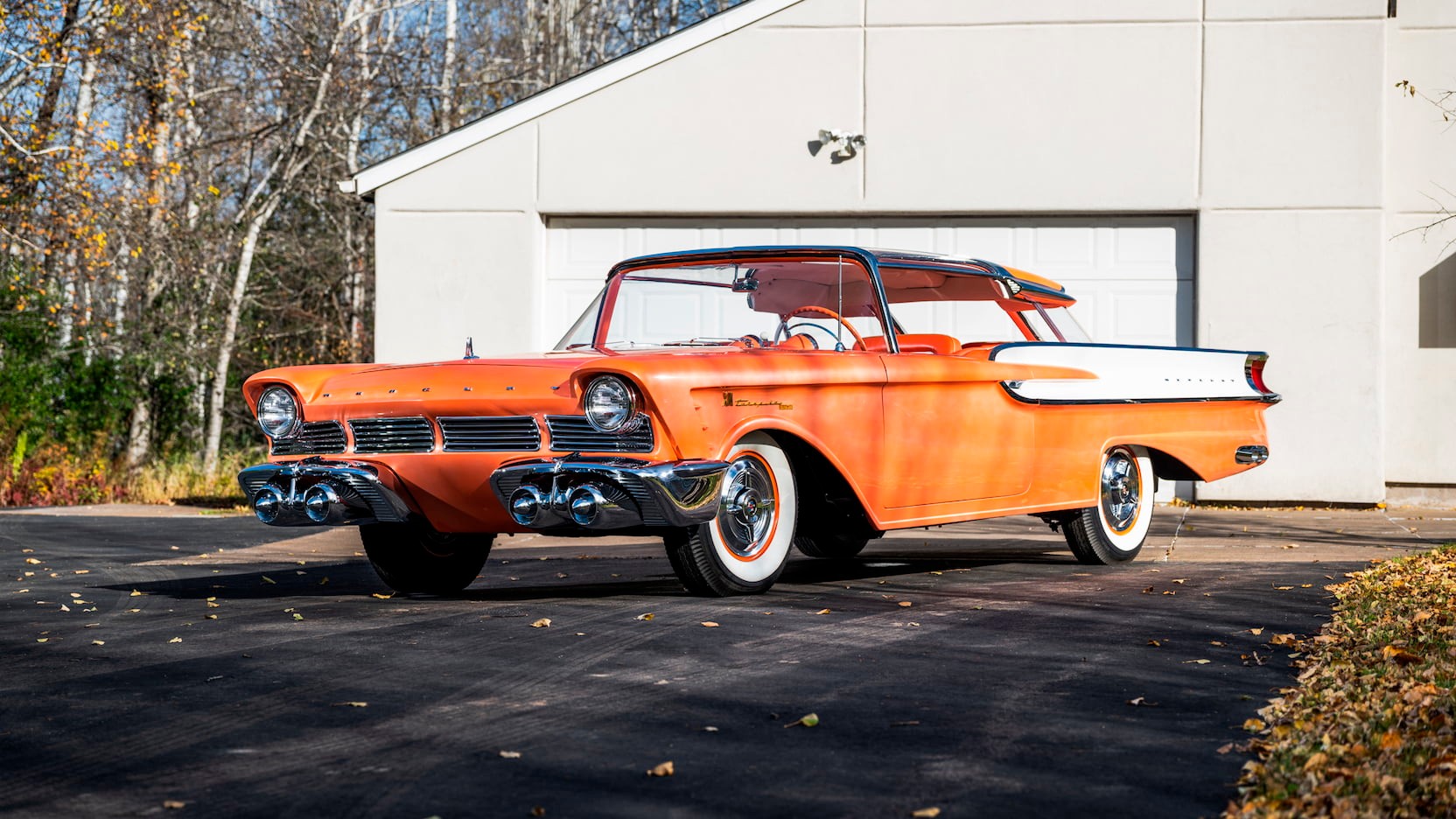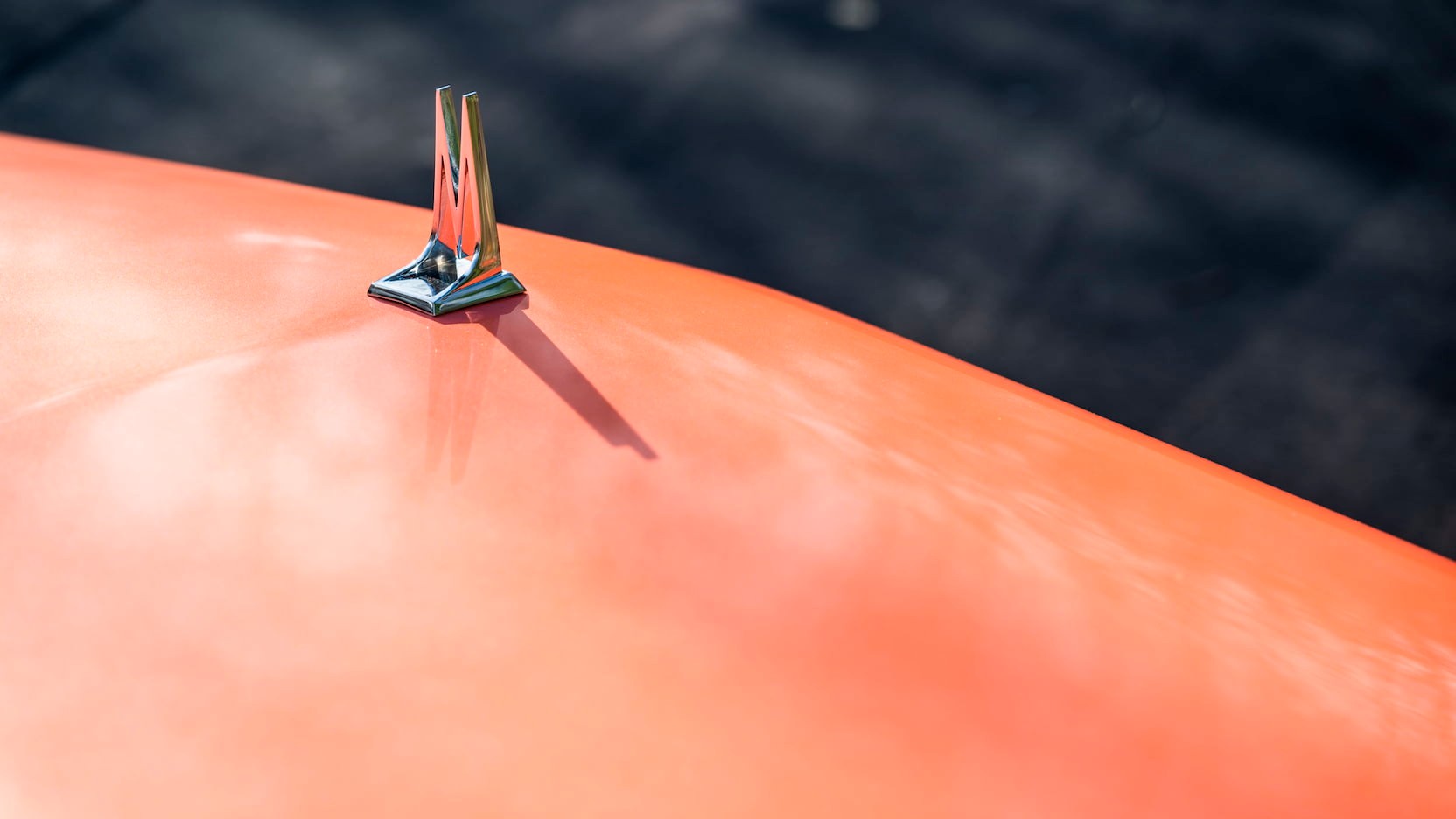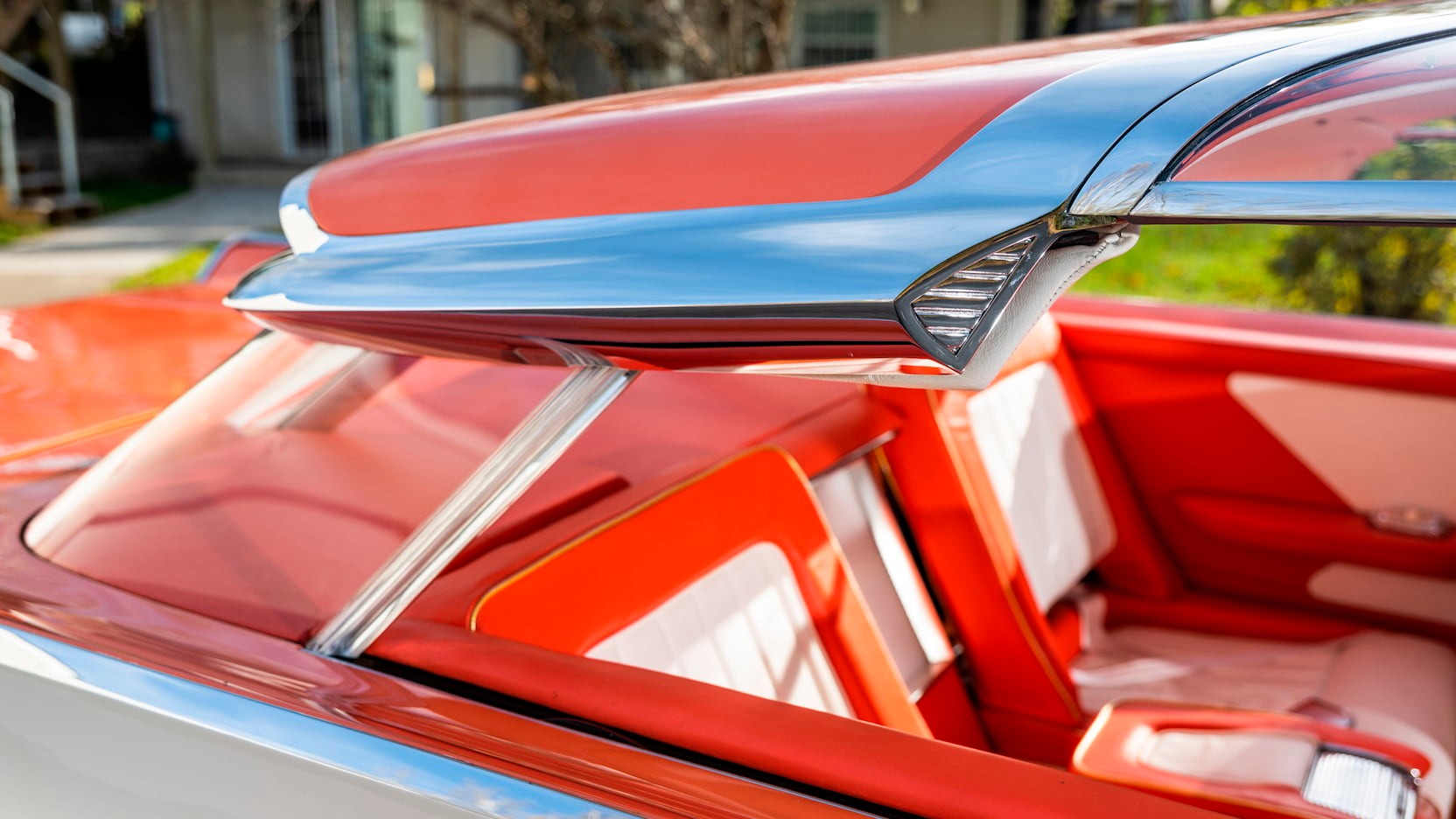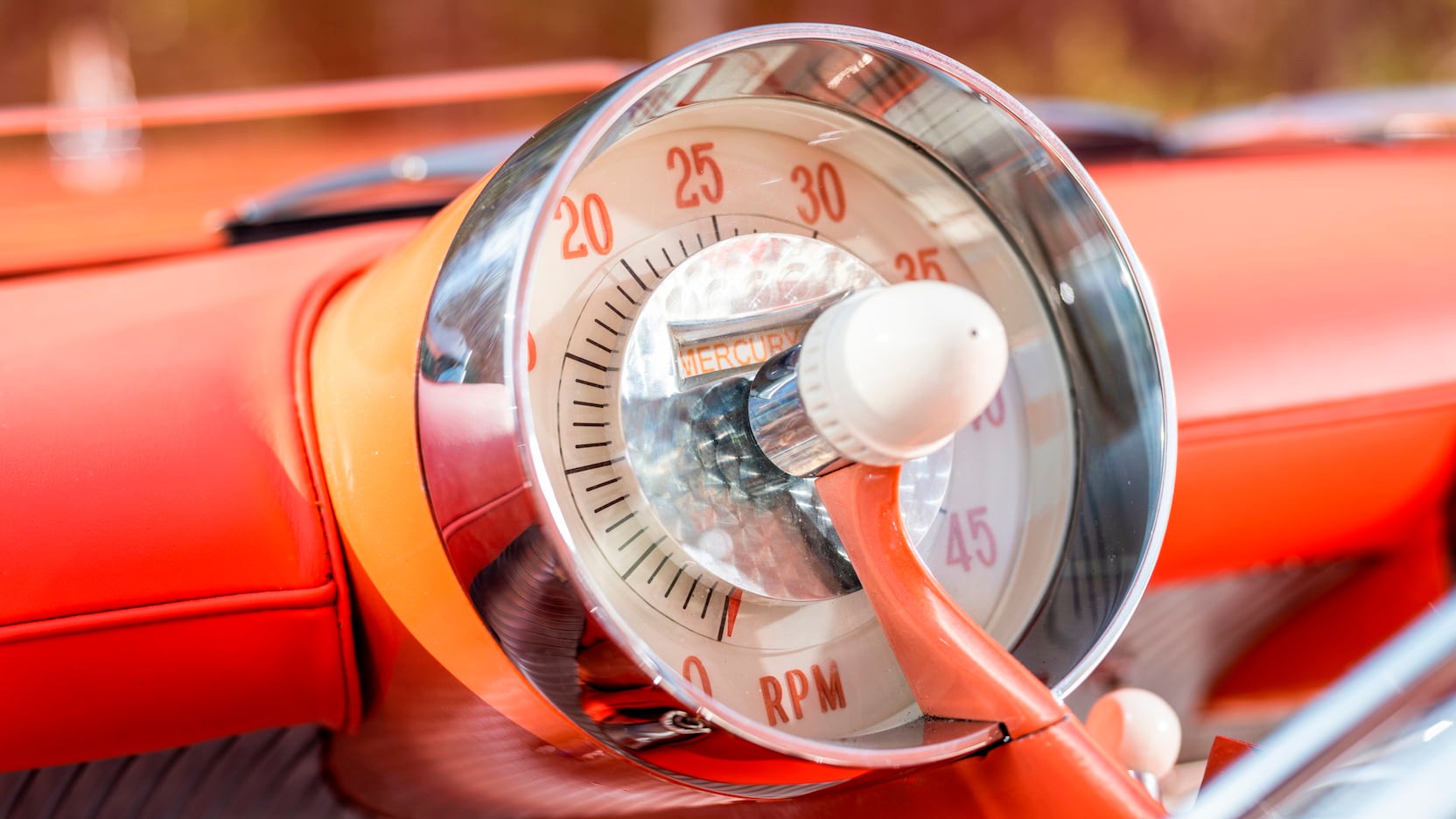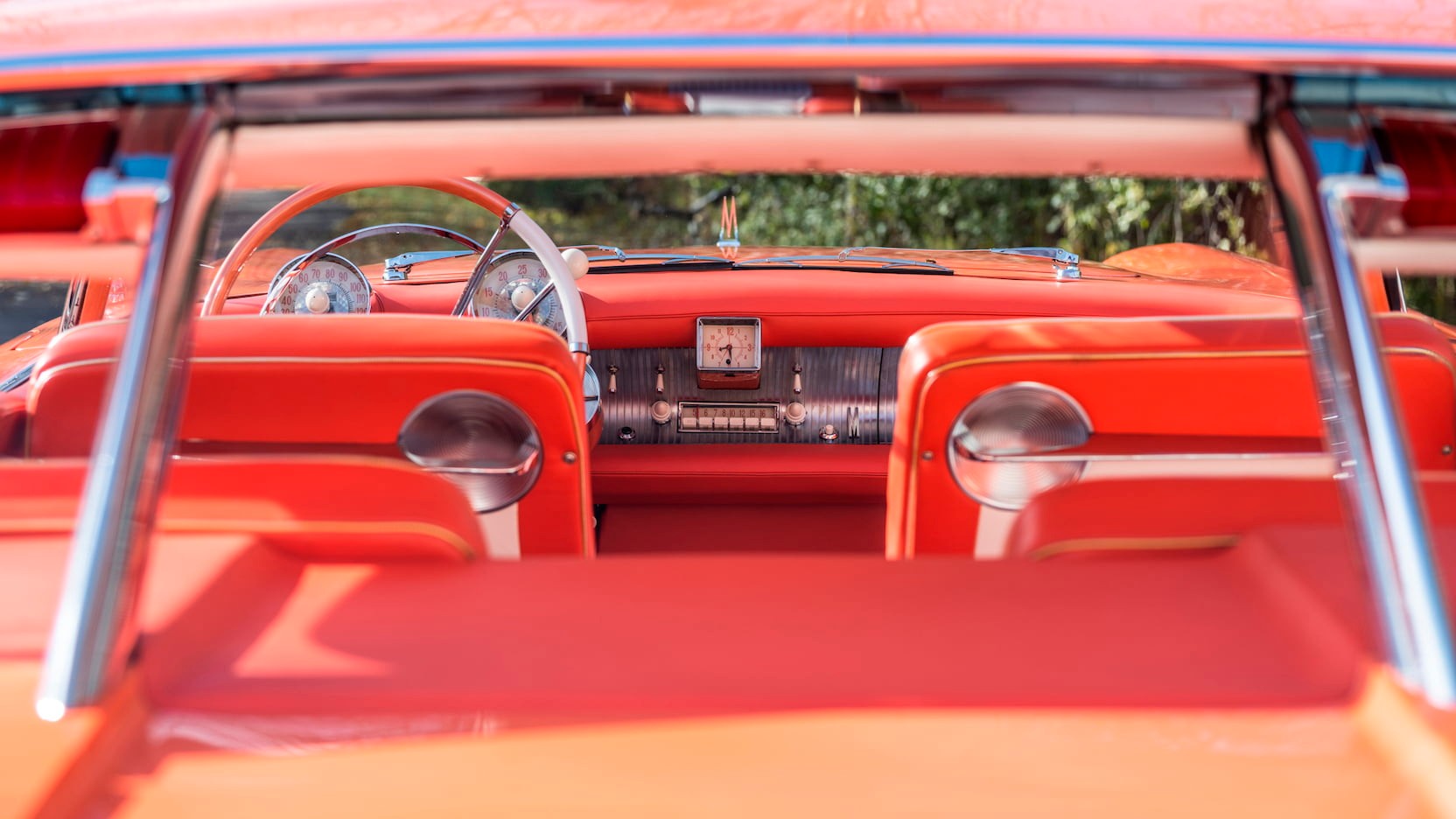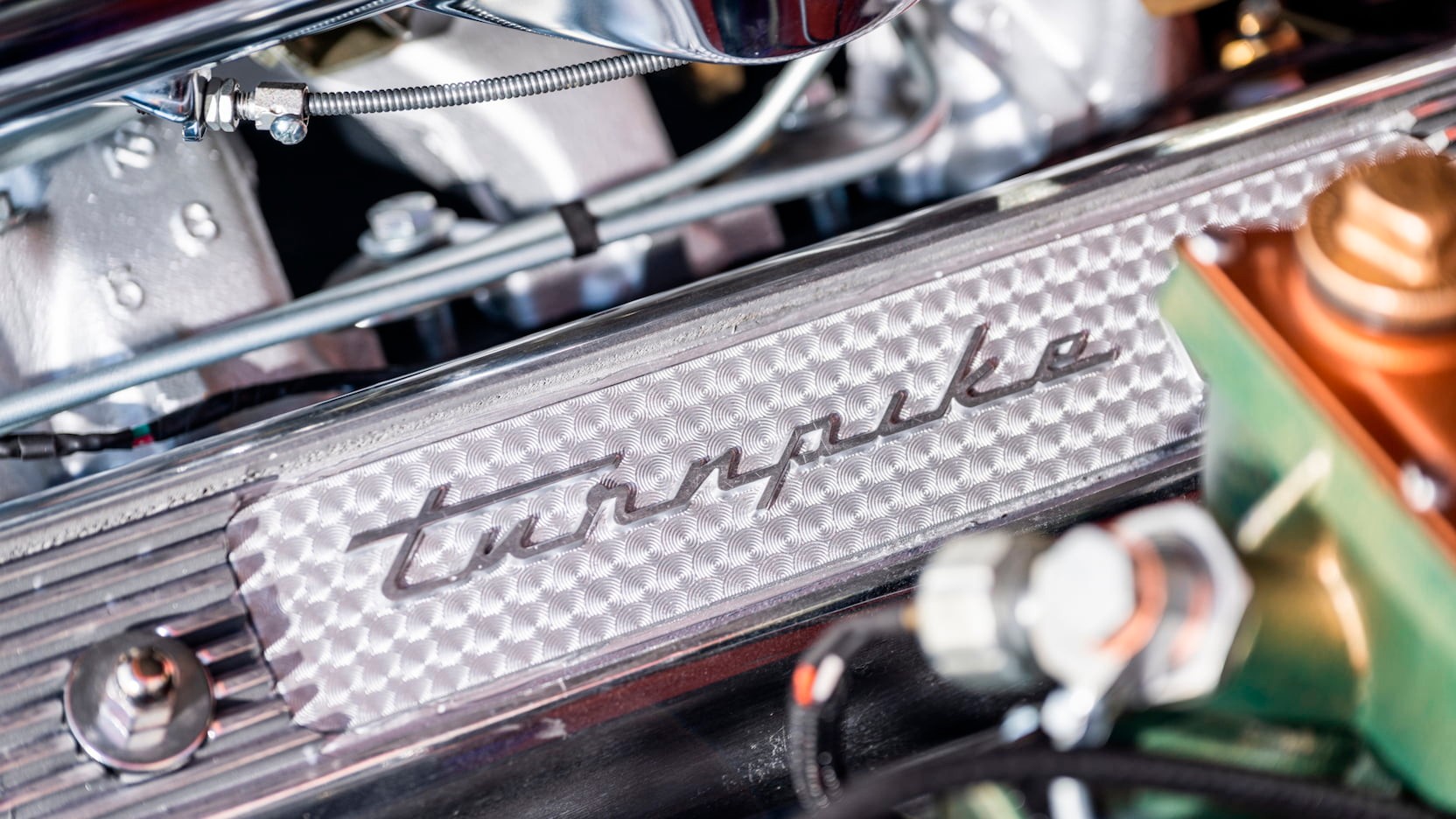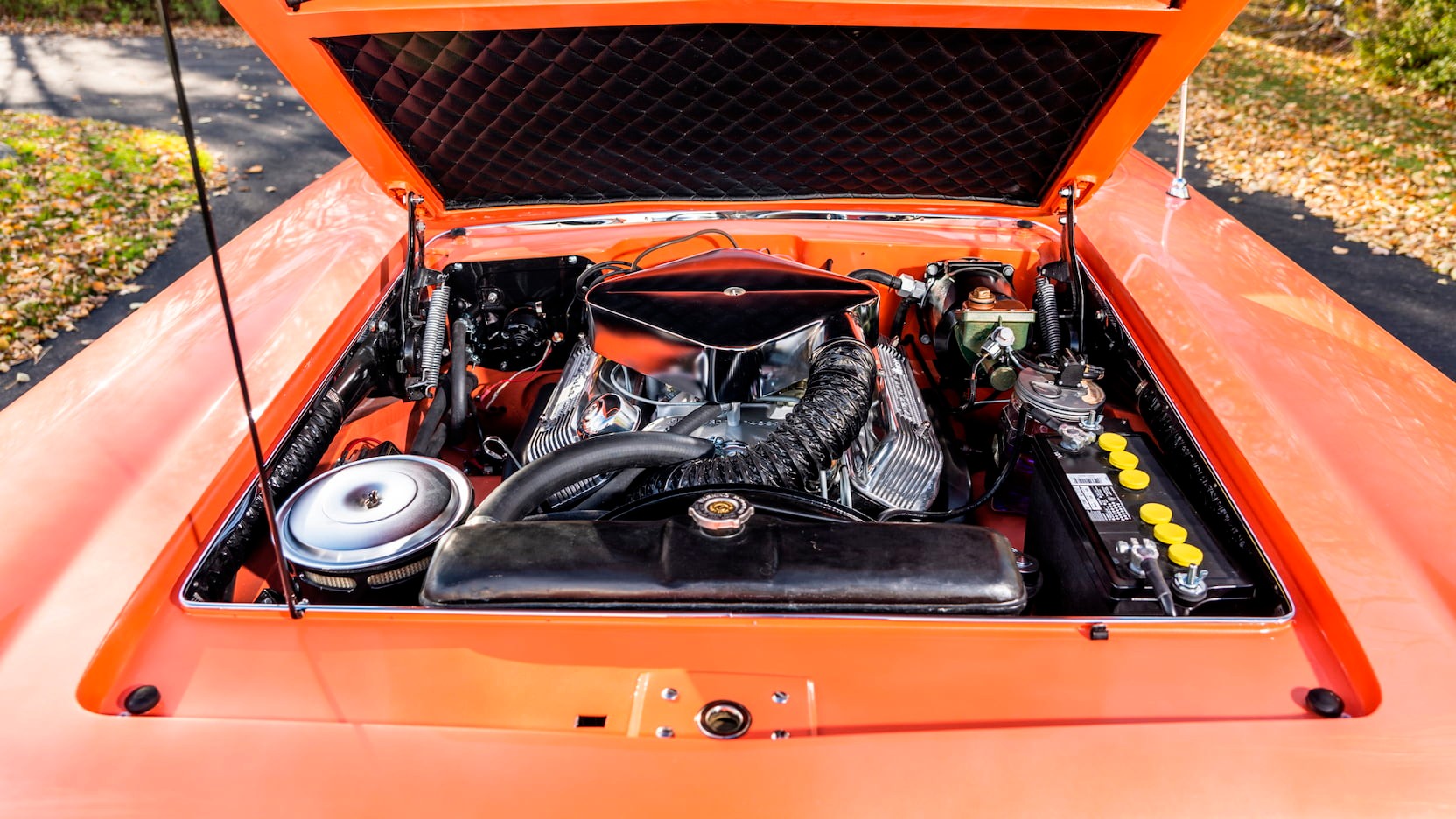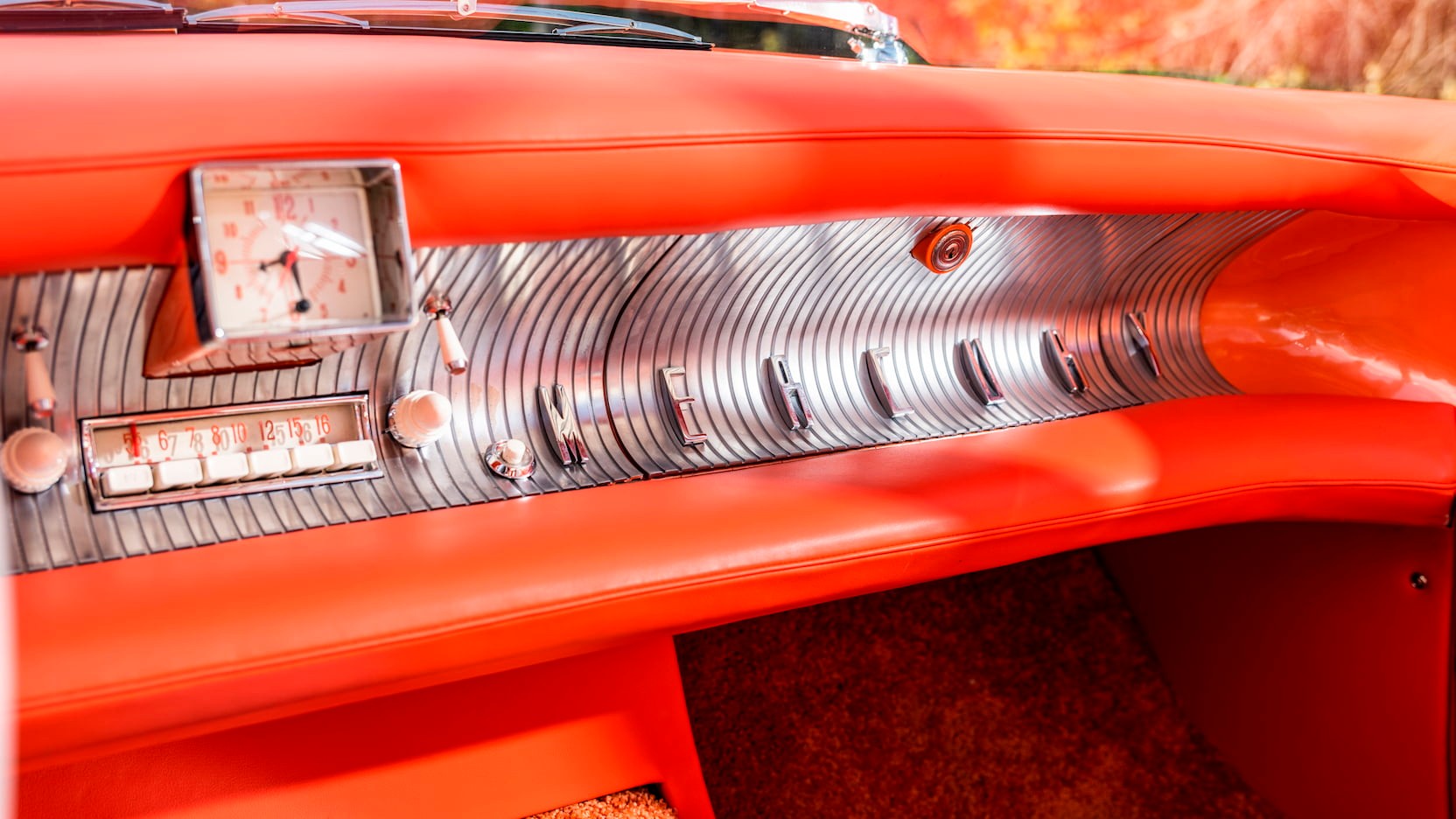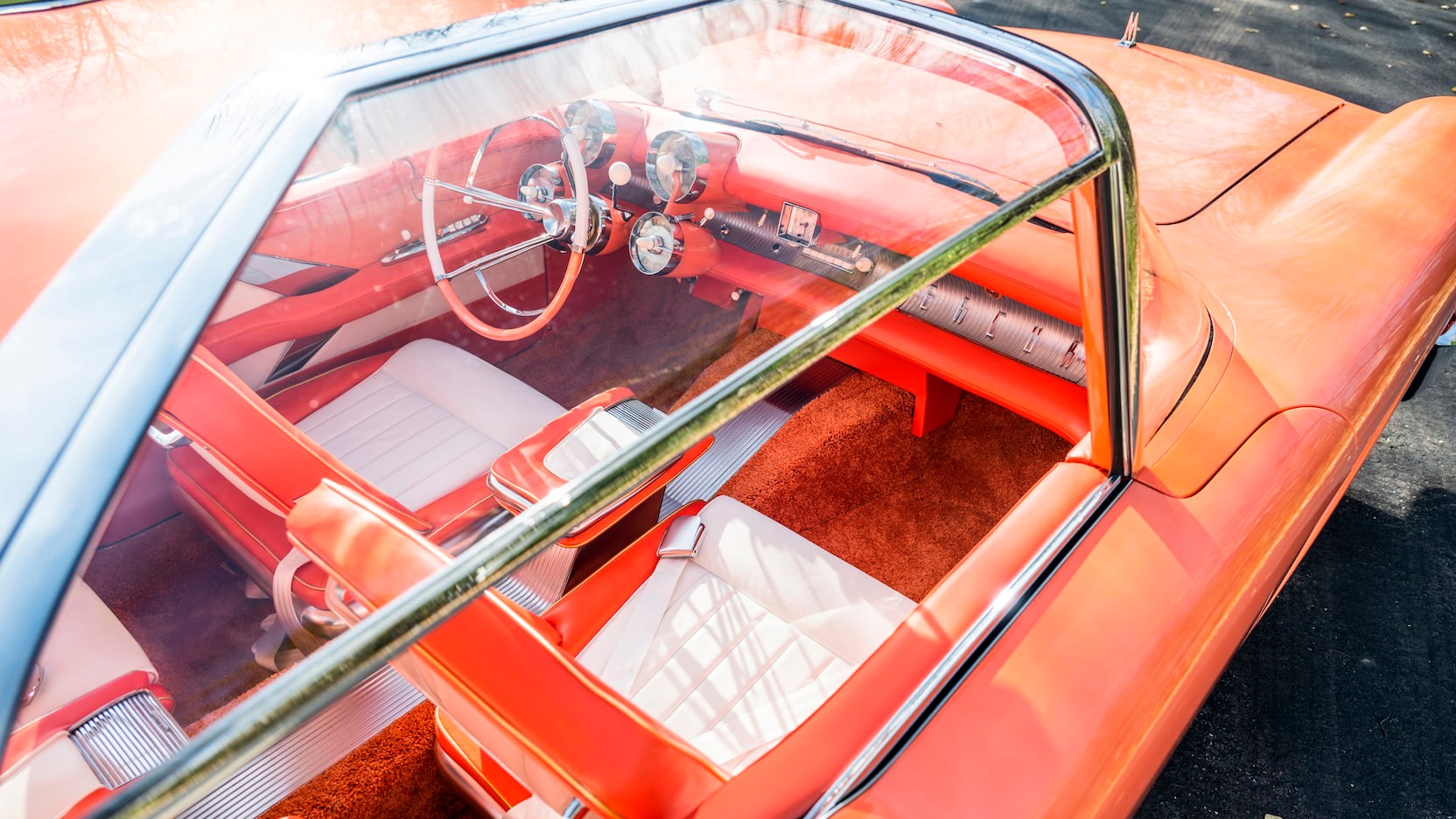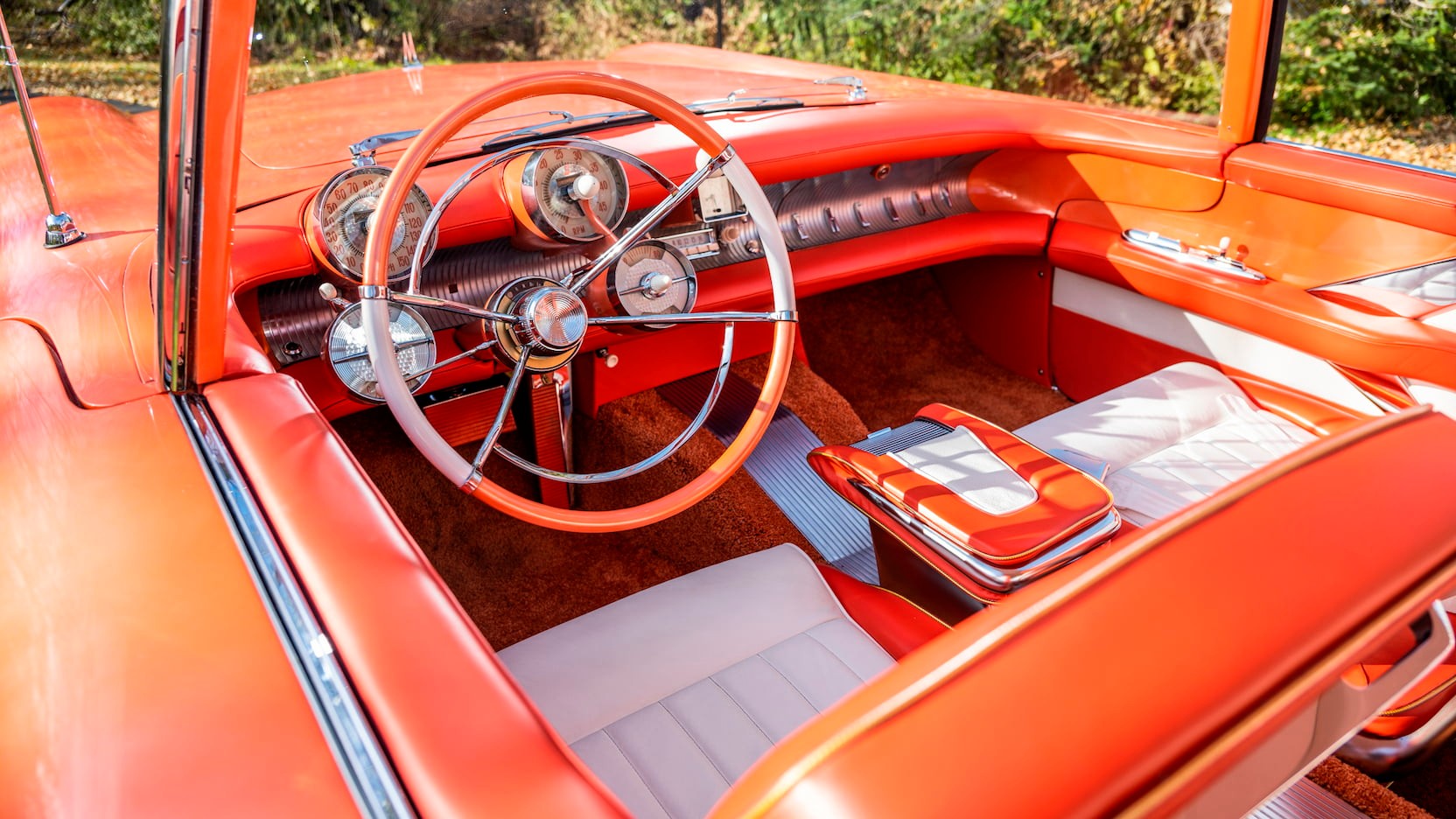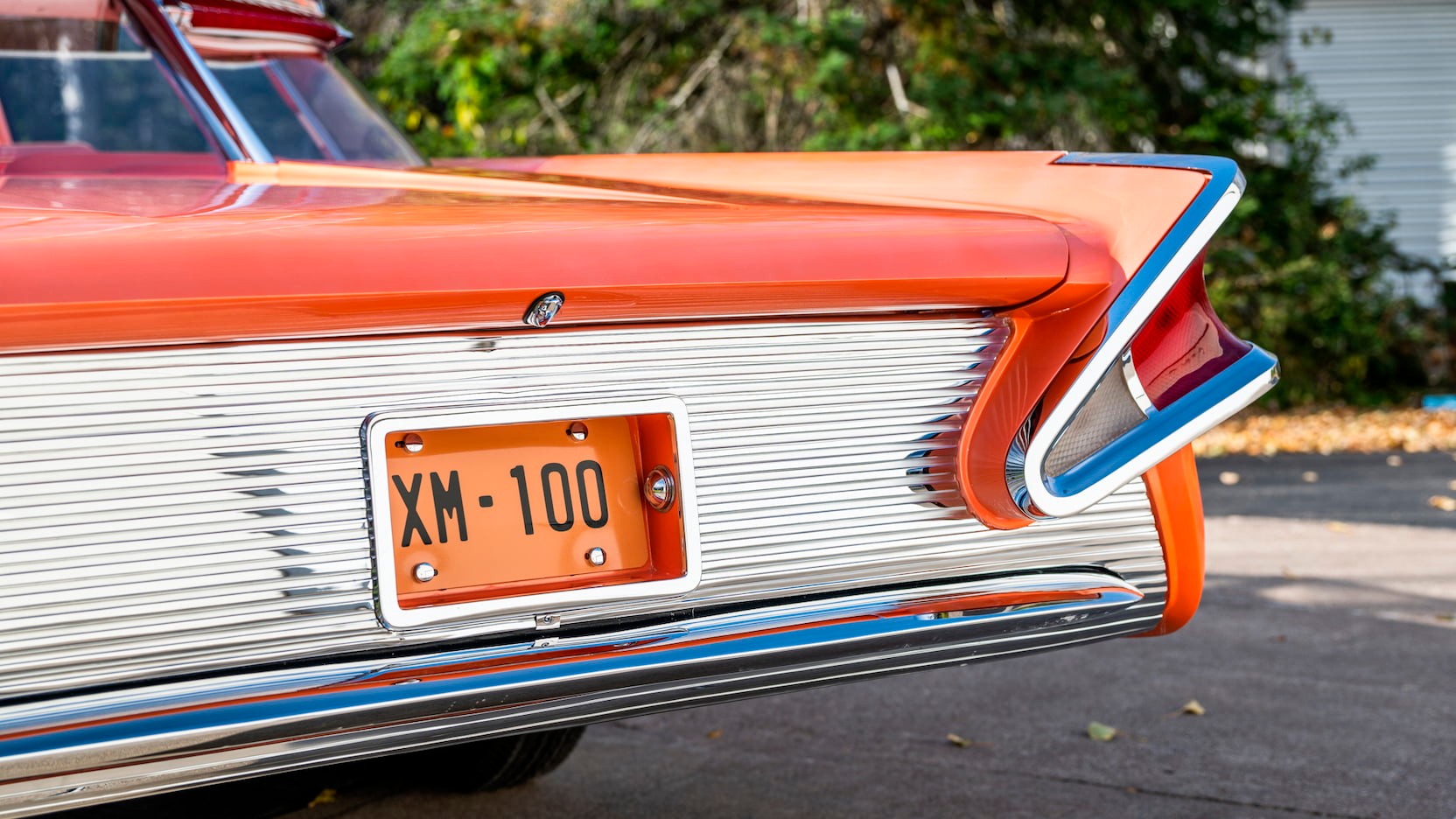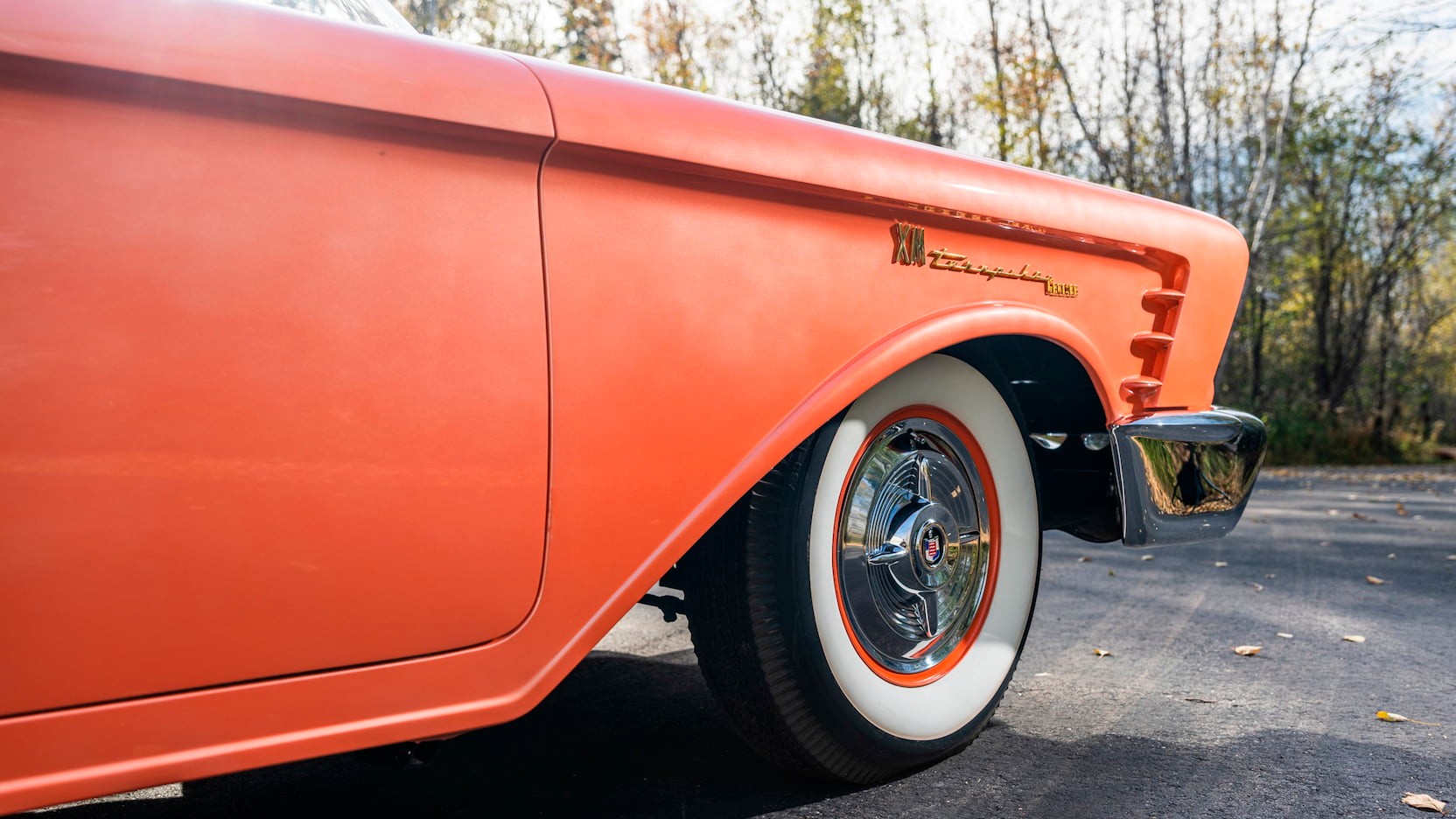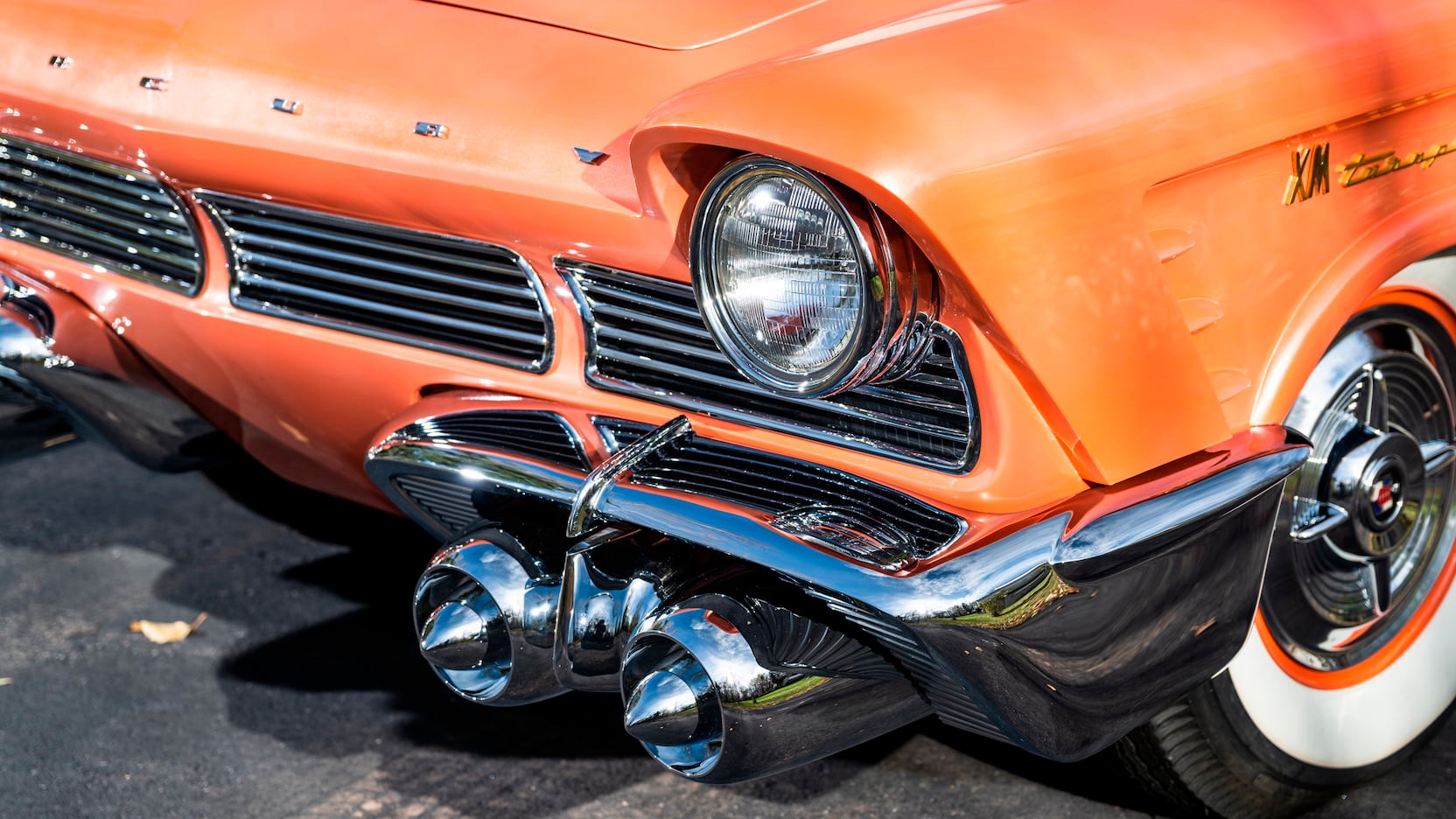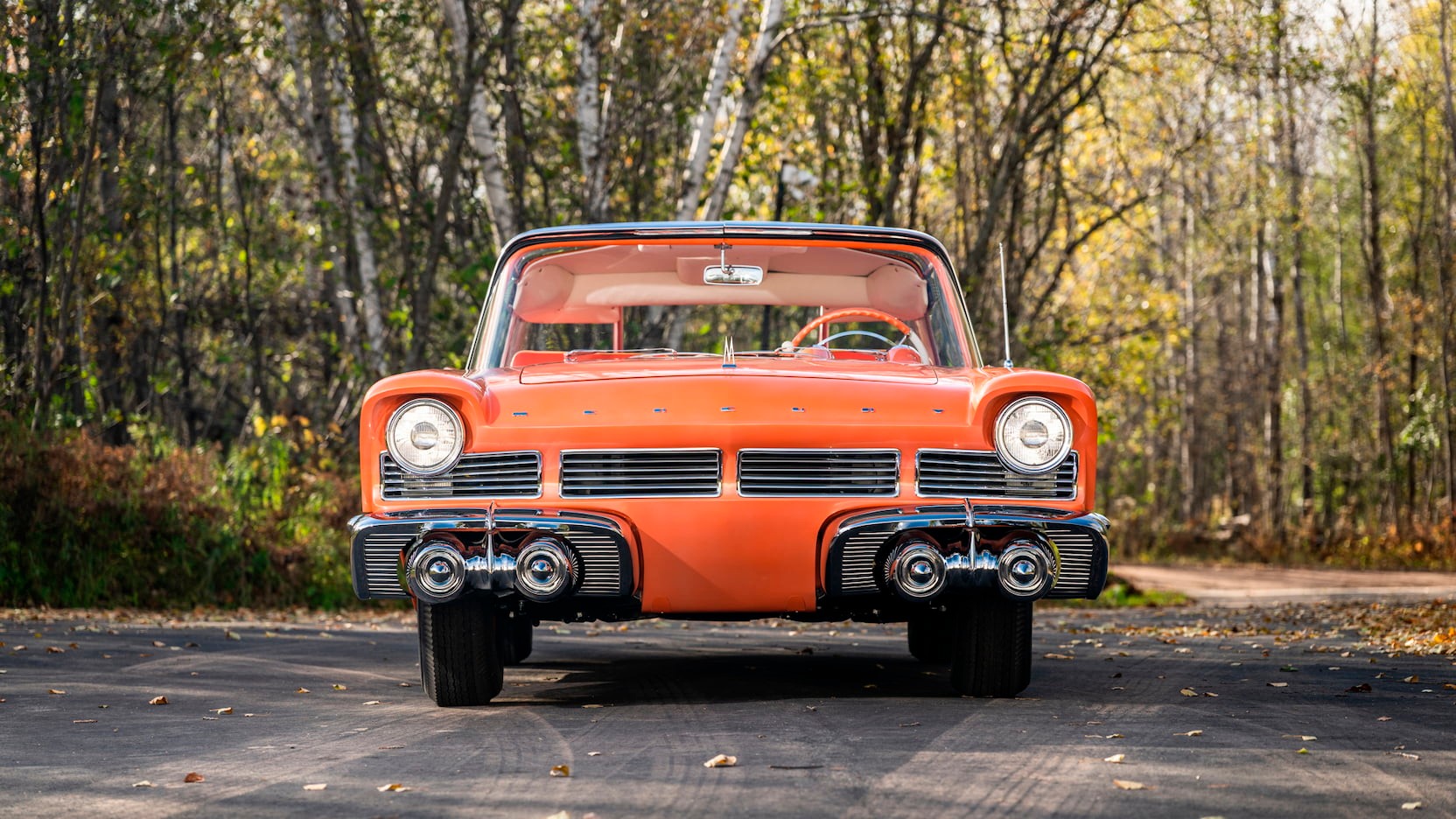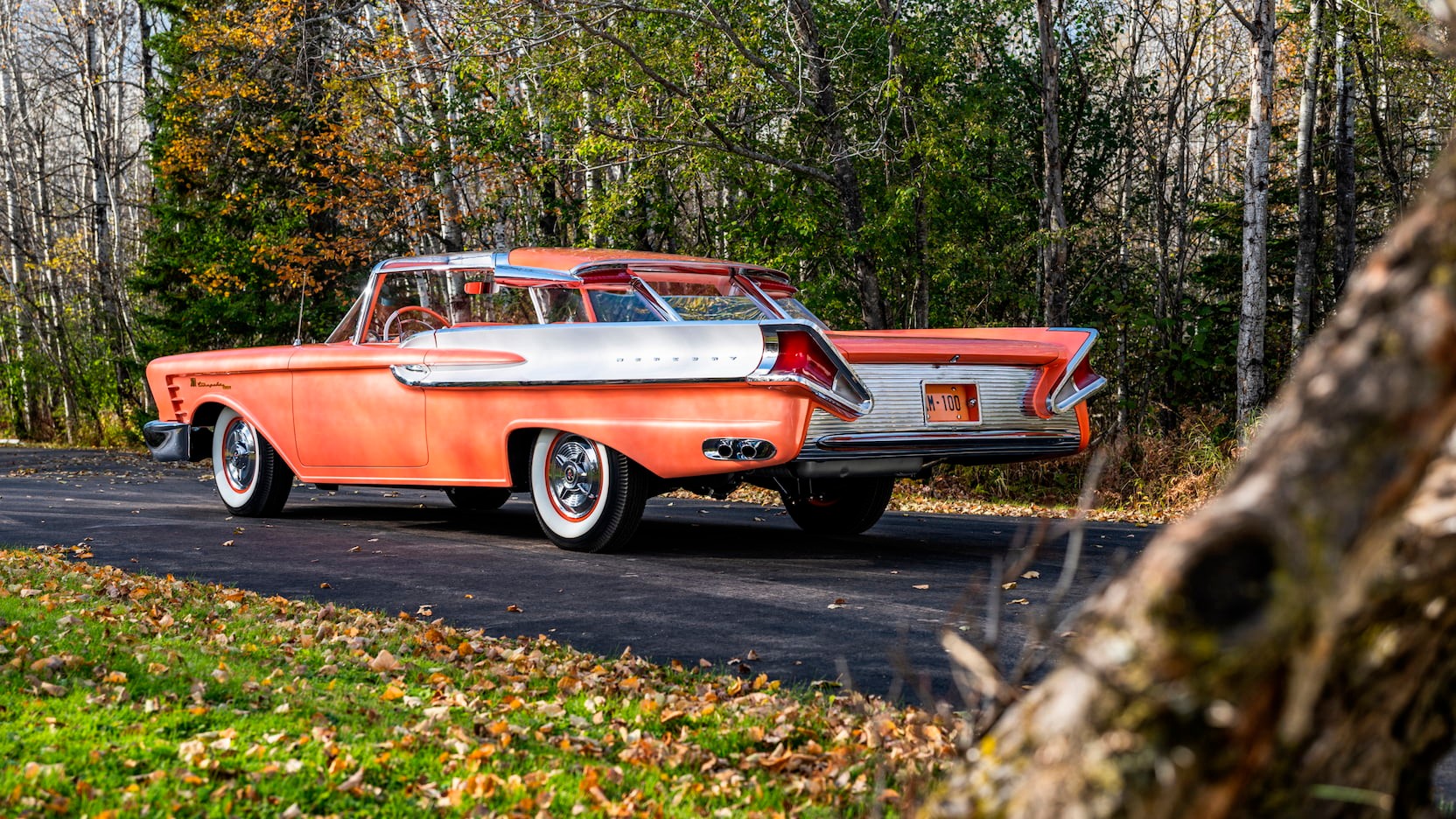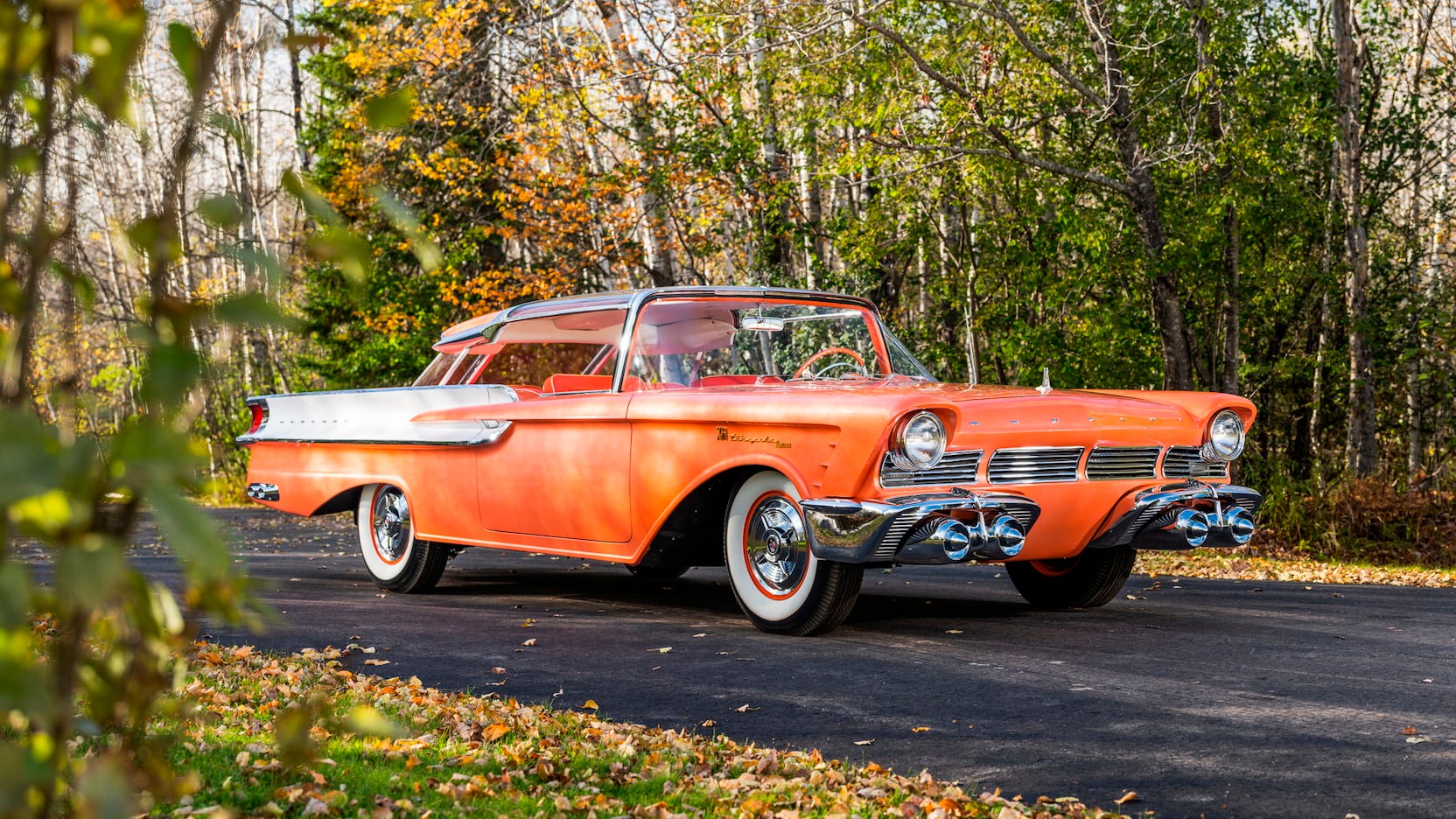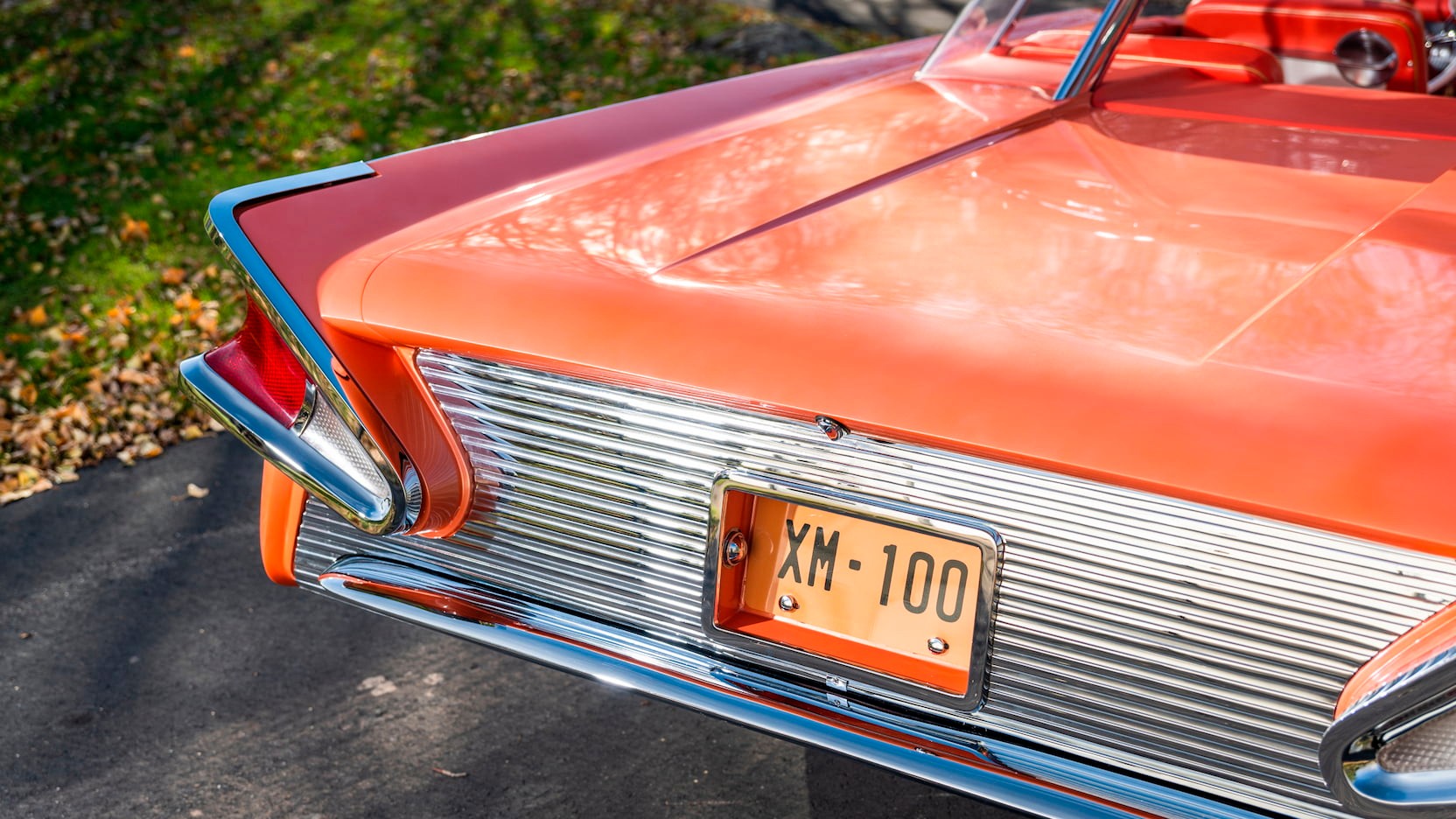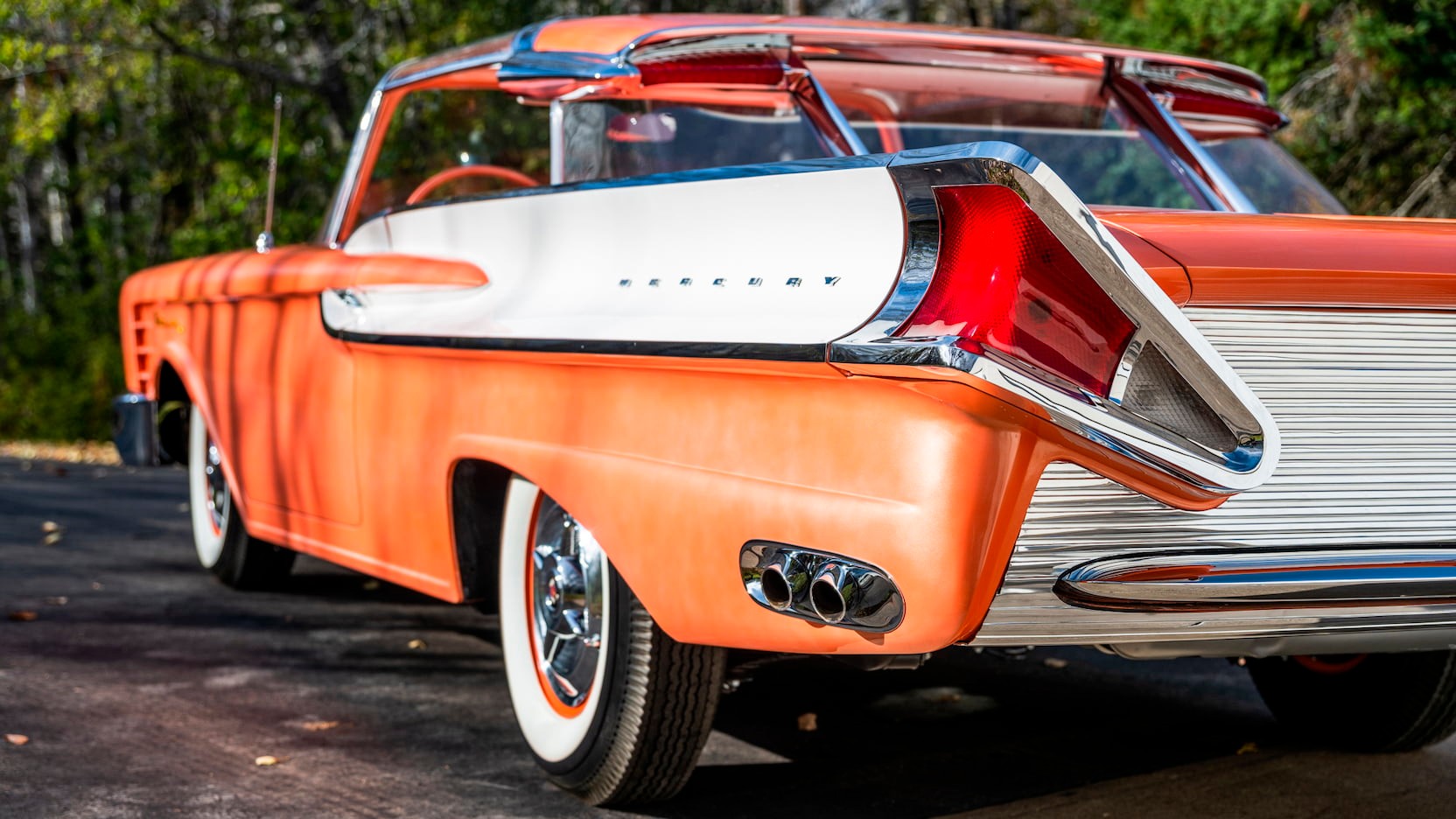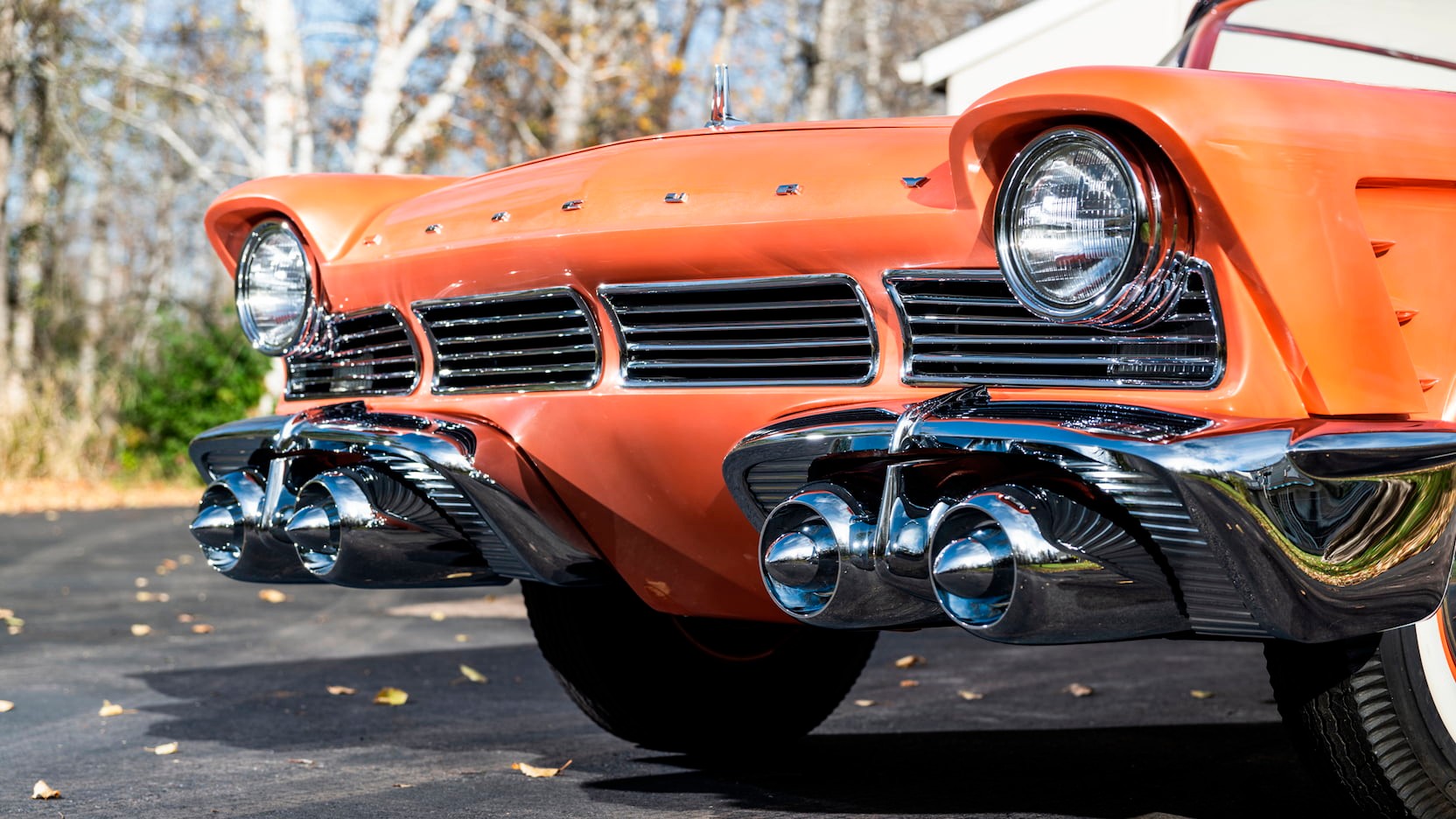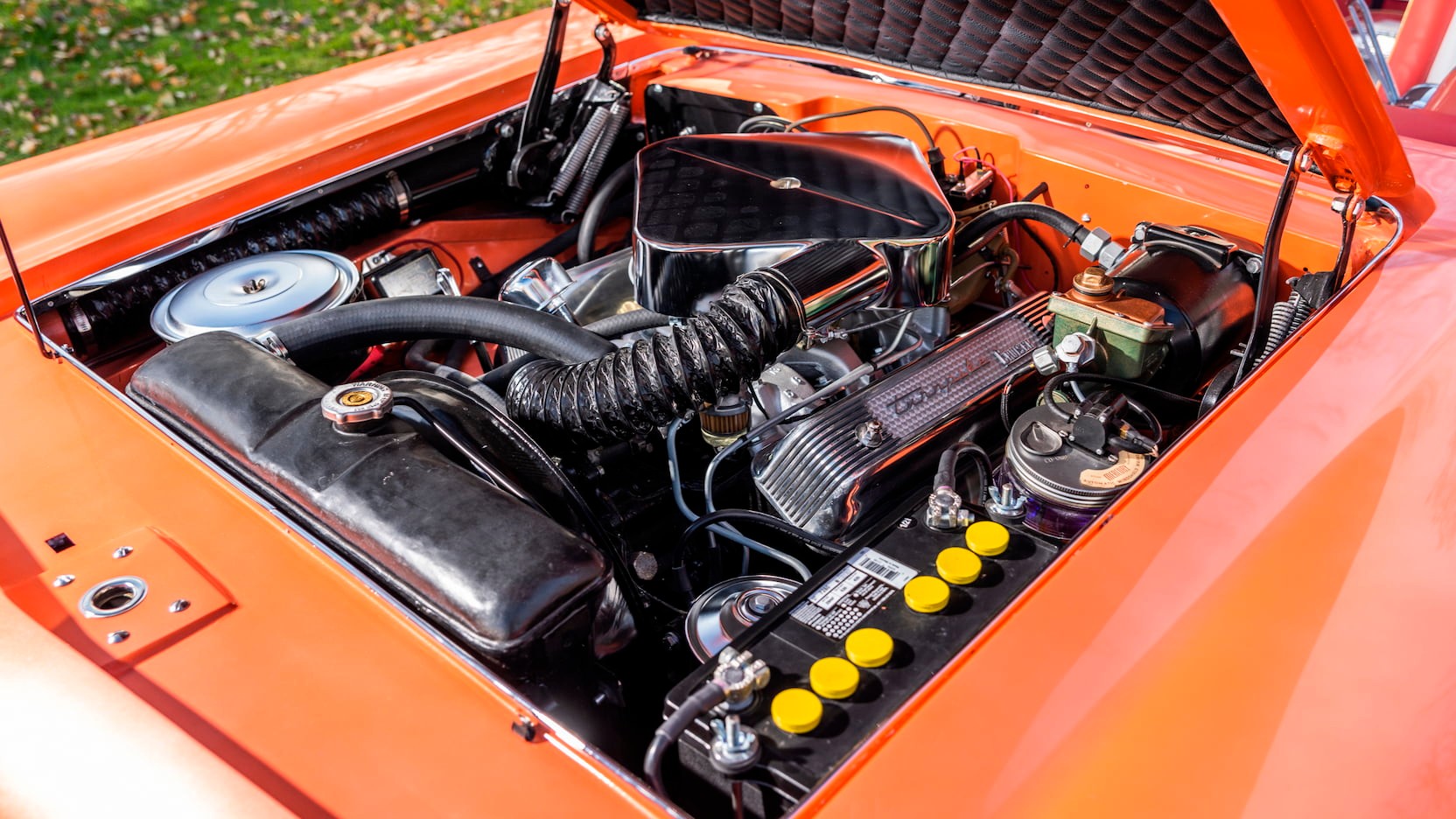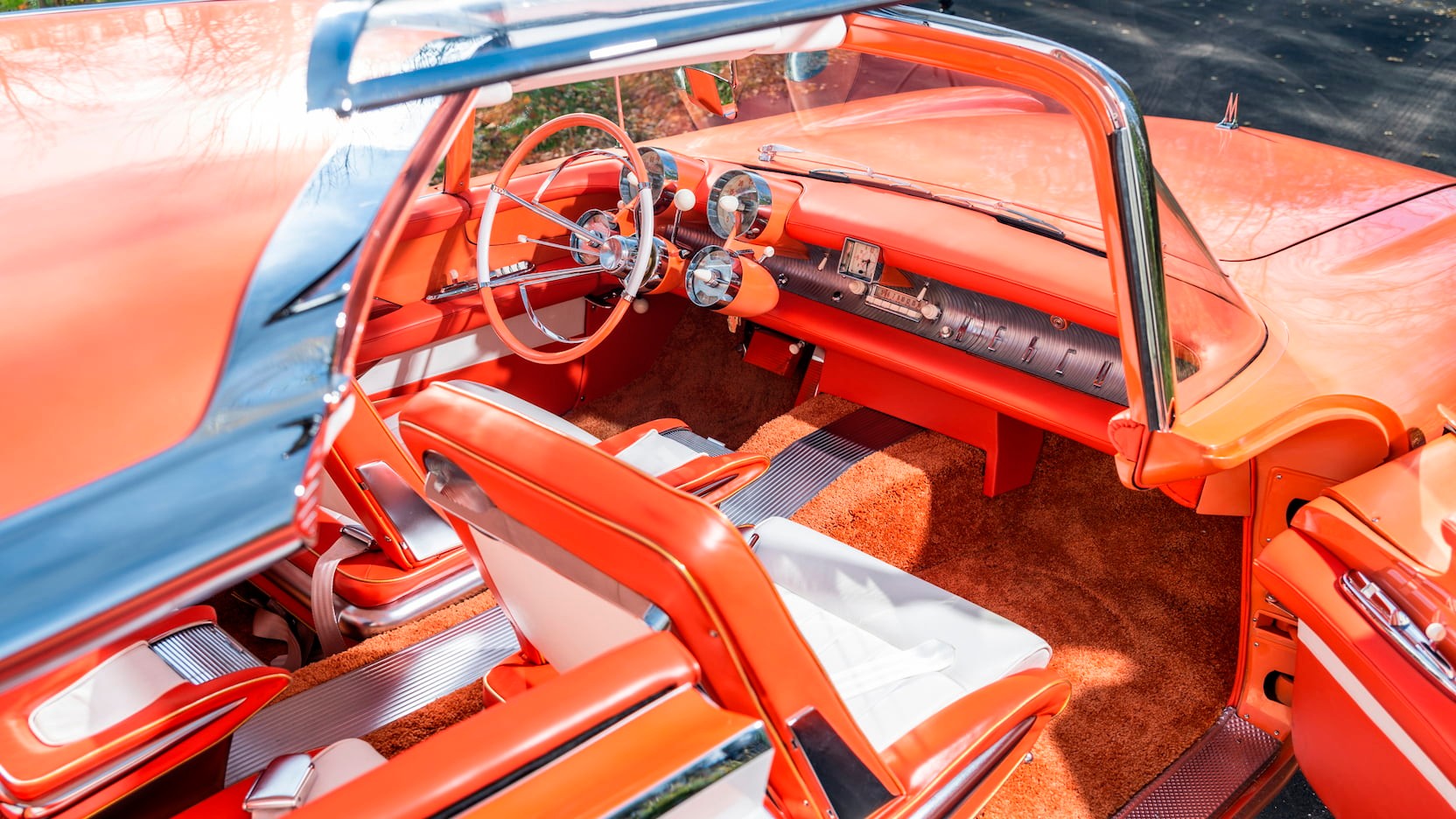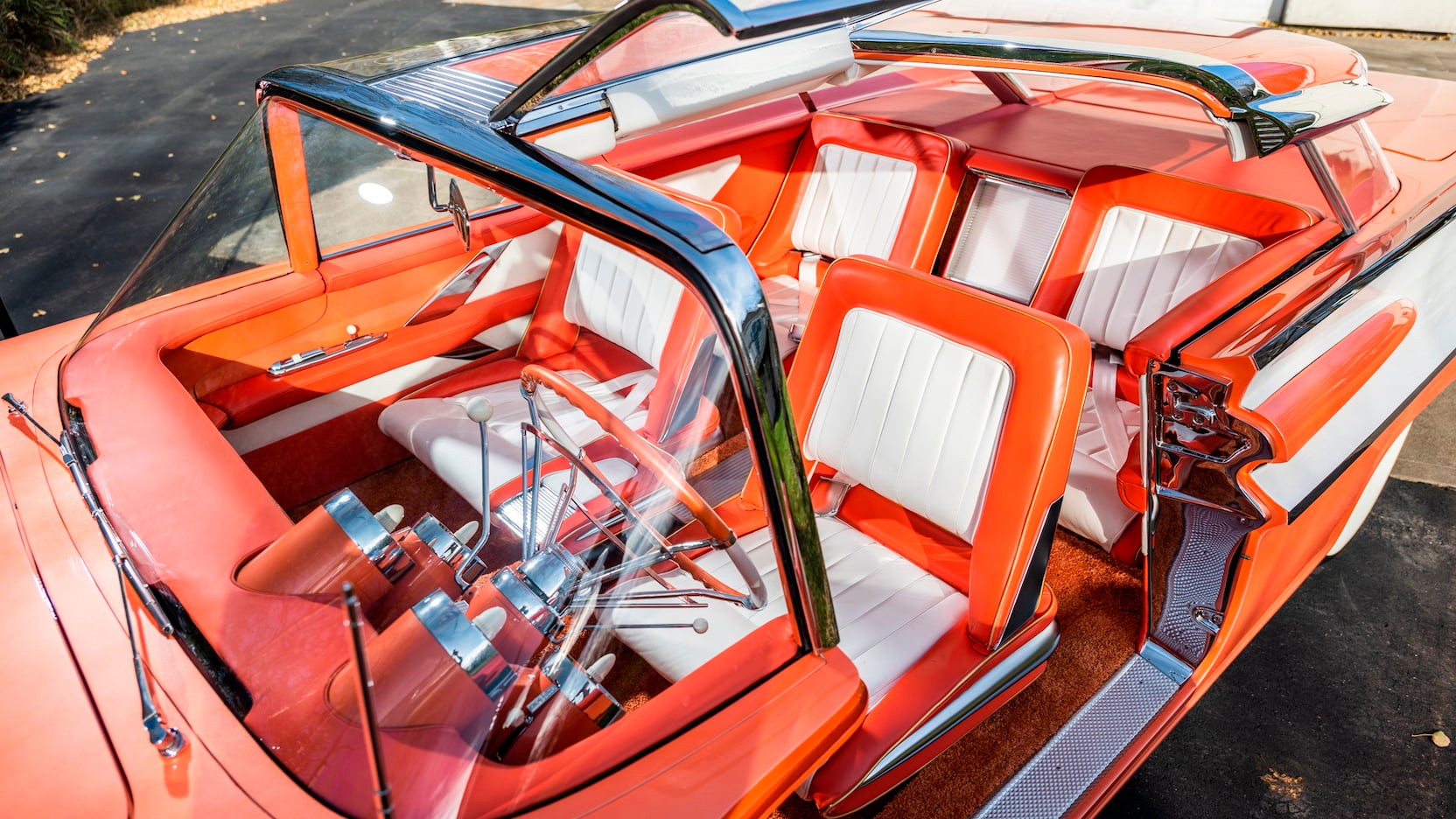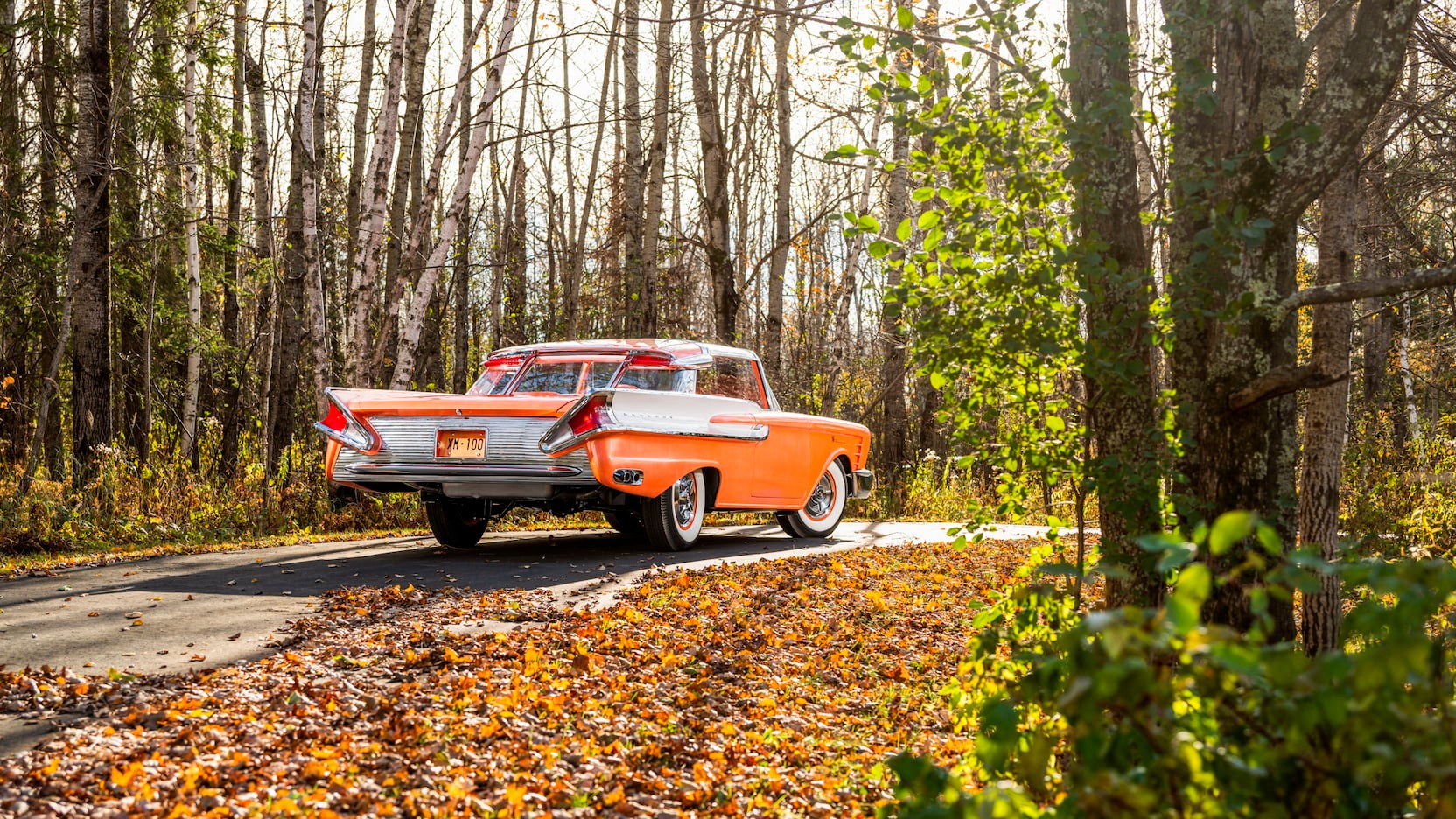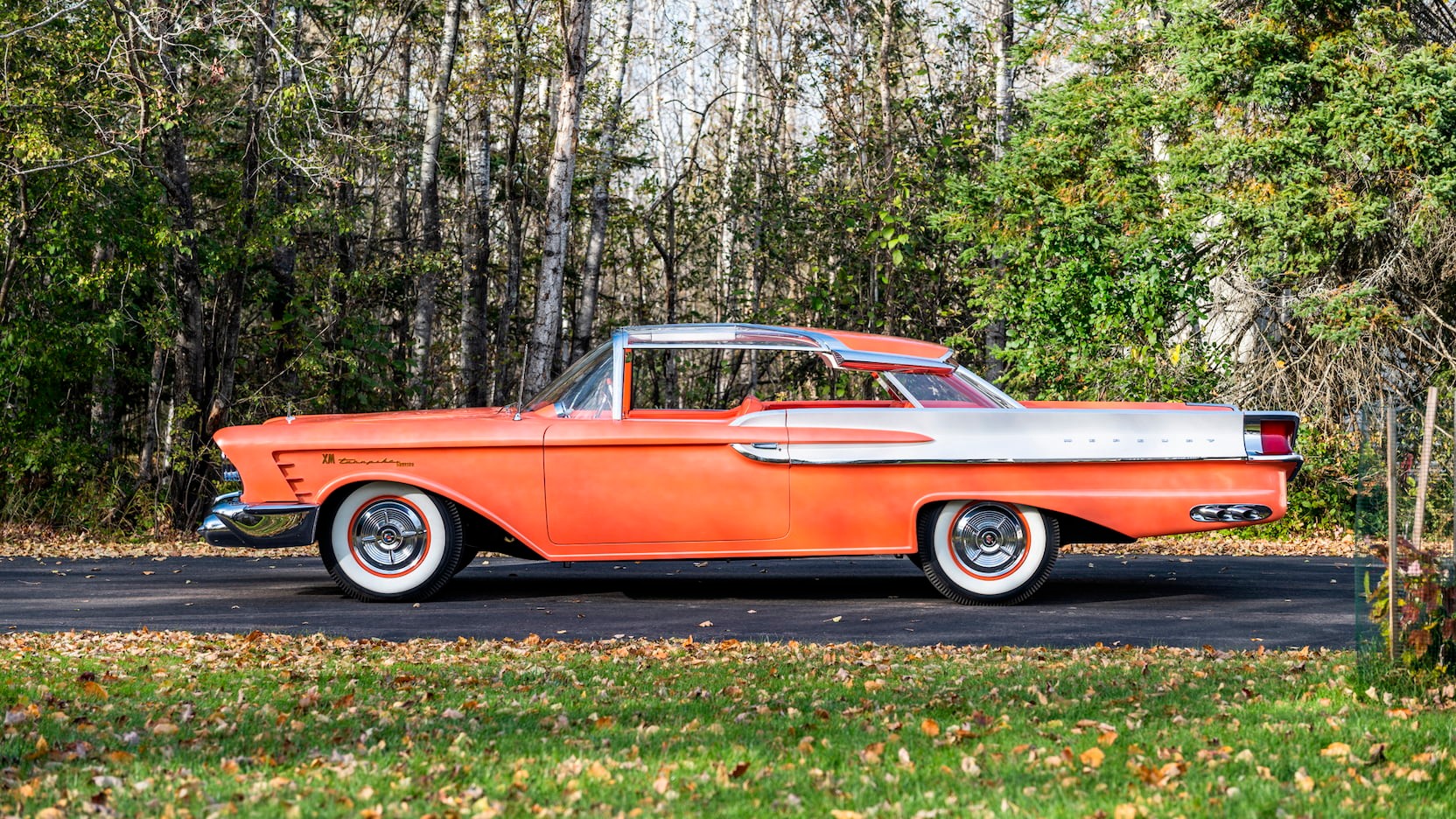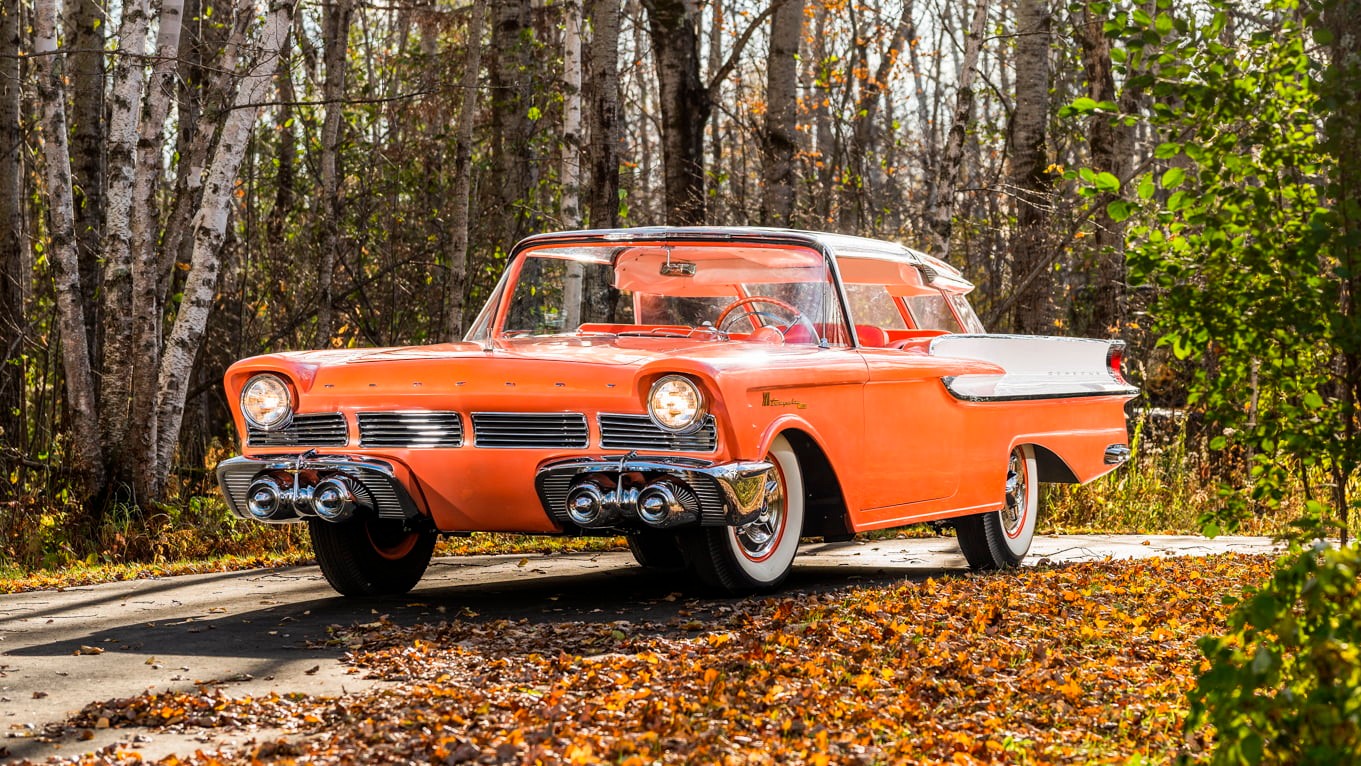Mercury rode off into the sunset over a decade ago, but the company produced an assortment of interesting cars in its more than 70 years of existence.
One of them is this XM Turnpike Cruiser concept, which was designed by Mercury and built in Italy by Ghia. Following its construction, the car hit the auto show circuit and was shown in Chicago, Cleveland, Detroit, and New York. It would also go on to become a pace car at the Daytona Beach Grand National Race in 1957.
The car was a sight to behold as it had jet age accents and fins for days. Starting up front, there are circular headlights which flow into a chrome four-piece grille. The latter’s outer sections house hidden turn signals that help to contribute to the car’s streamlined appearance.
Also: Ford Killed Mercury 10 Years Ago Today To Let Lincoln Live, Do You Miss Them?
Below, there are two “jet pods,” which vaguely recall those found on the B-52 Stratofortress that remains in service to this day. Further back, there are classic lines and a canopy-like greenhouse. The latter is notable for featuring transparent butterfly roof panels, which open and close automatically with the doors to aid entry and egress.
They’re joined by massive fins, which feature a concave design with white accents and chrome surrounds. Rounding out the highlights are a side exiting exhaust, a distinctive rear fascia, and an “M” hood ornament.
The adventurous design continues in the cabin as the concept has four individual seats that are separated by ‘floating’ consoles. The seats themselves have two-tone upholstery and sport bright metal accents up front.
Elsewhere, the concept has an analog clock and prominent gauges. The model also features a concave dashboard and power windows, although the listing notes the “unique design of the windows do not seal weather-tight” as this was a concept and looks were more important than function.
The concept is set to be auctioned by Mecum early next year and it reportedly rides on a 1954 Ford F250 chassis. The model is also said to have power brakes and steering as well as a 4.8-liter V8 that is connected to an automatic transmission.
Following its time on display, the Mercury reportedly “passed through several owners” before falling into disrepair. It was eventually acquired by its current owner, who gave it an extensive restoration that involved an estimated 6,000 hours of work.




